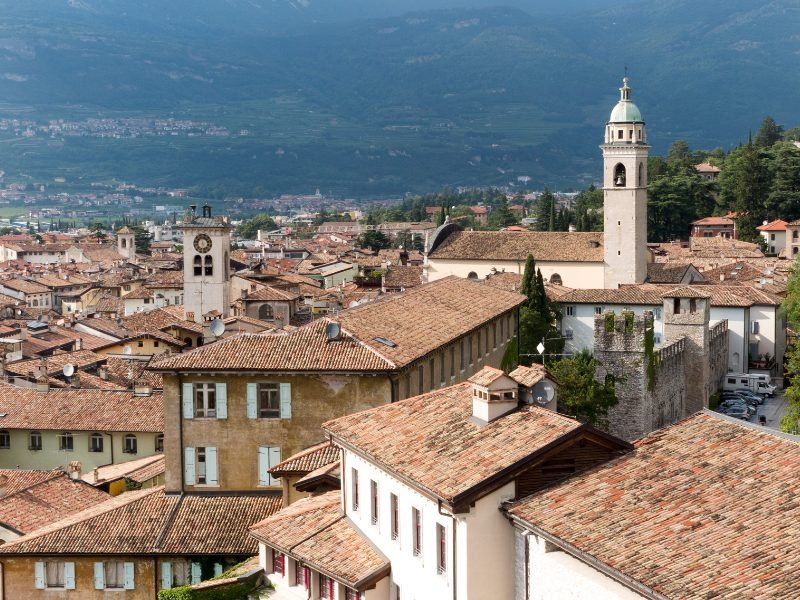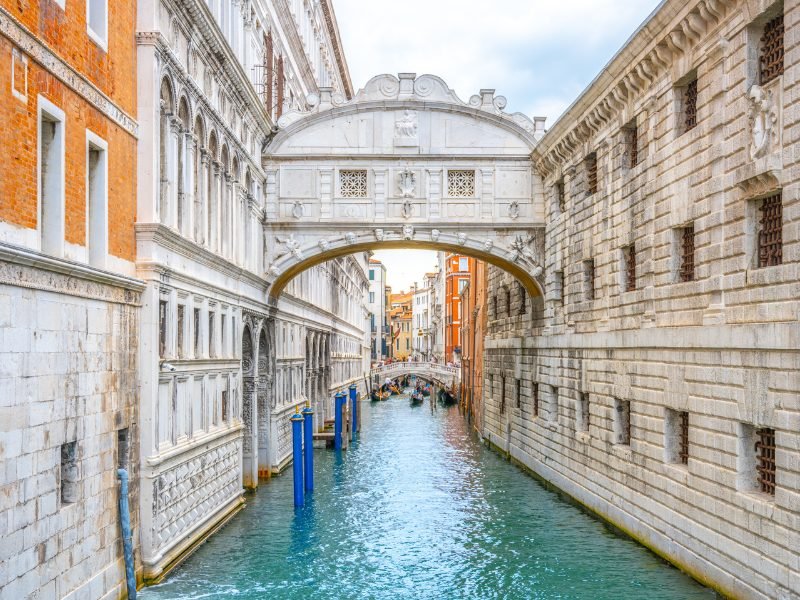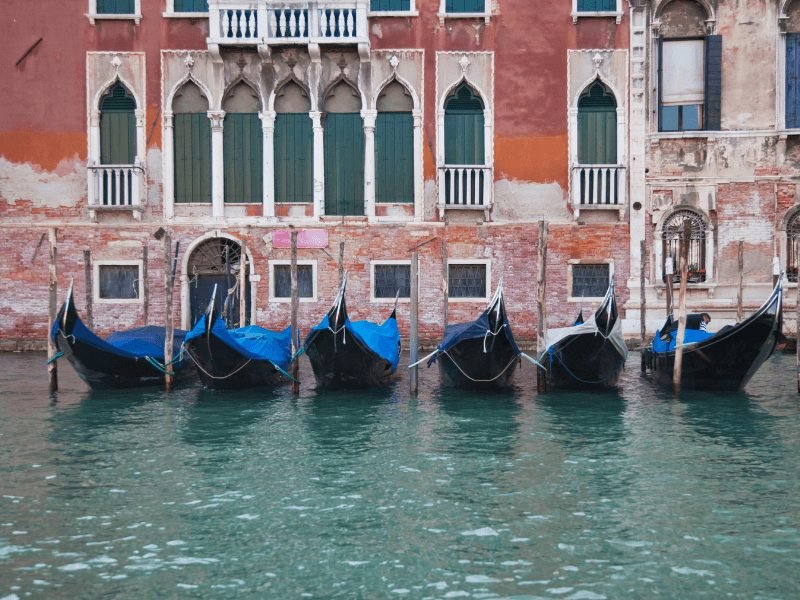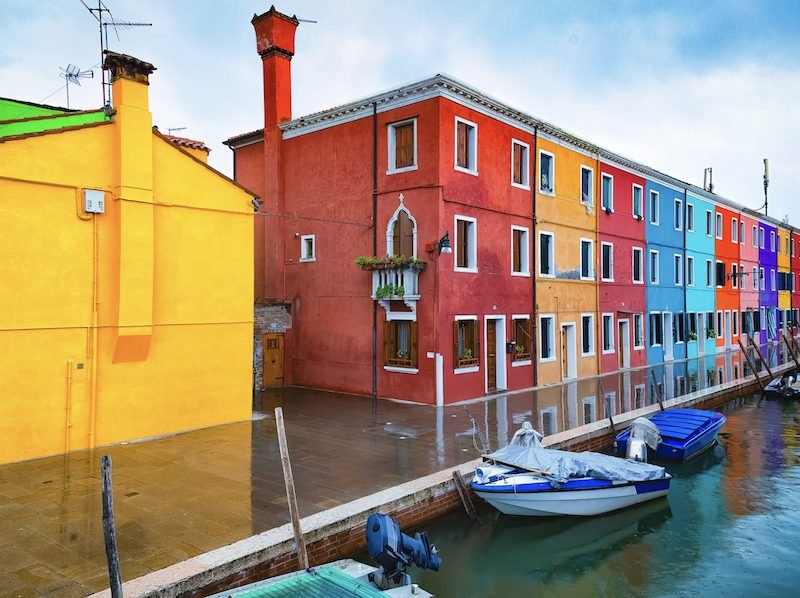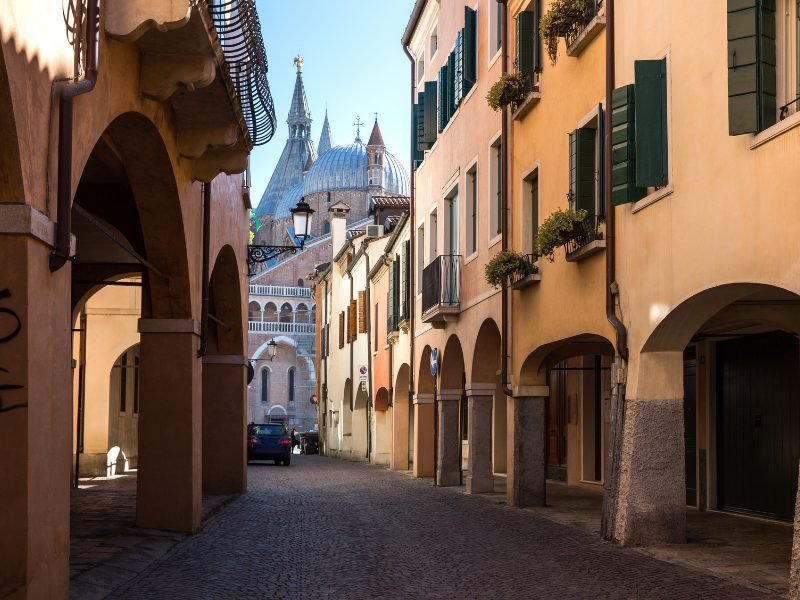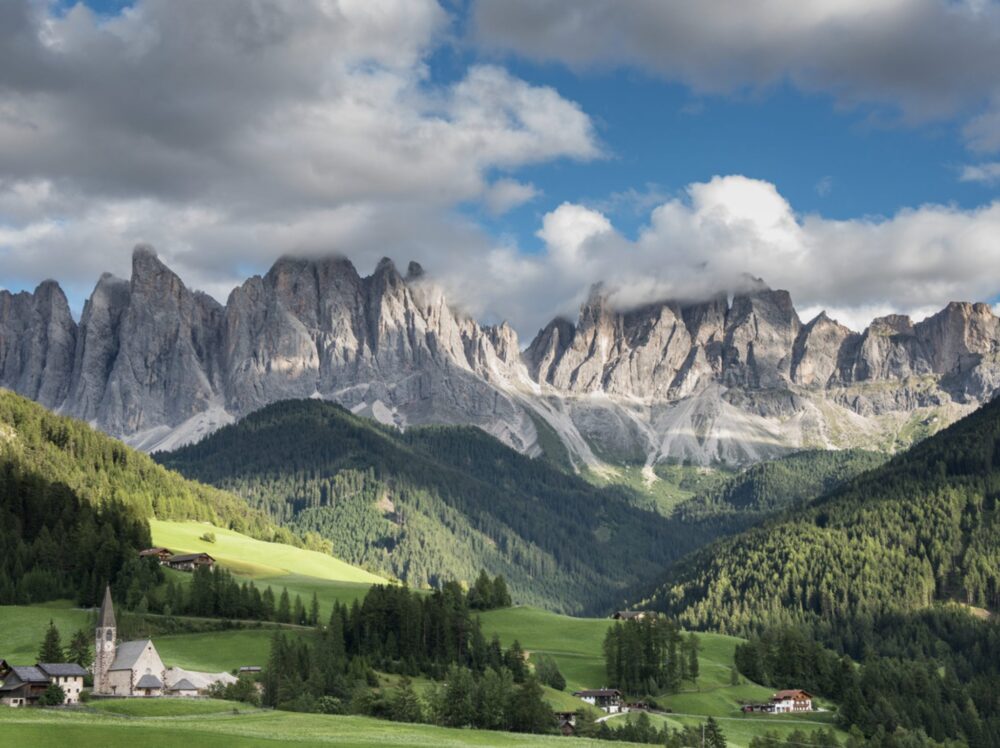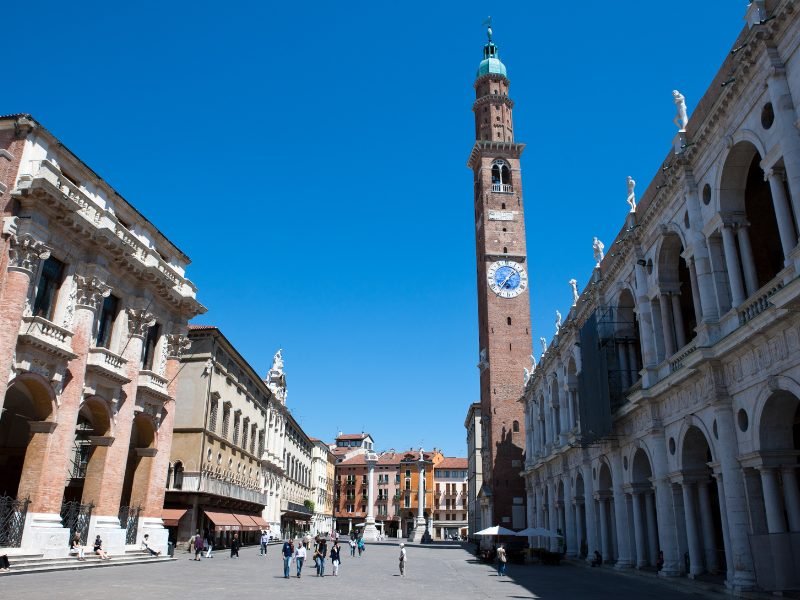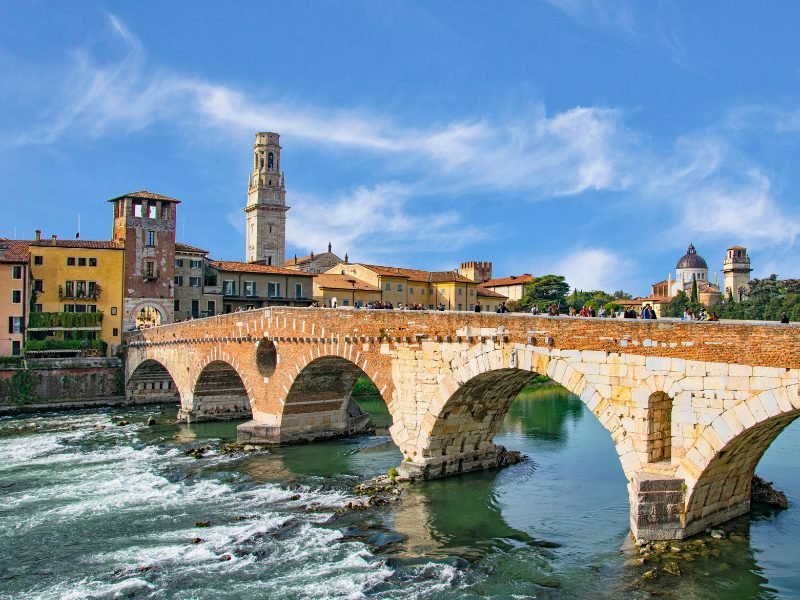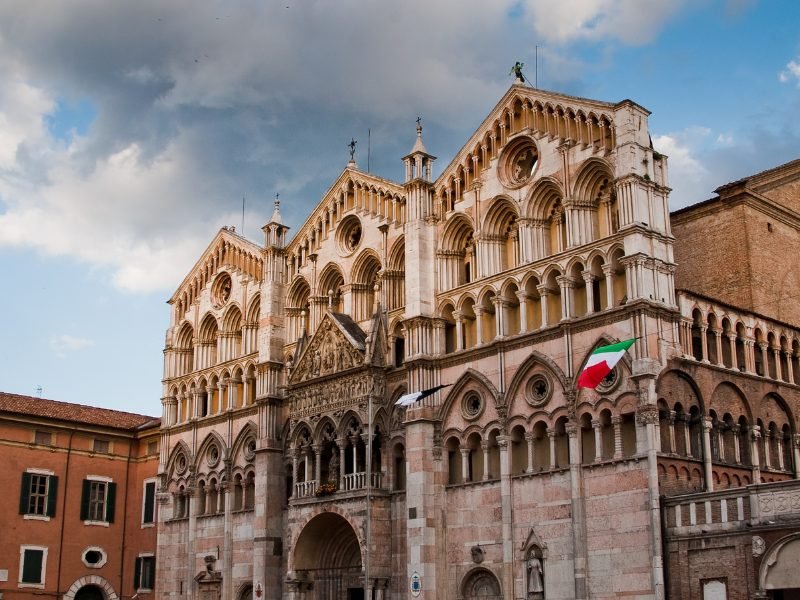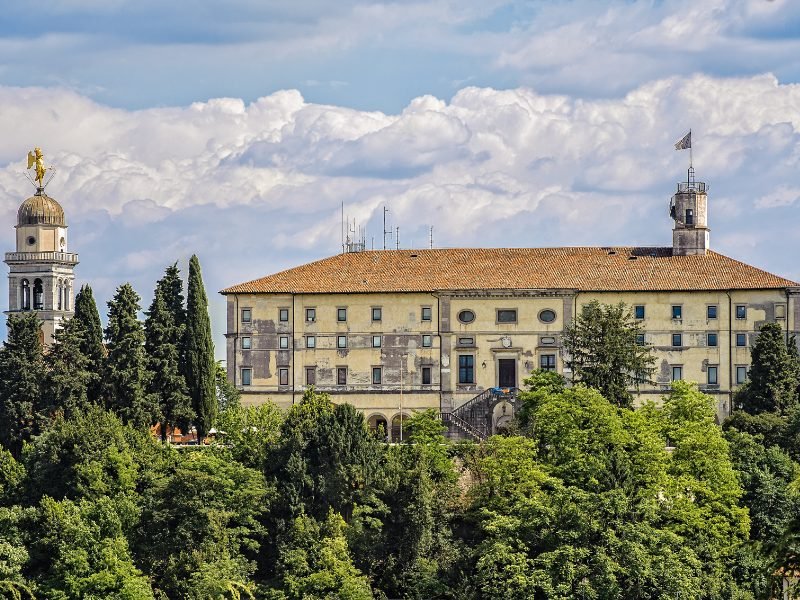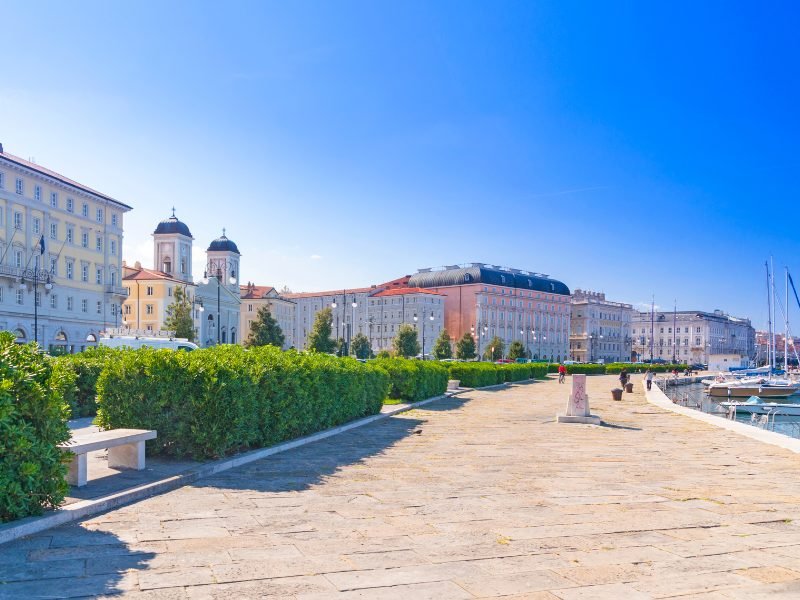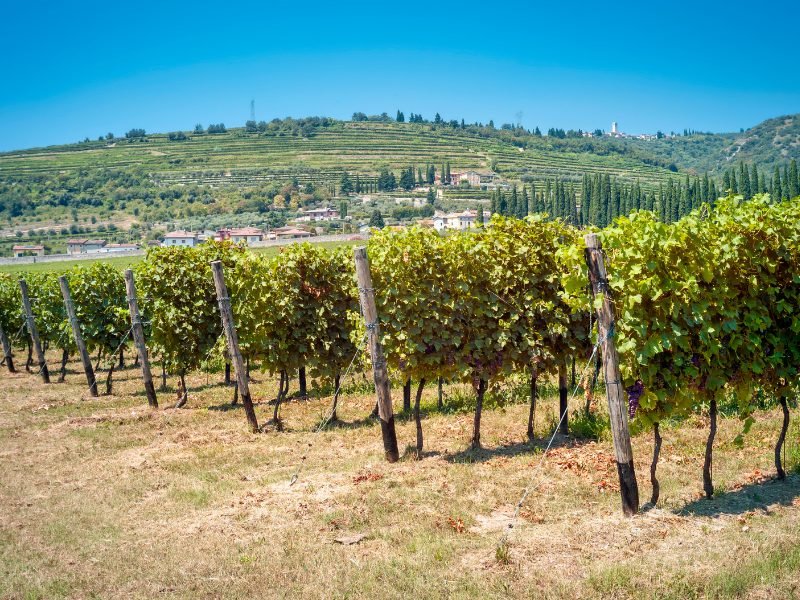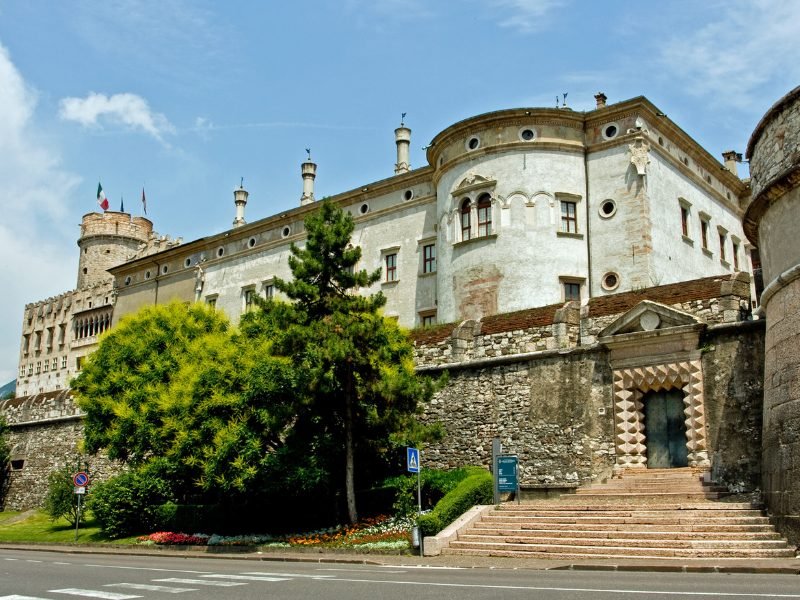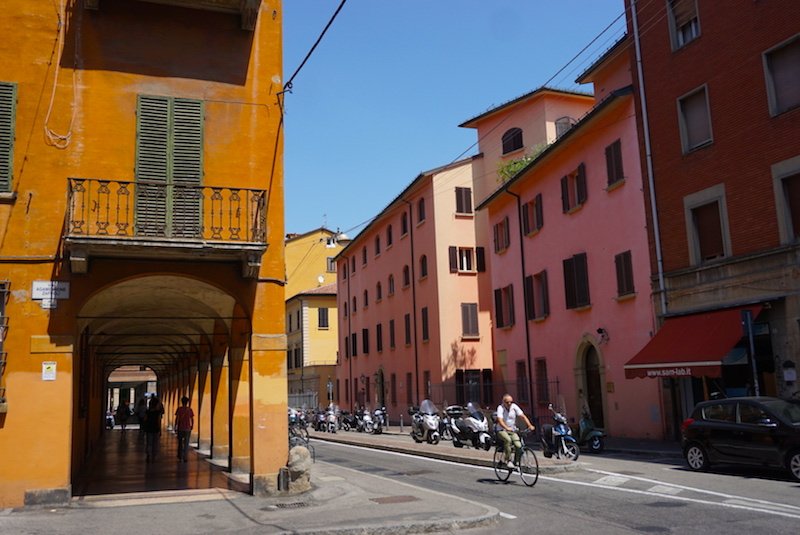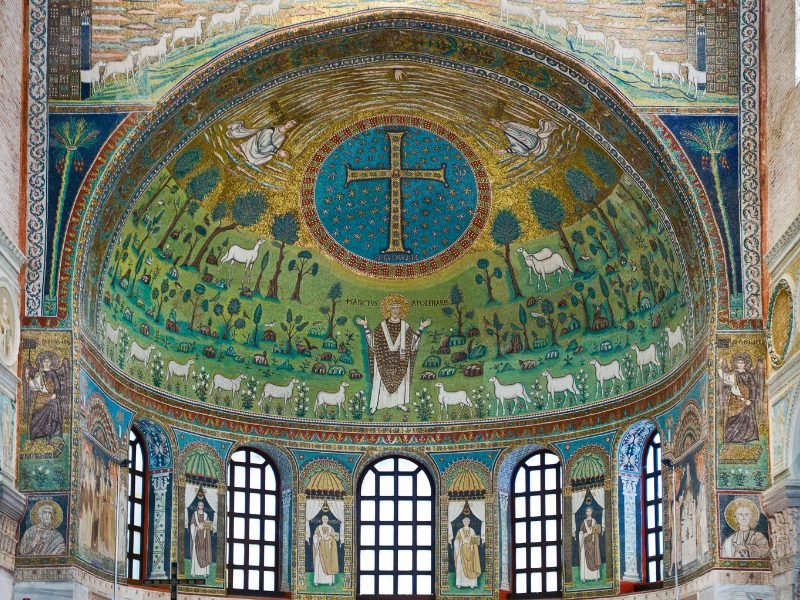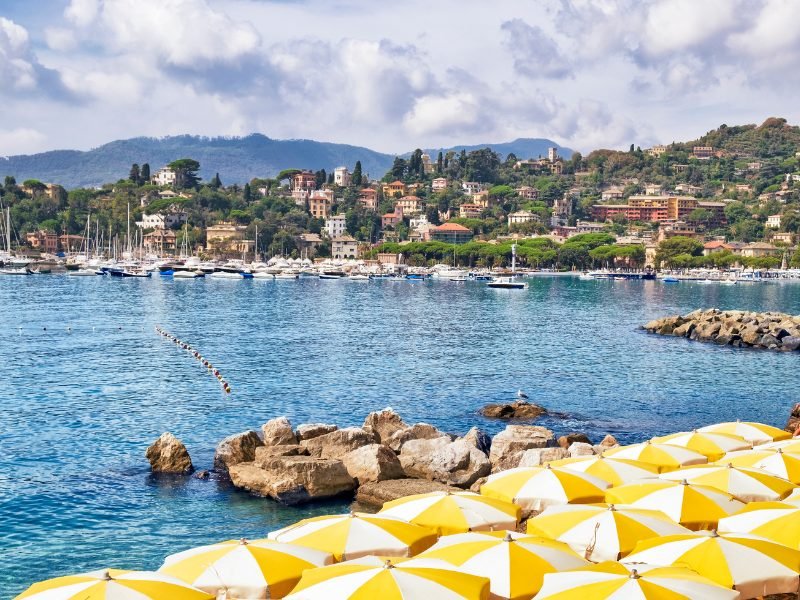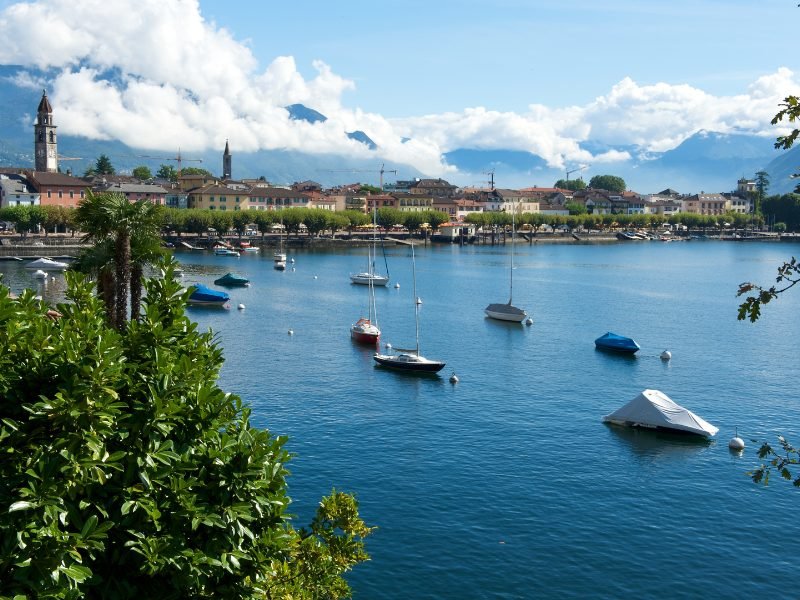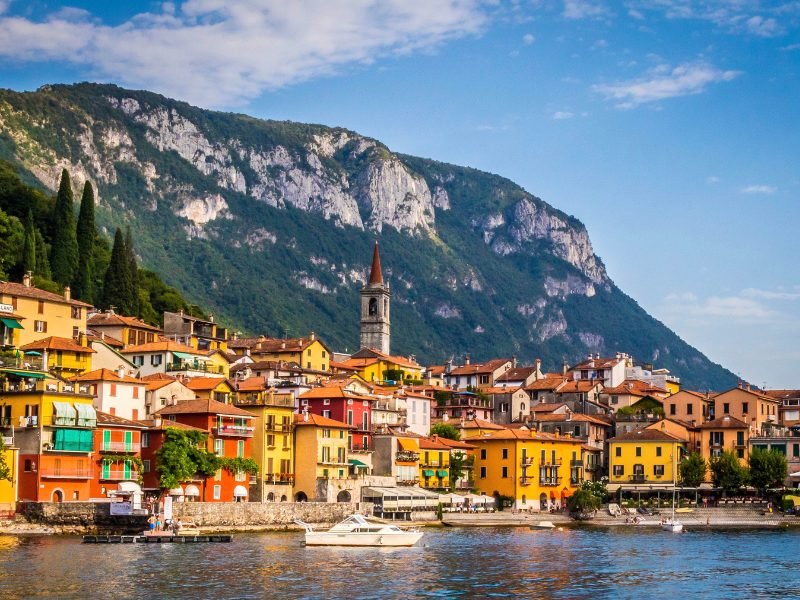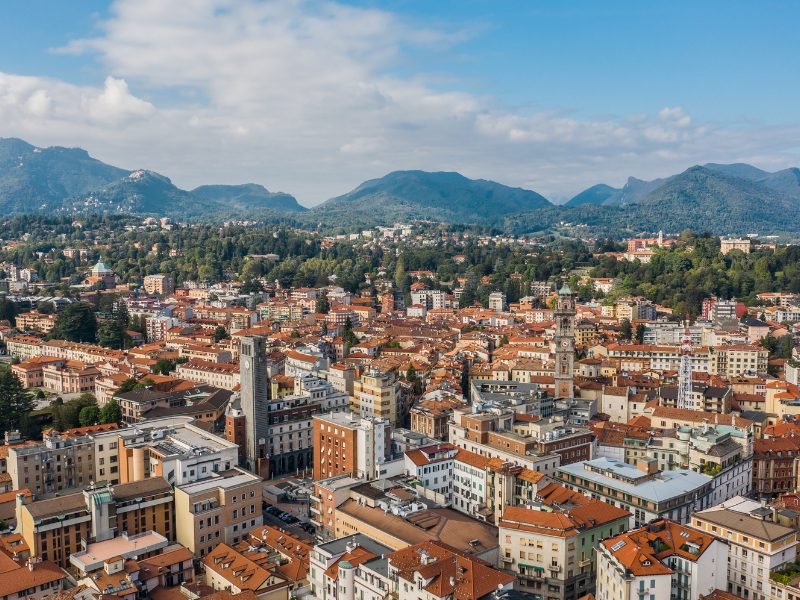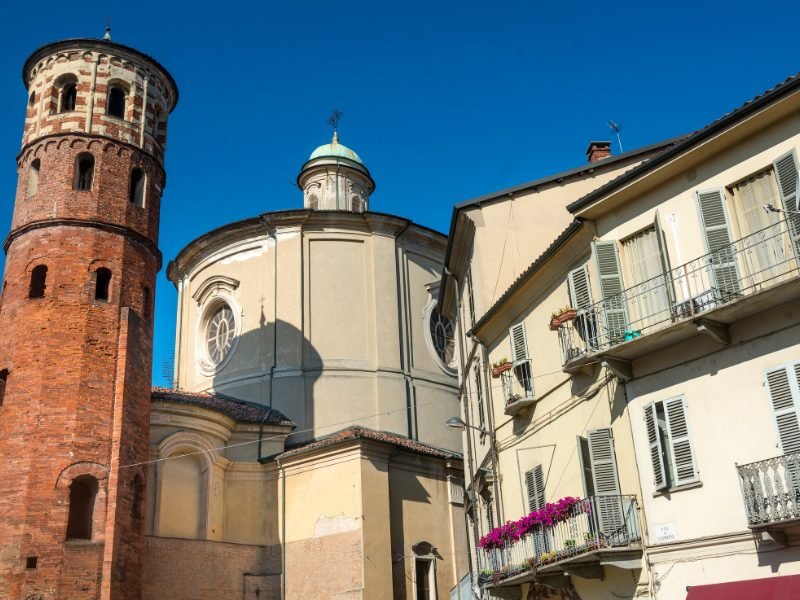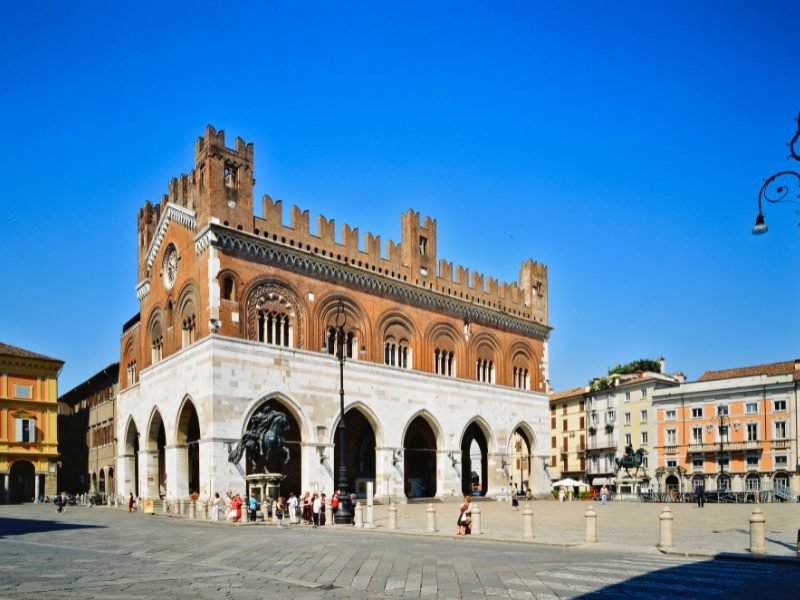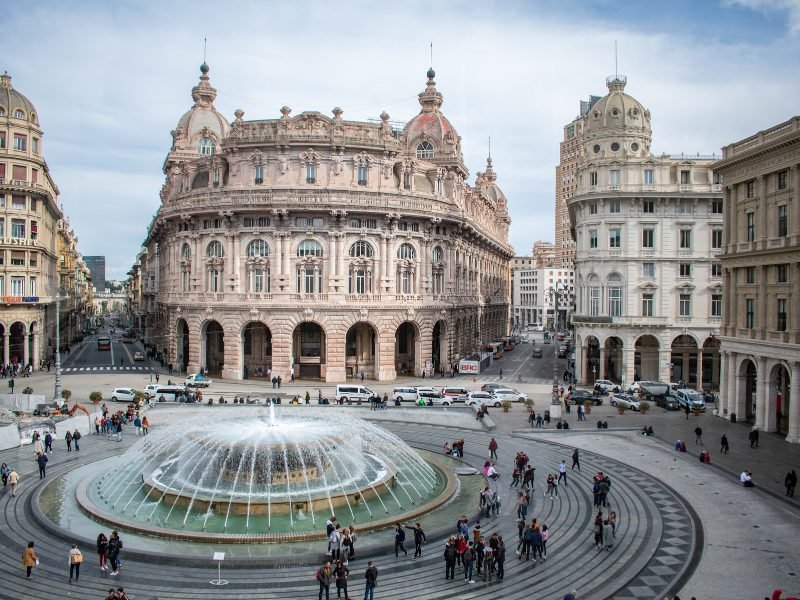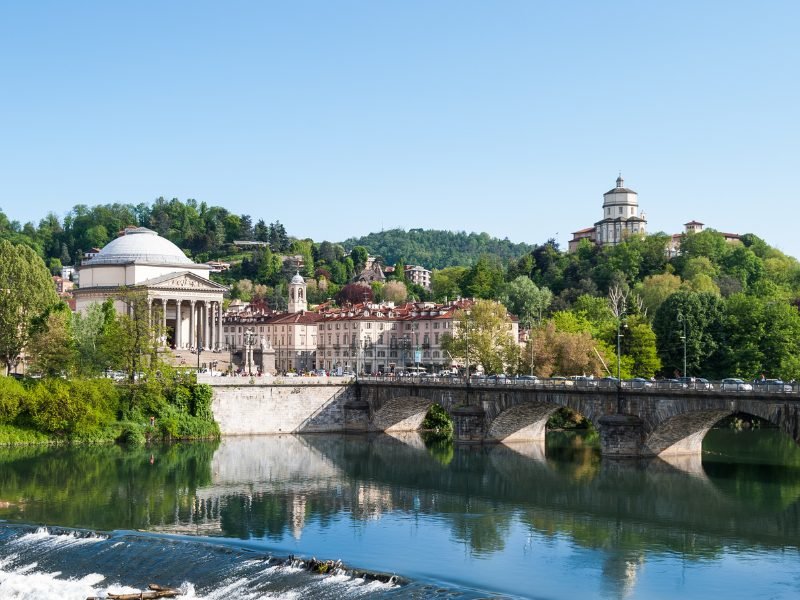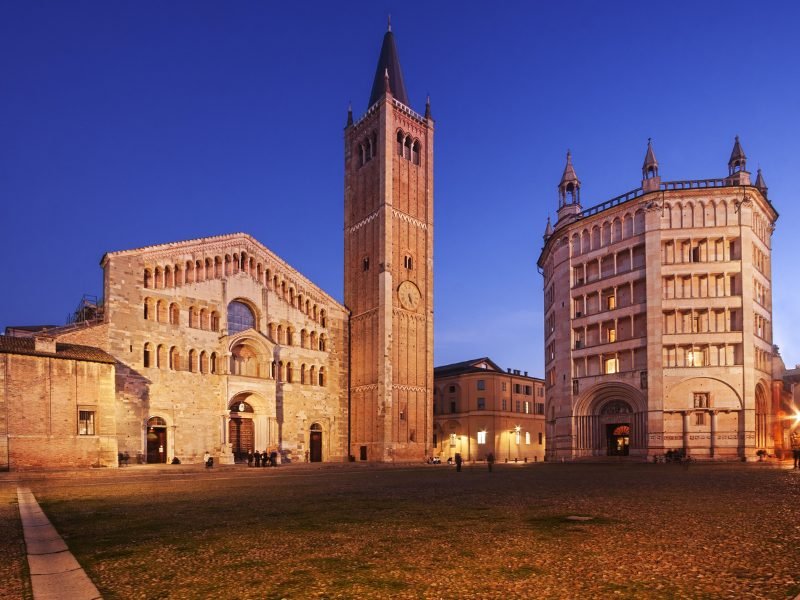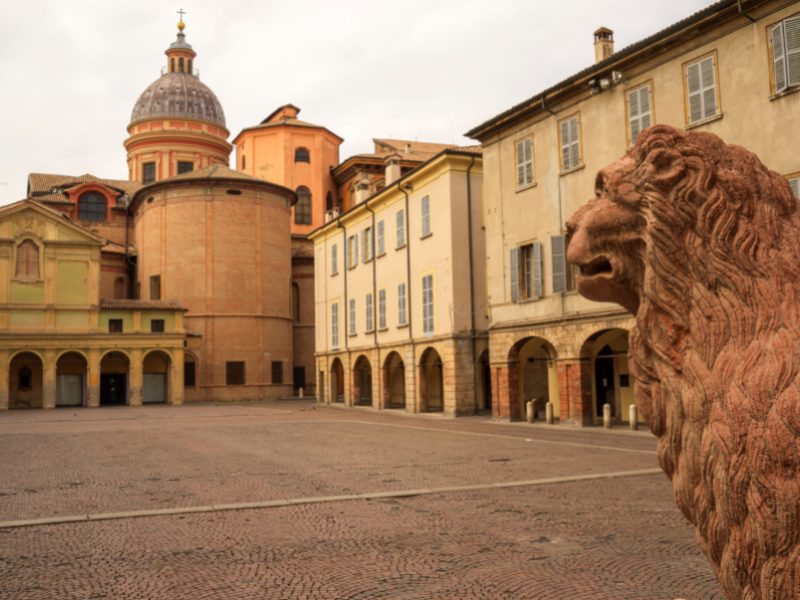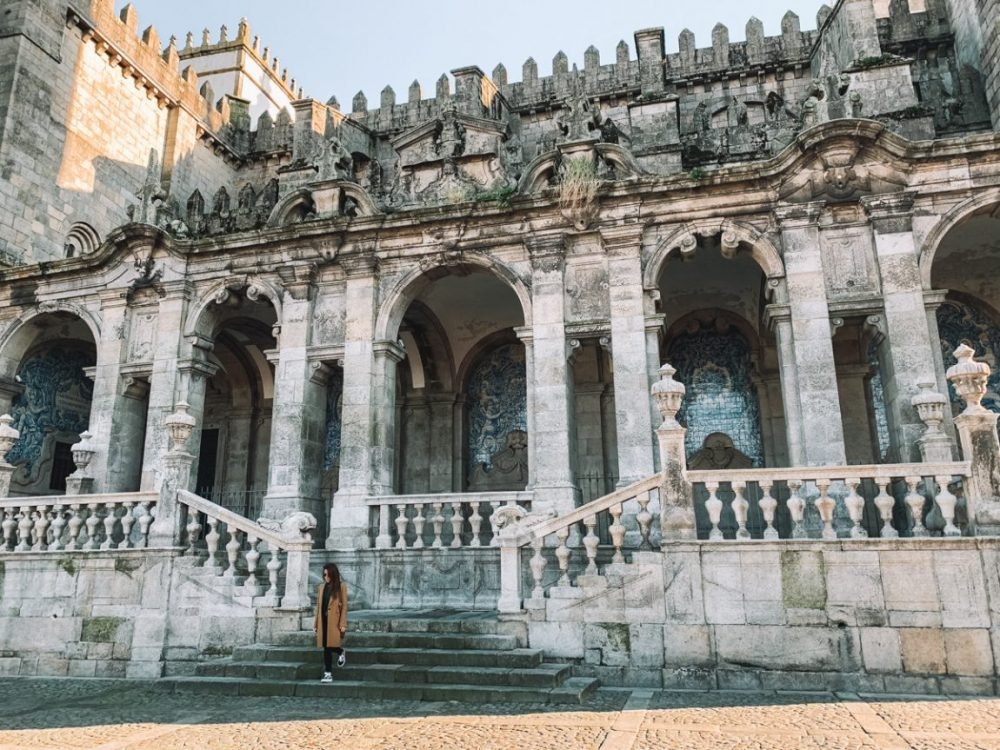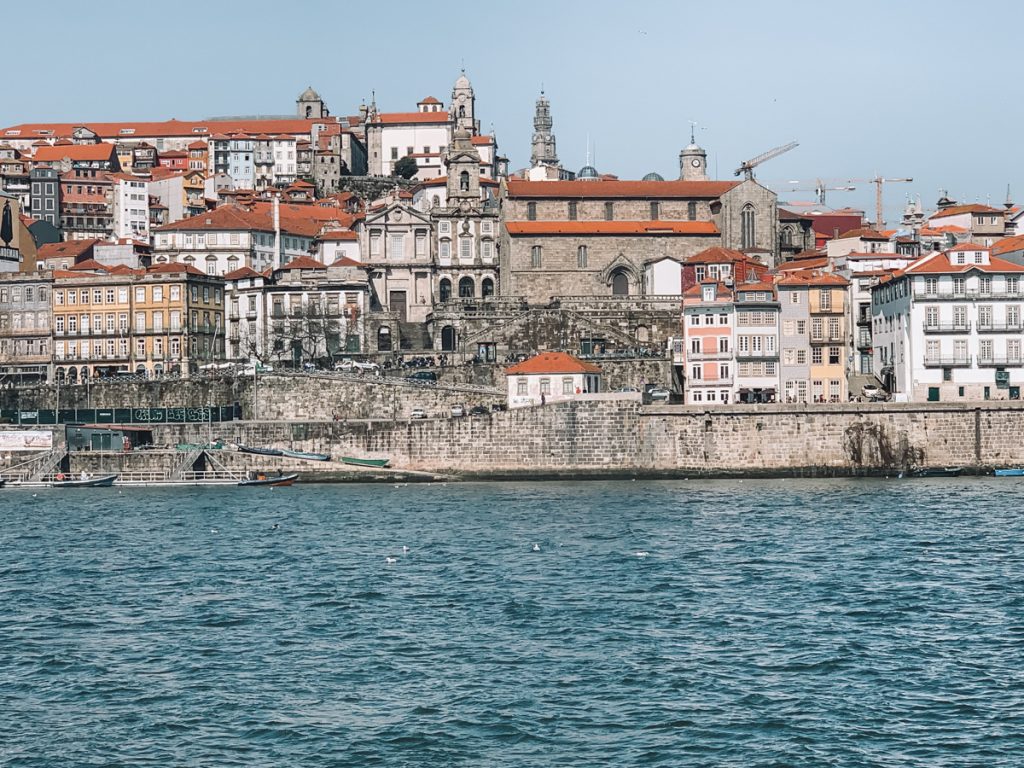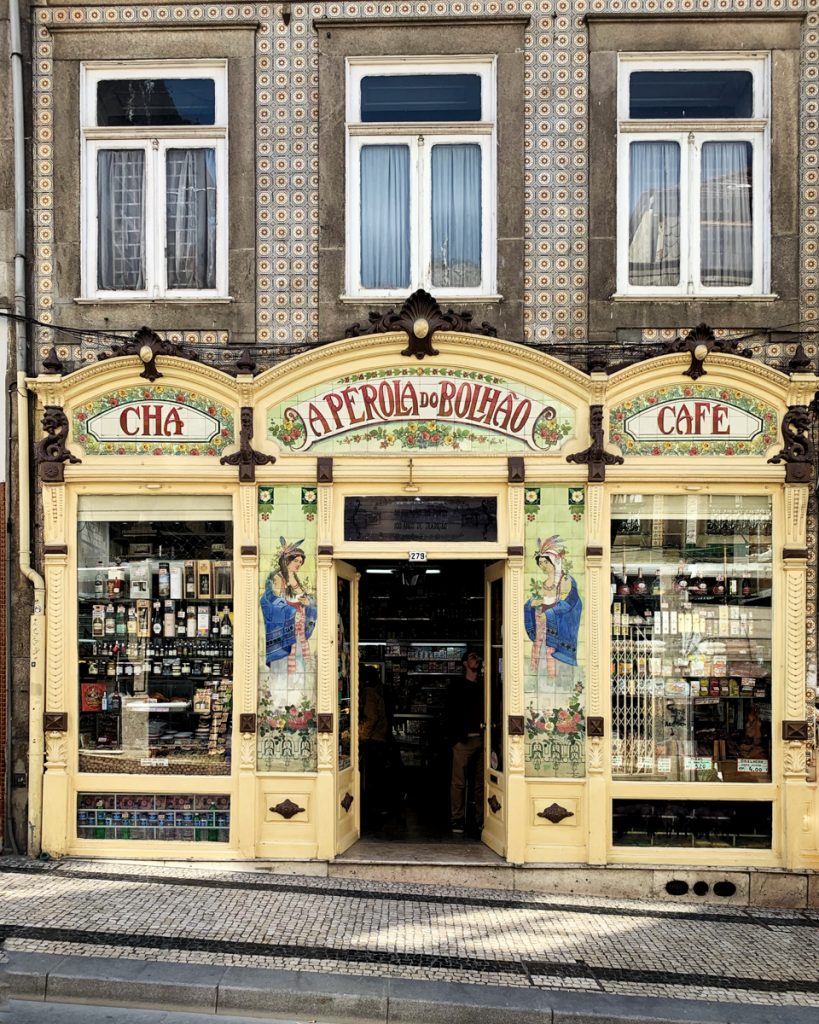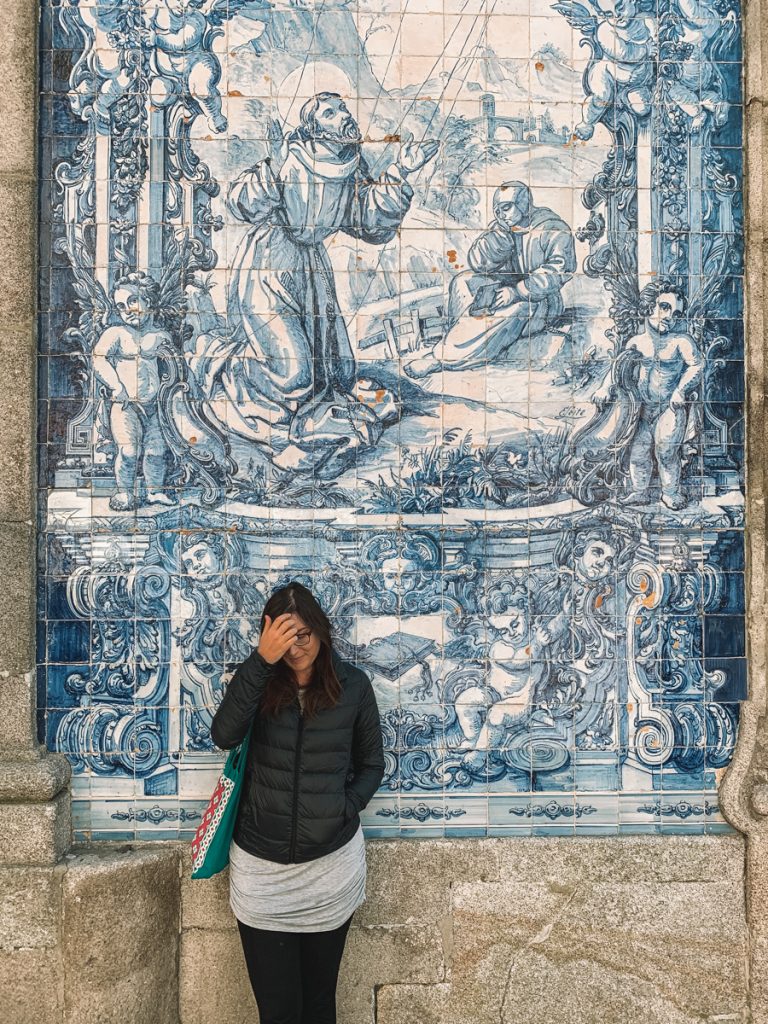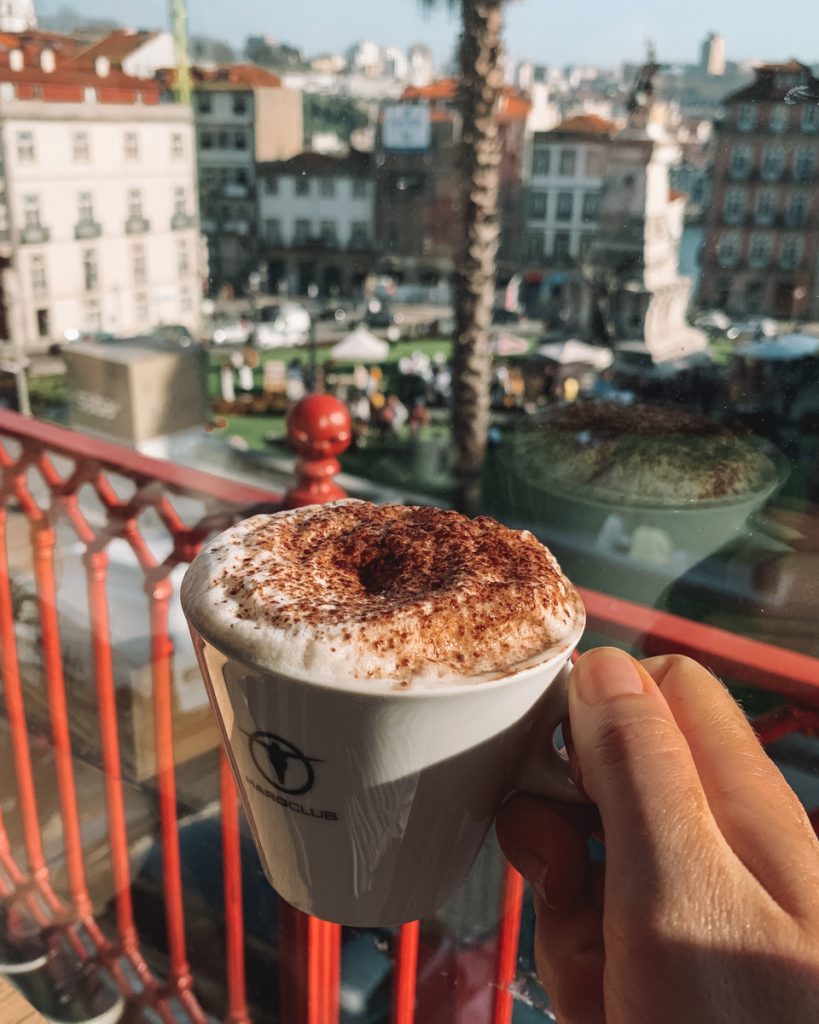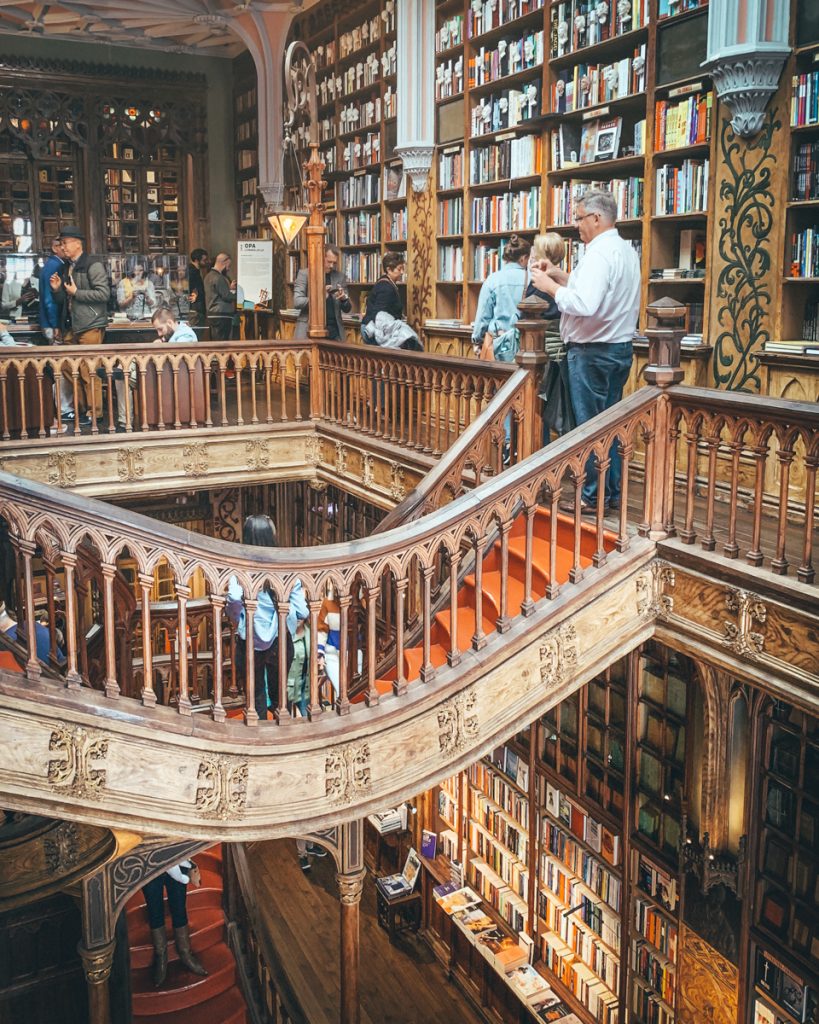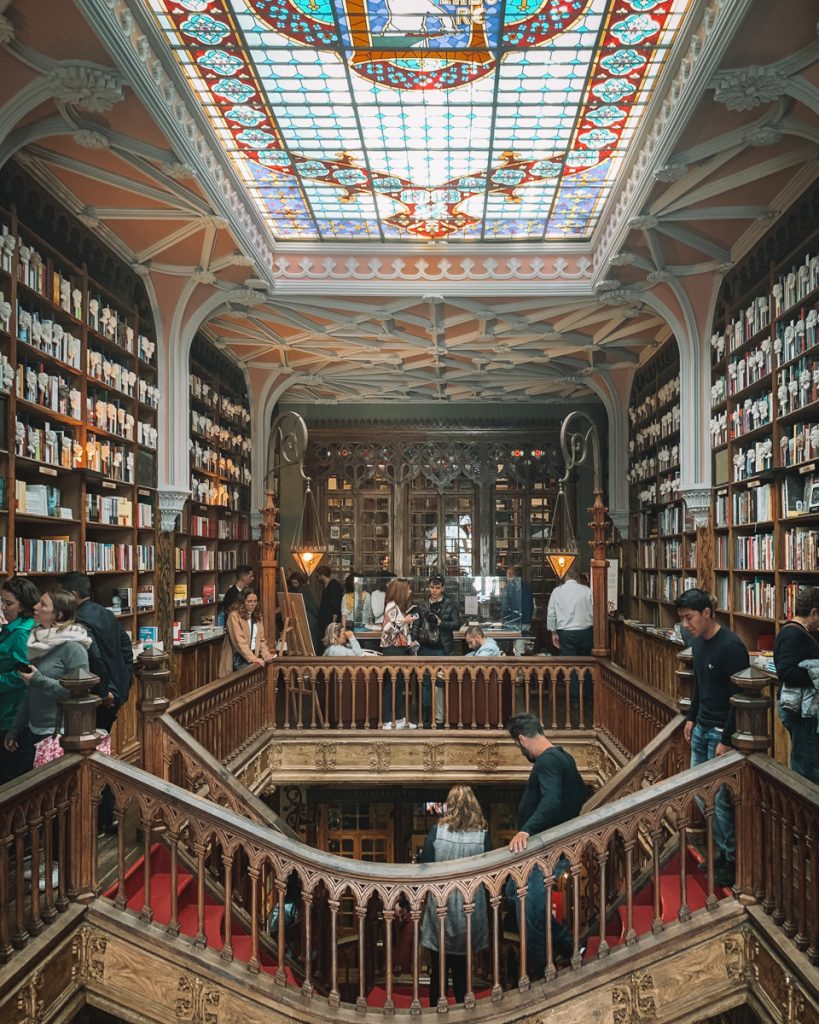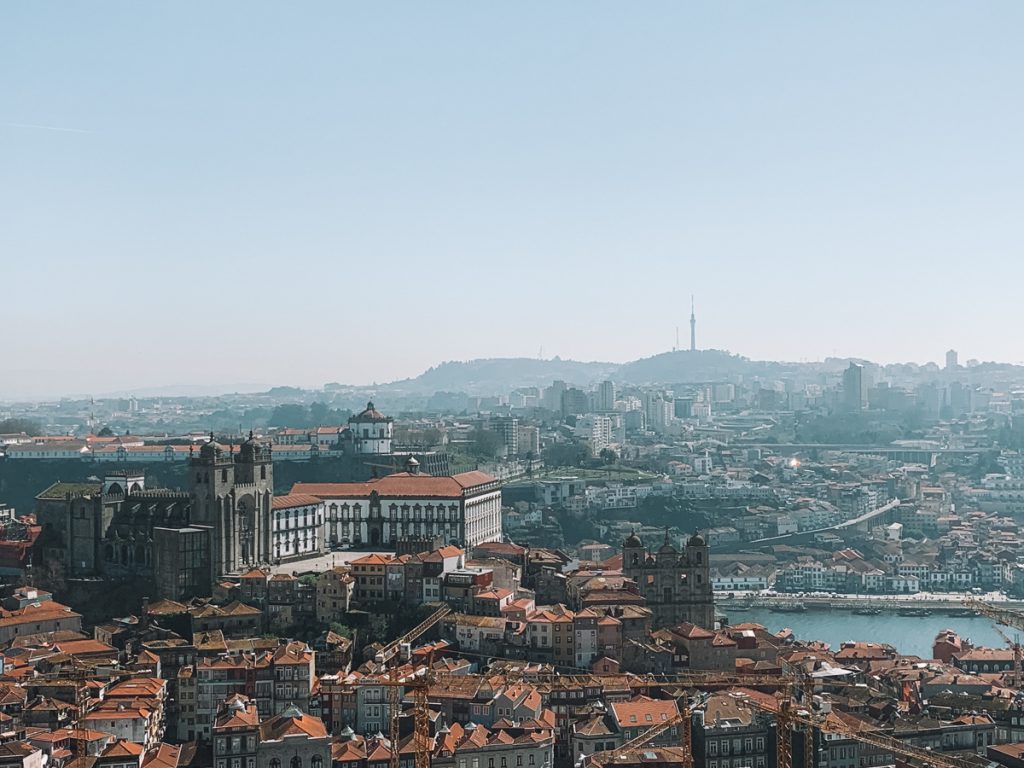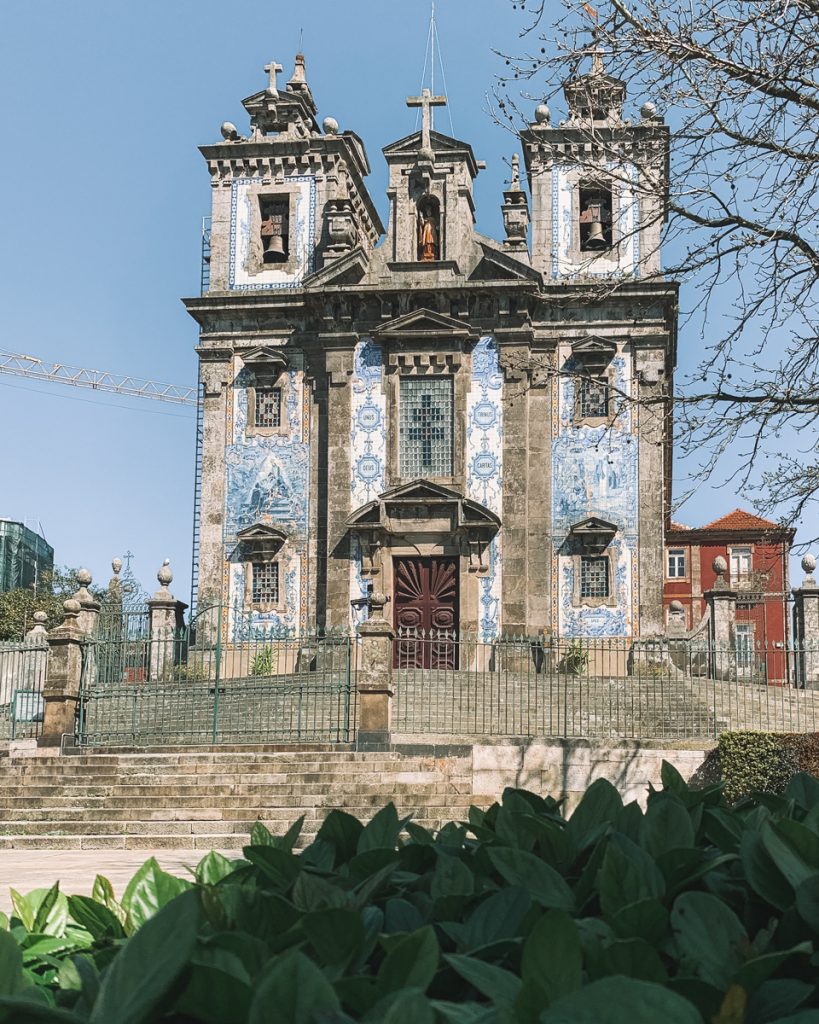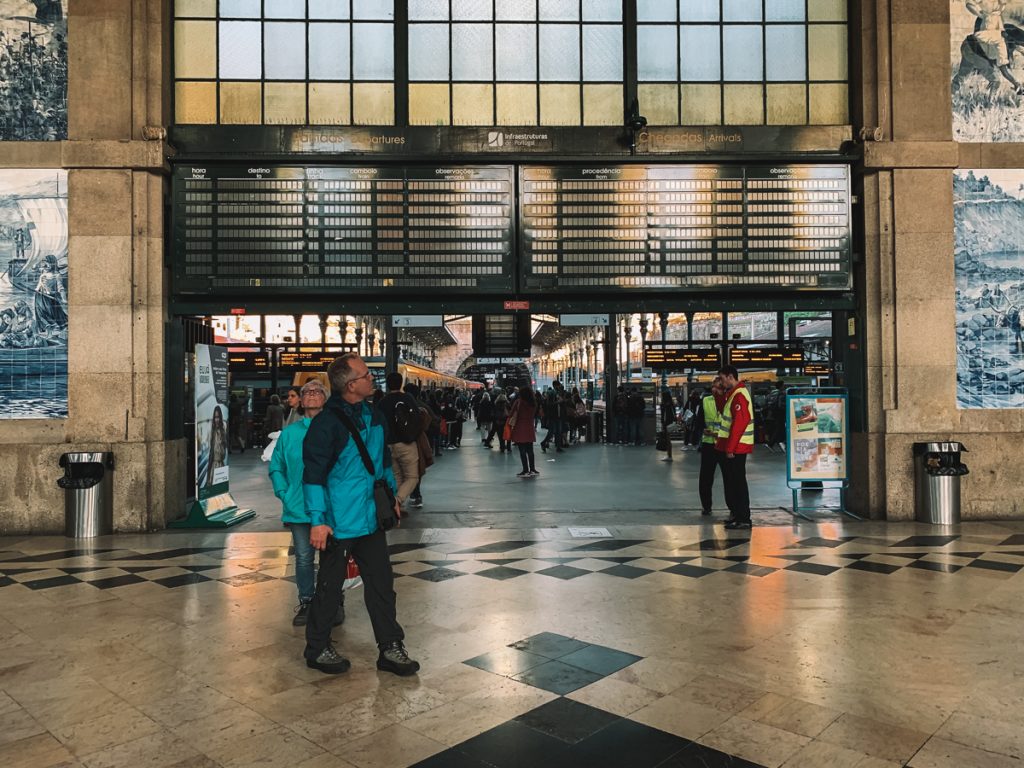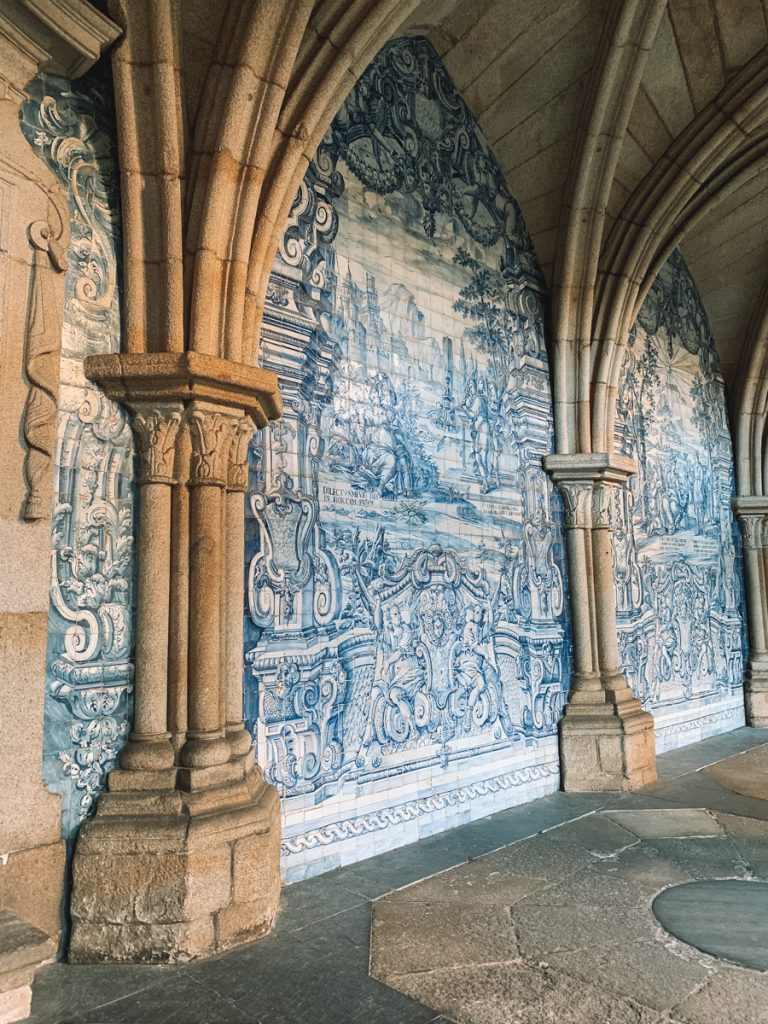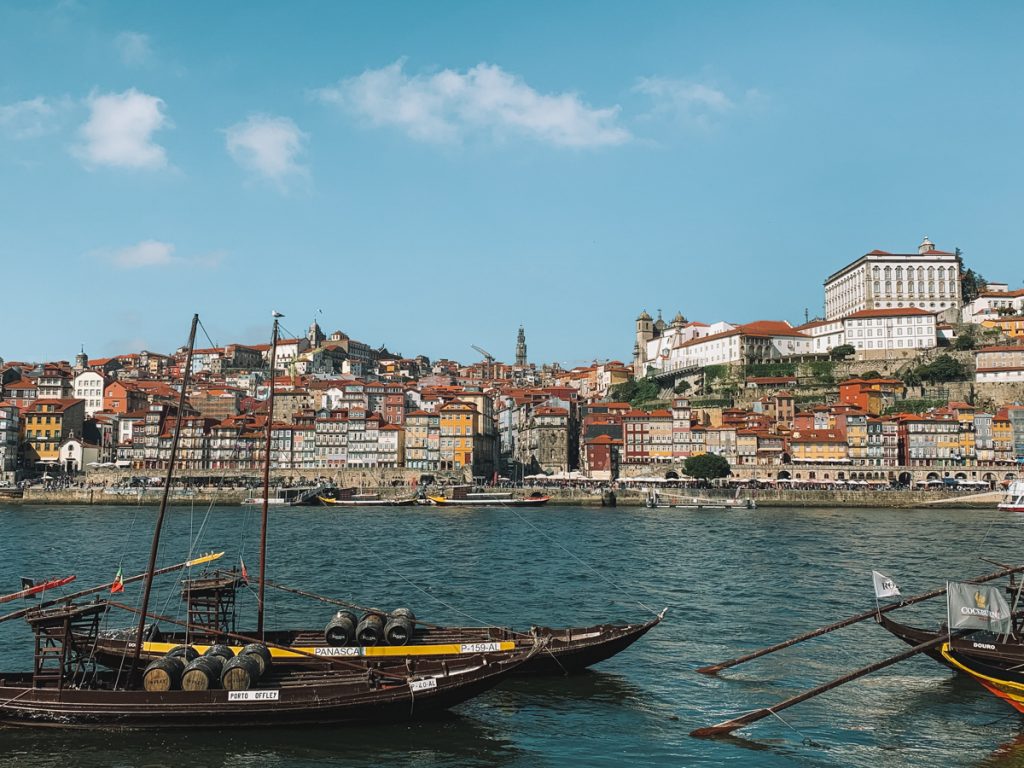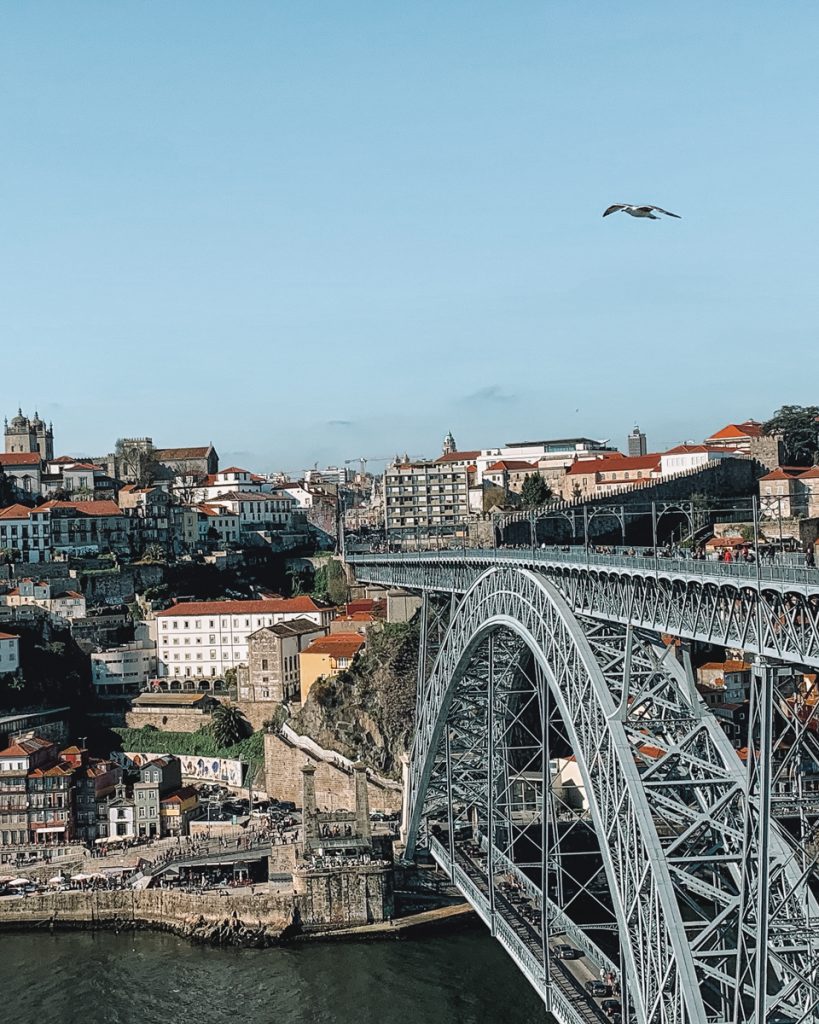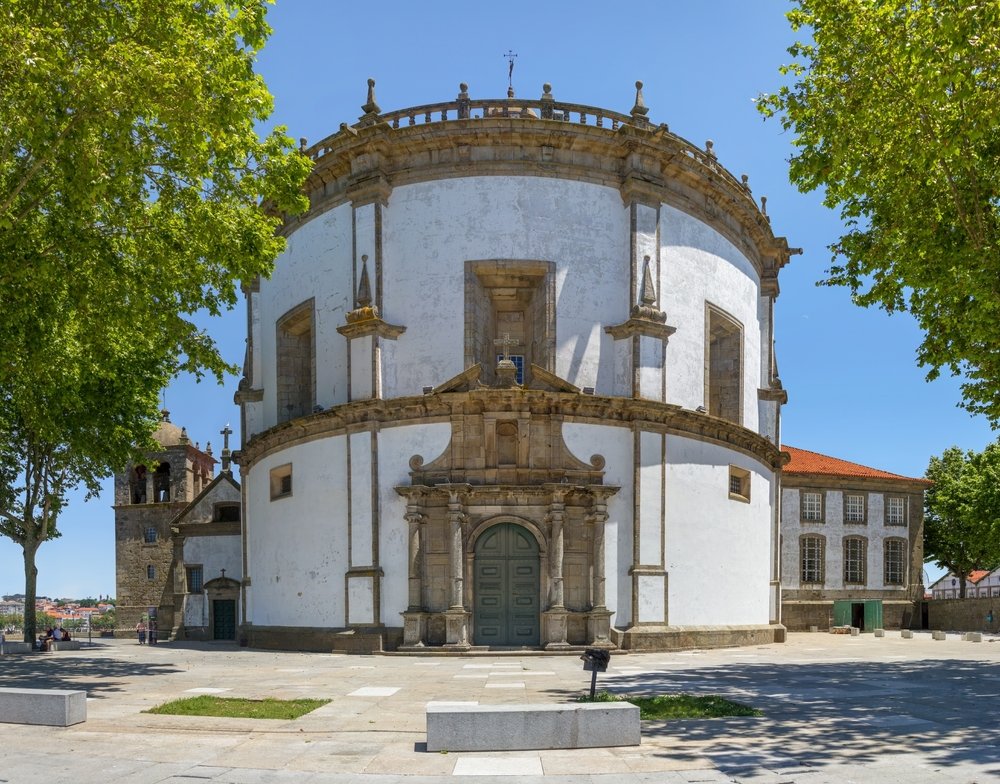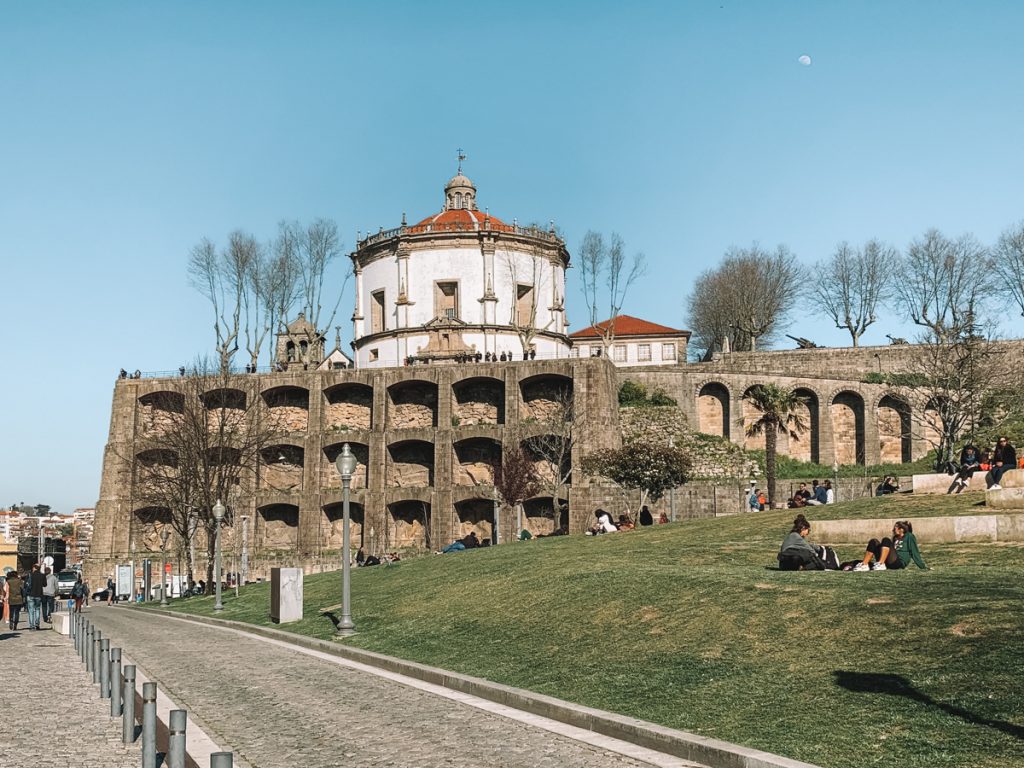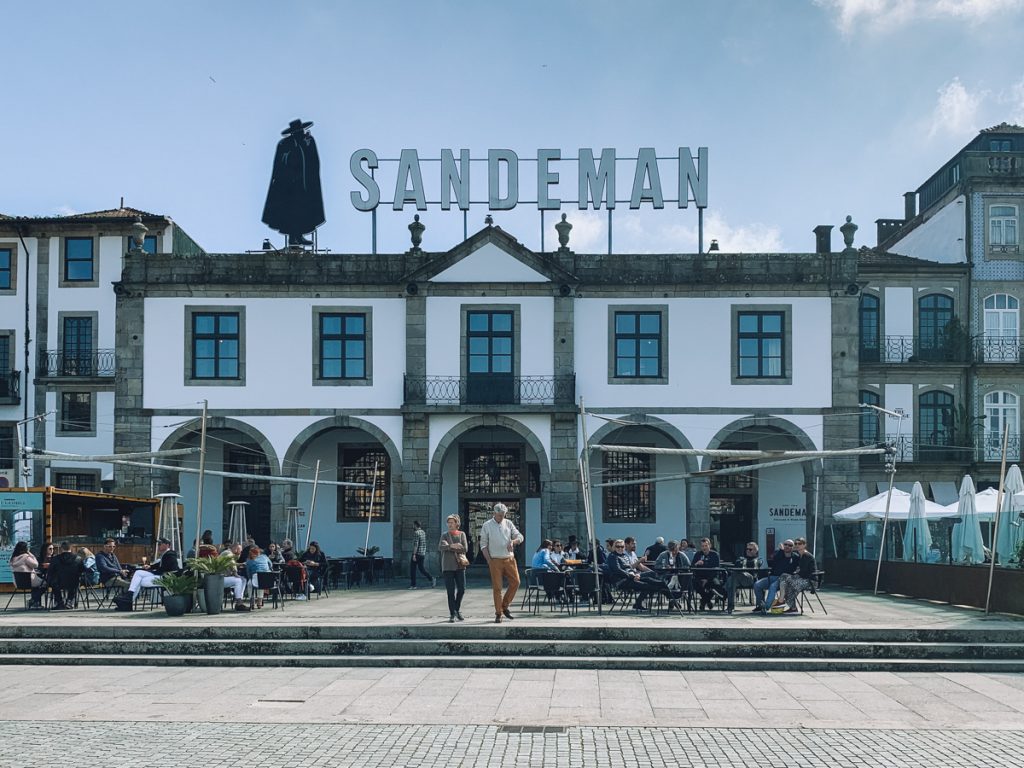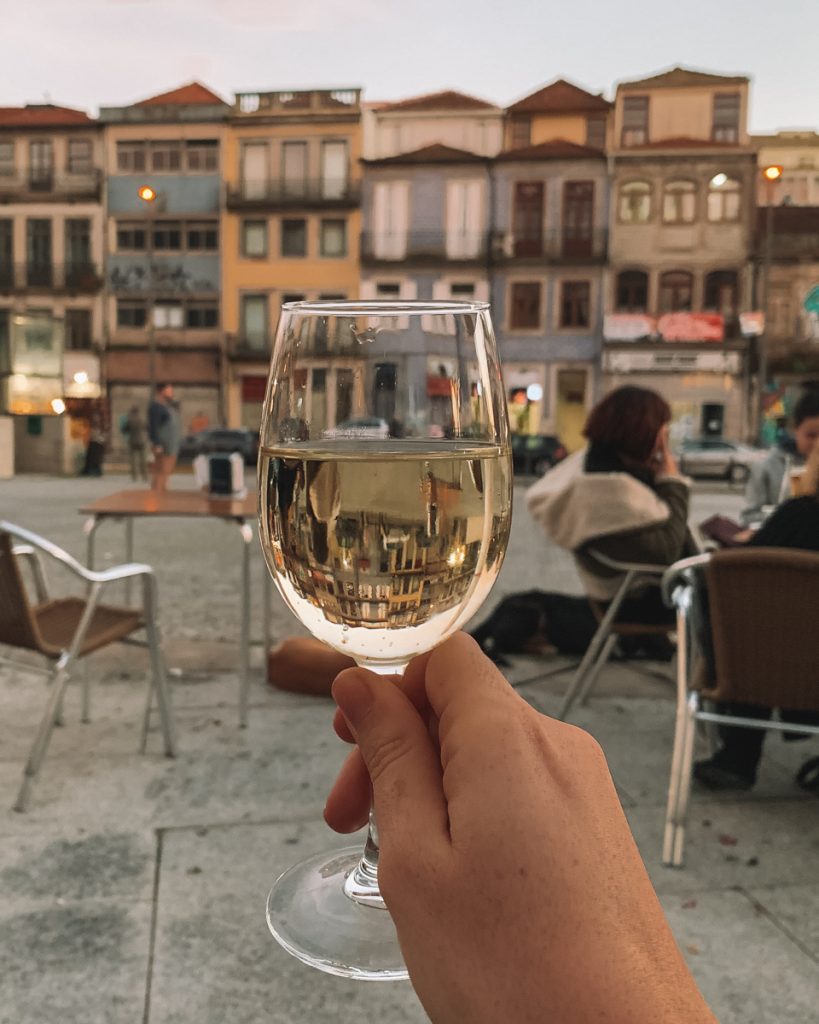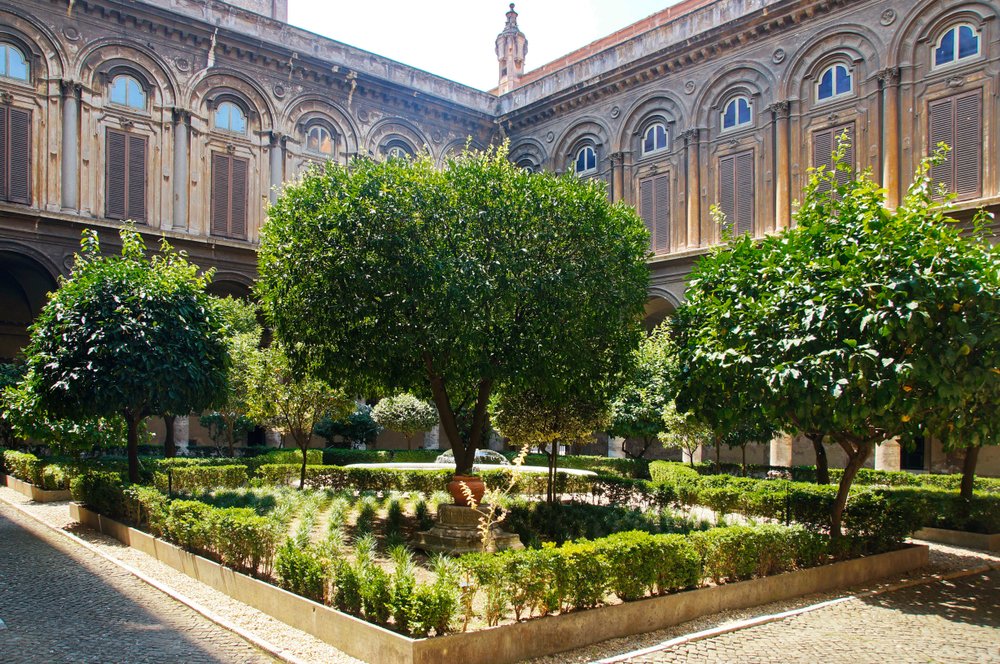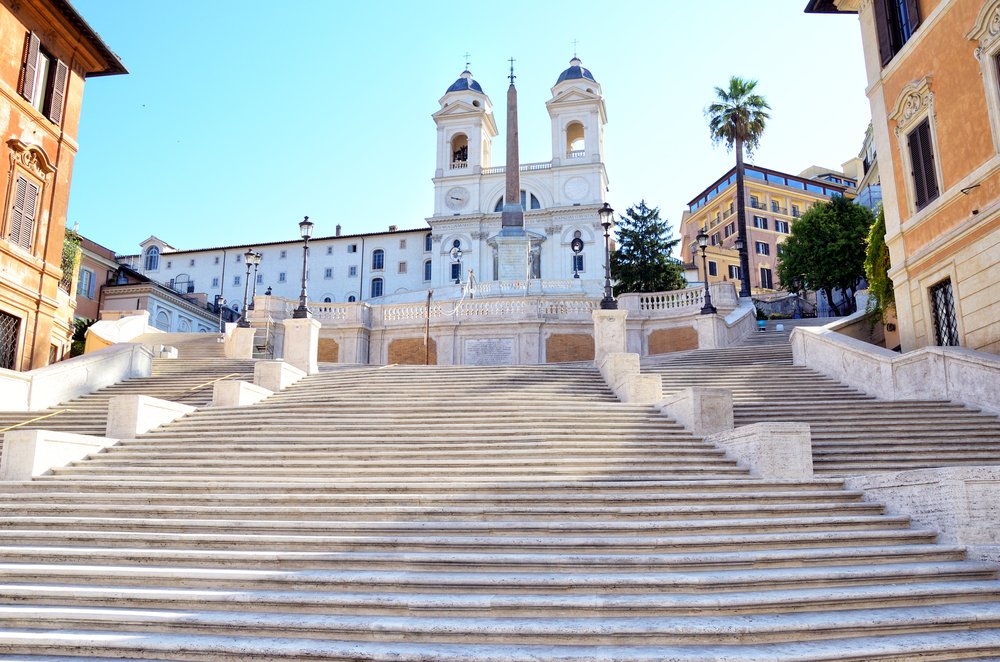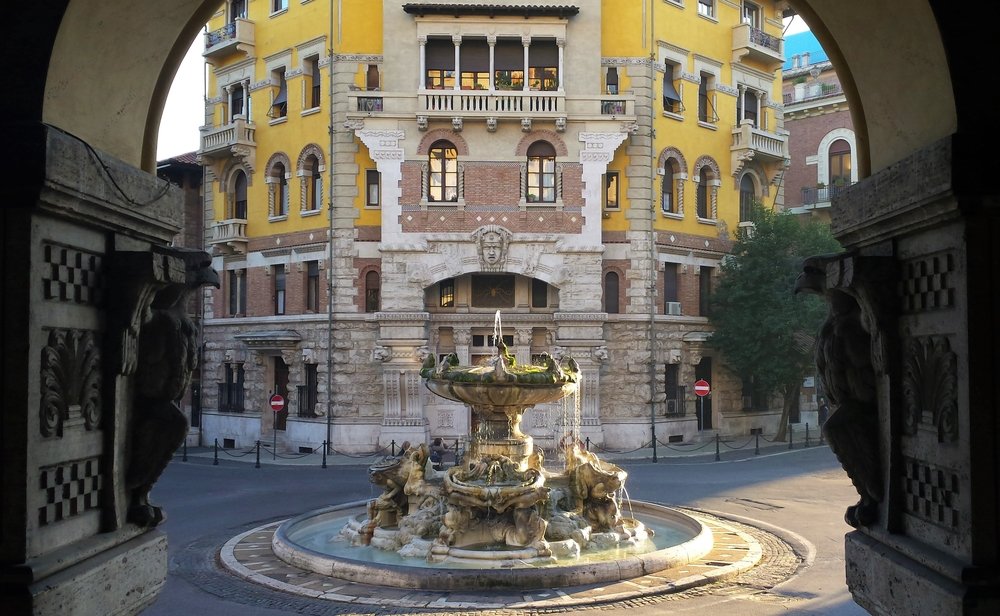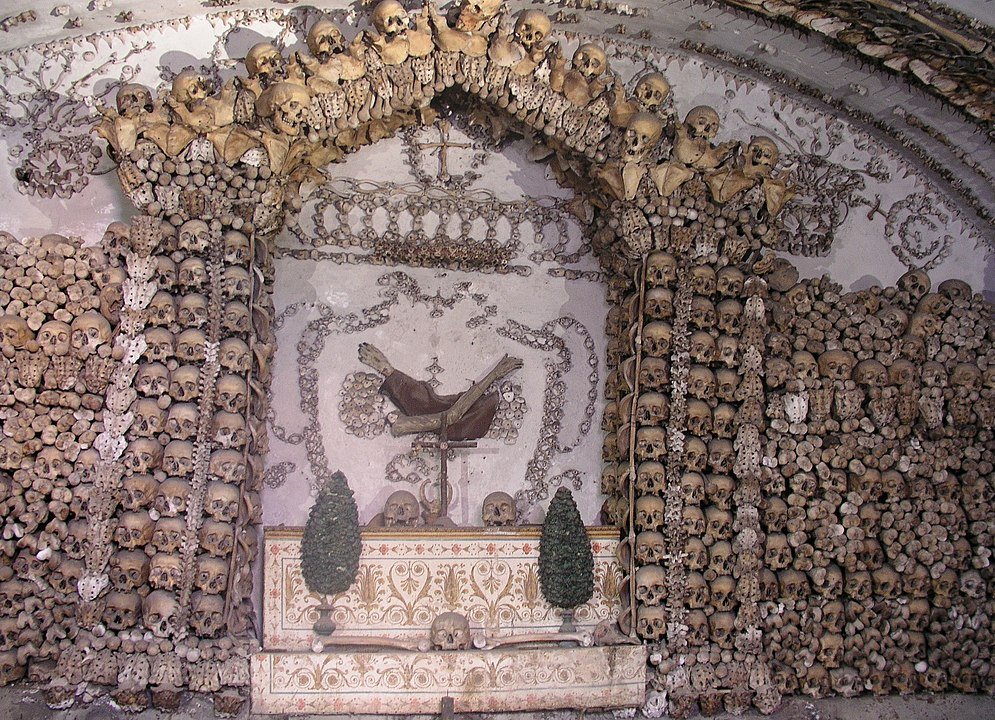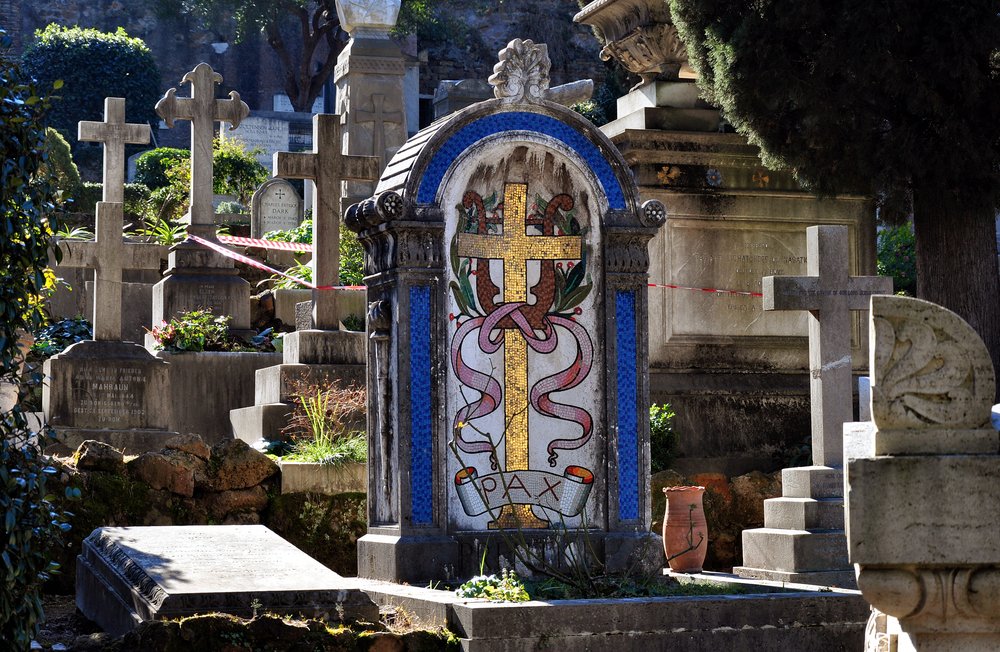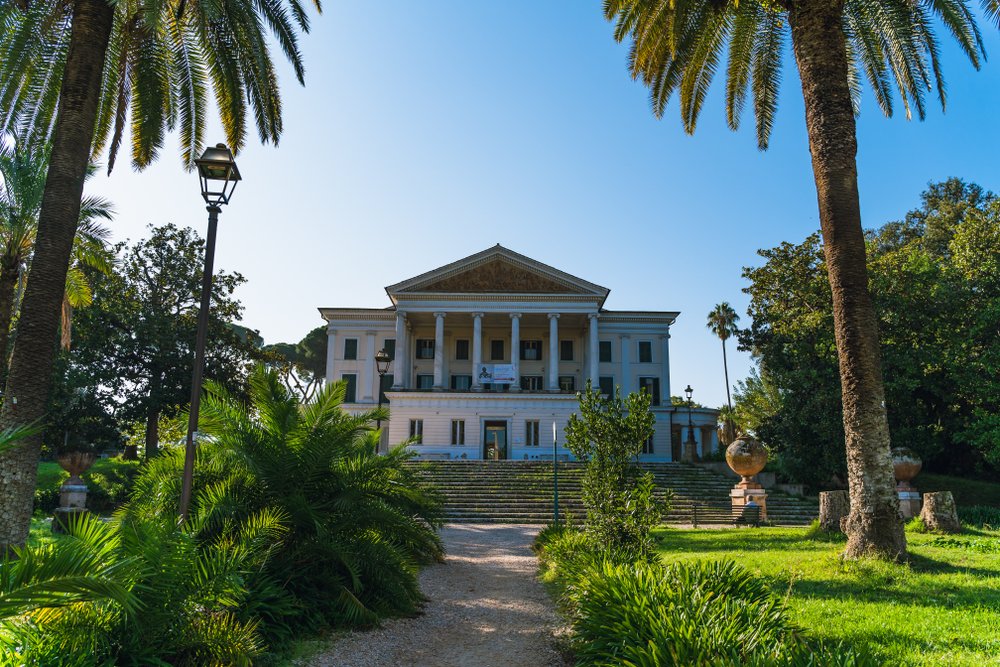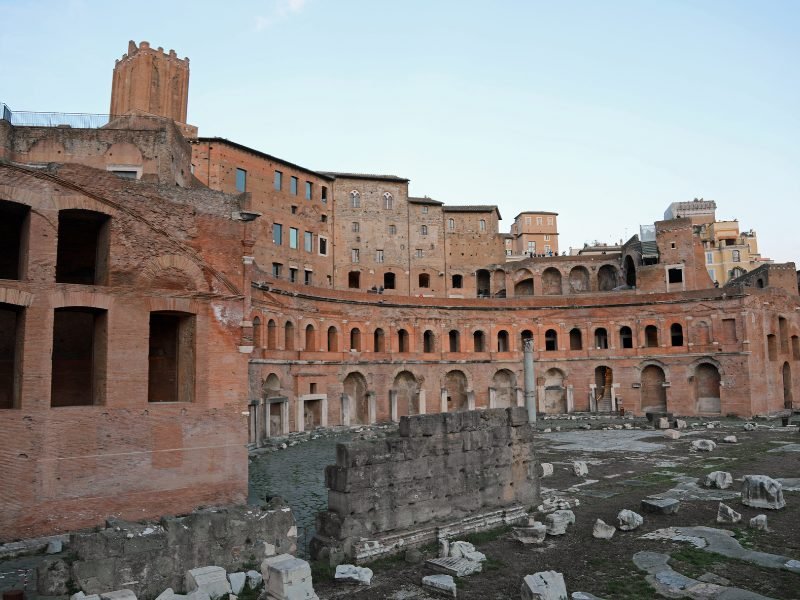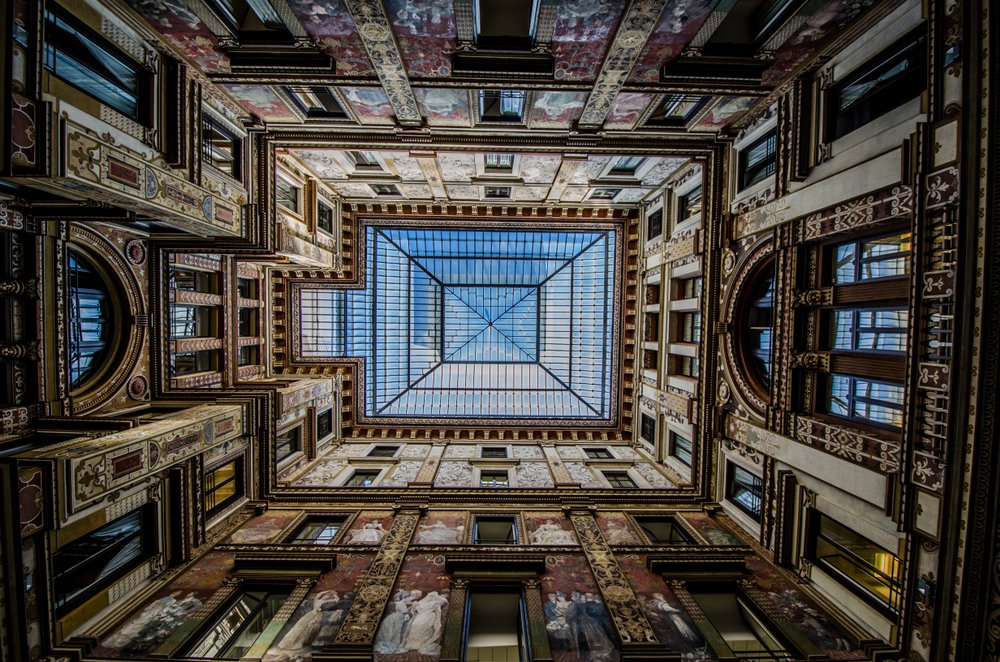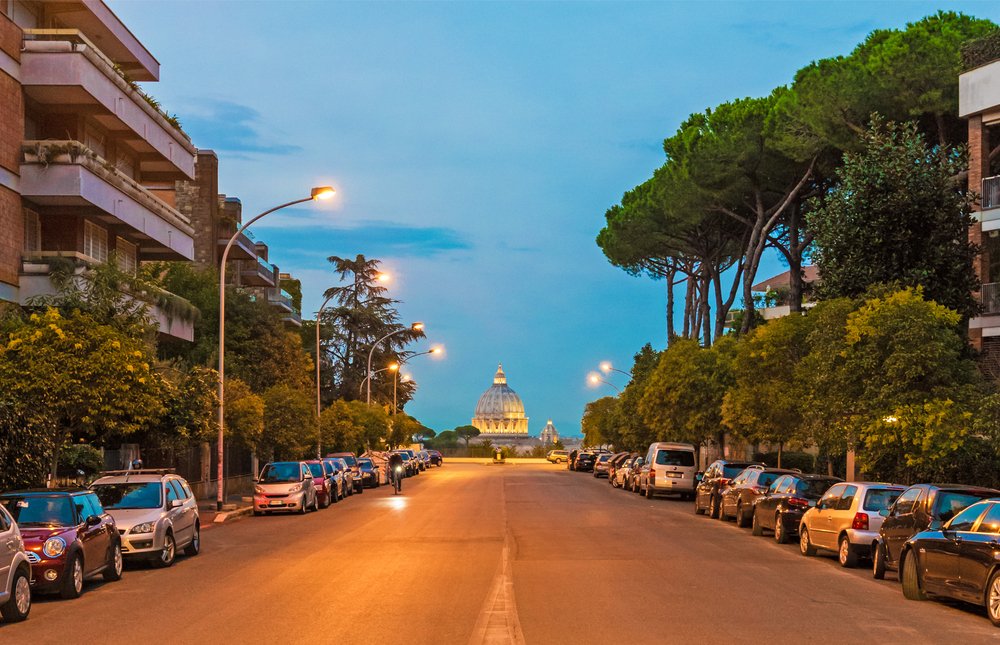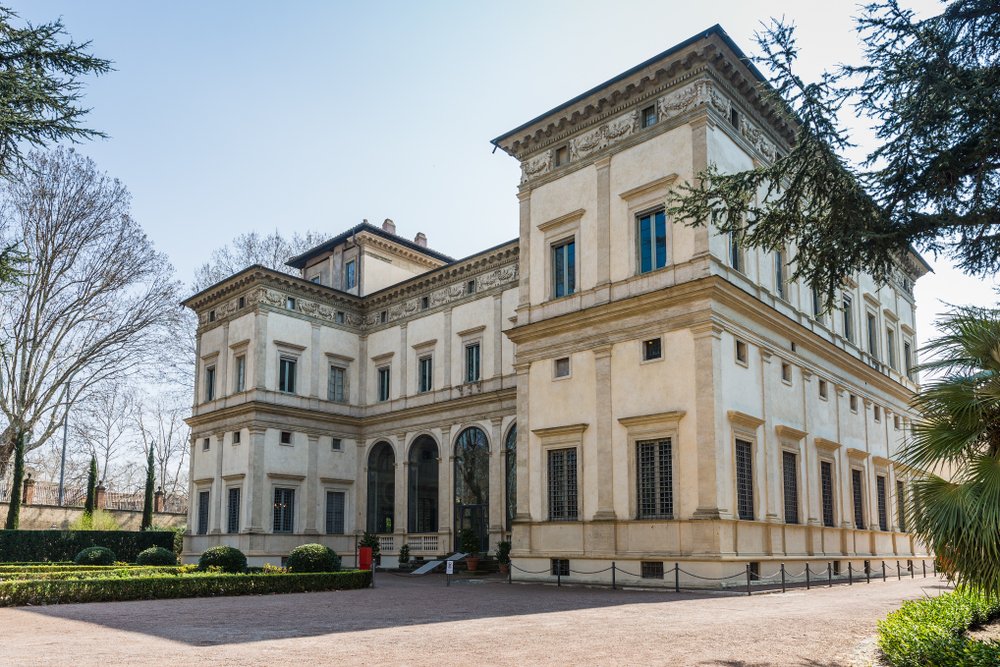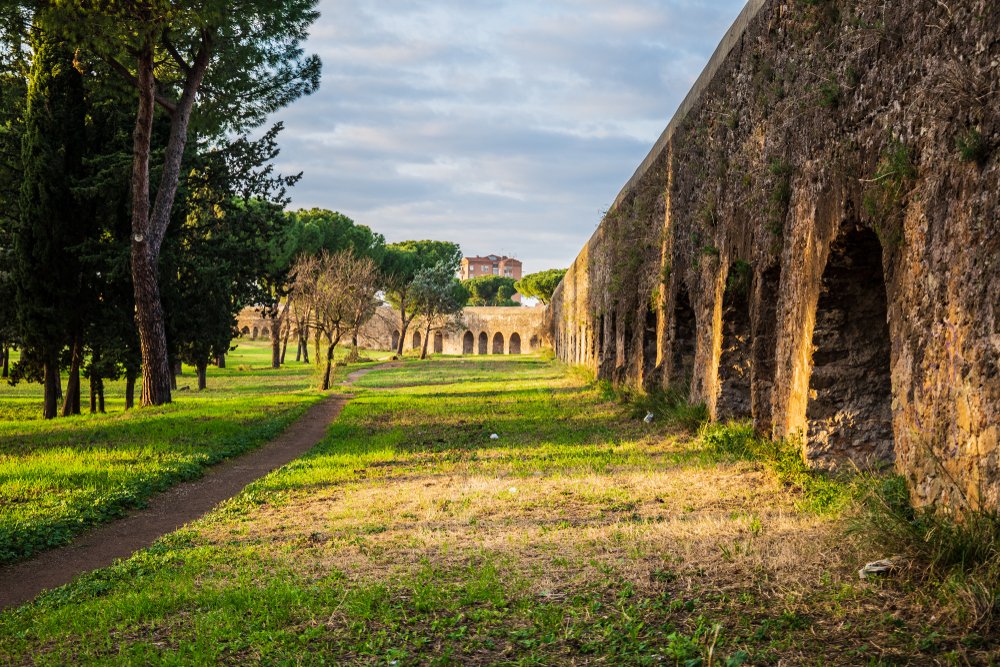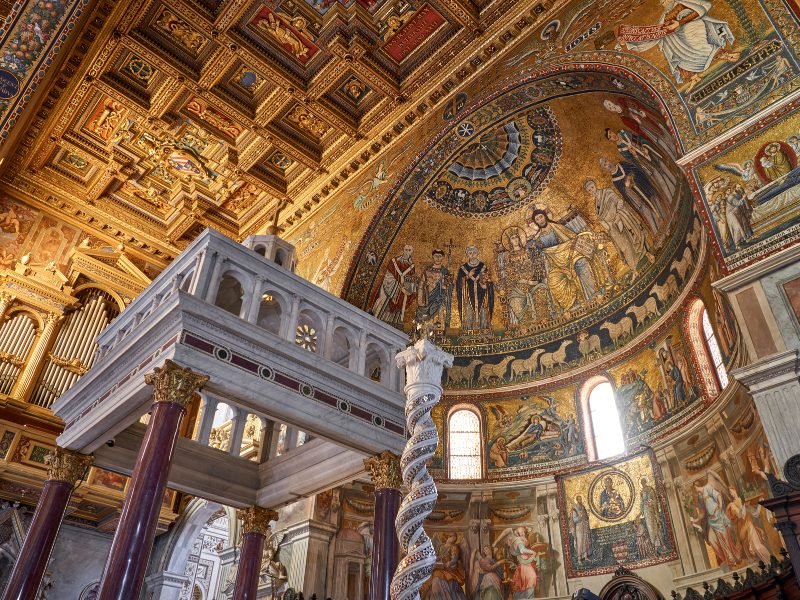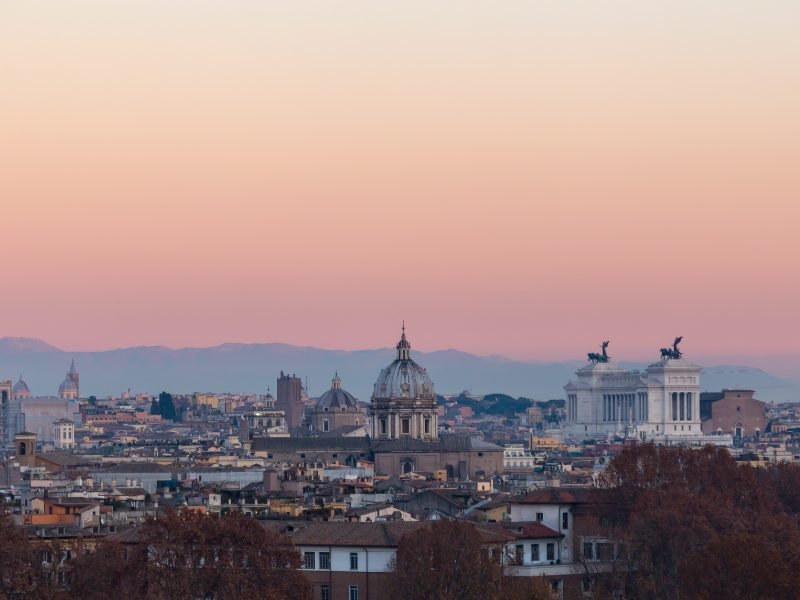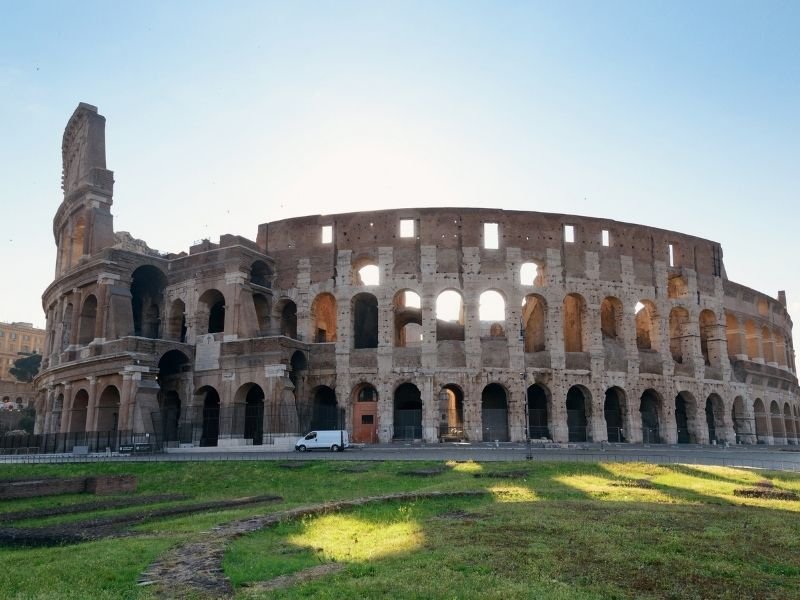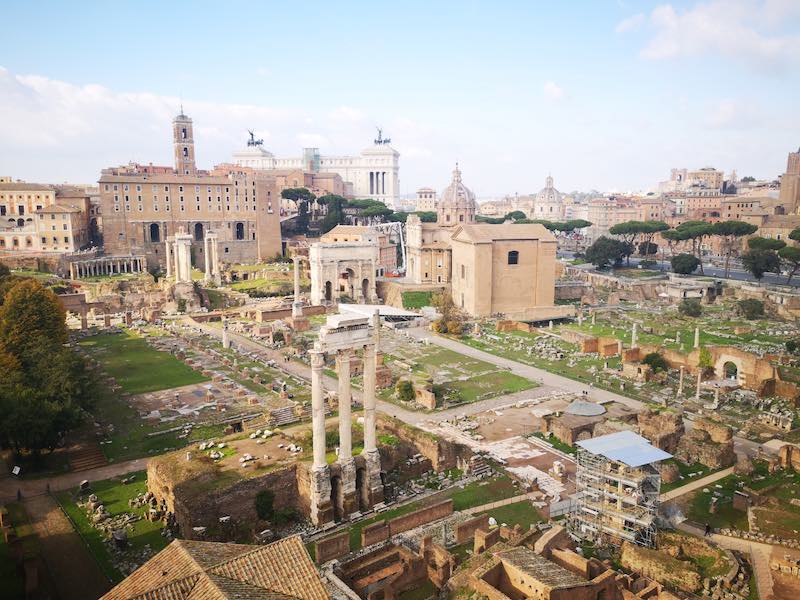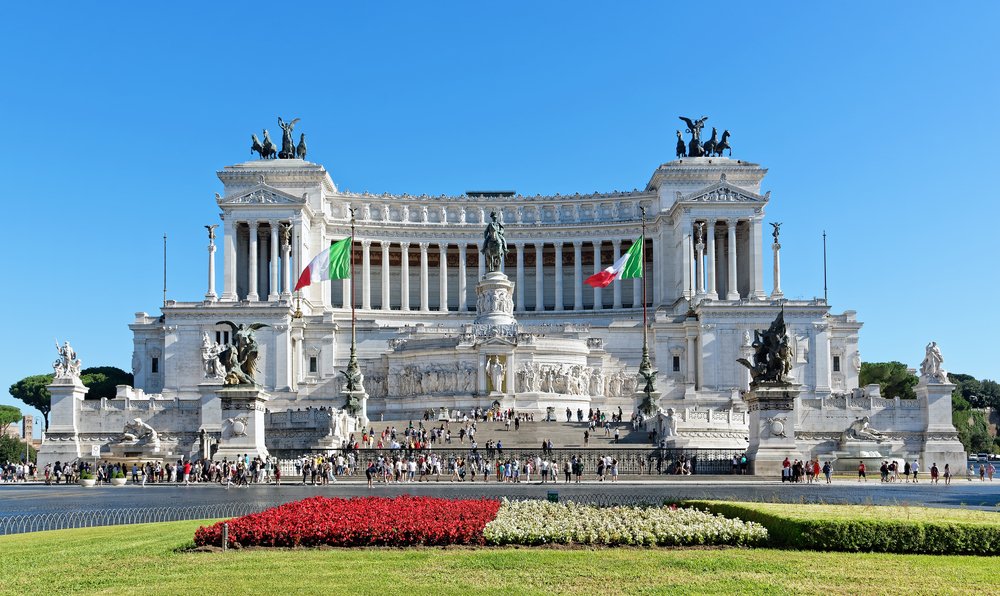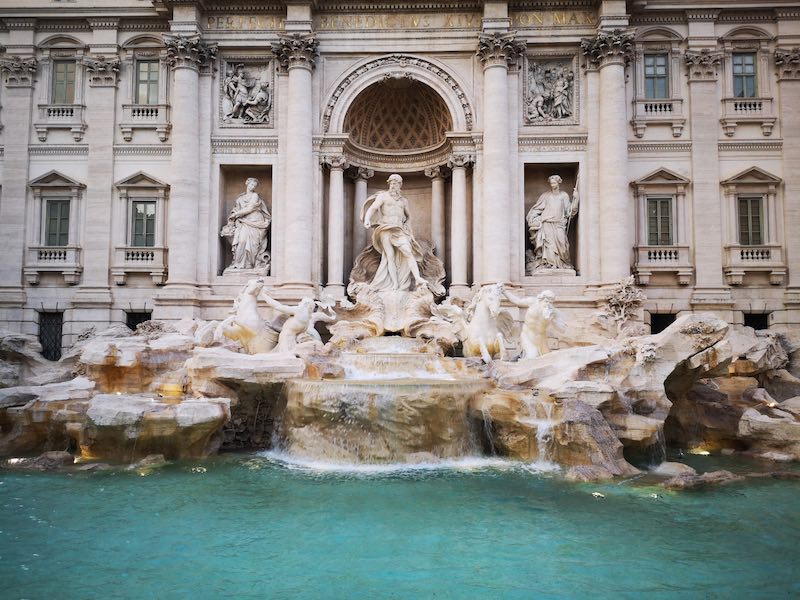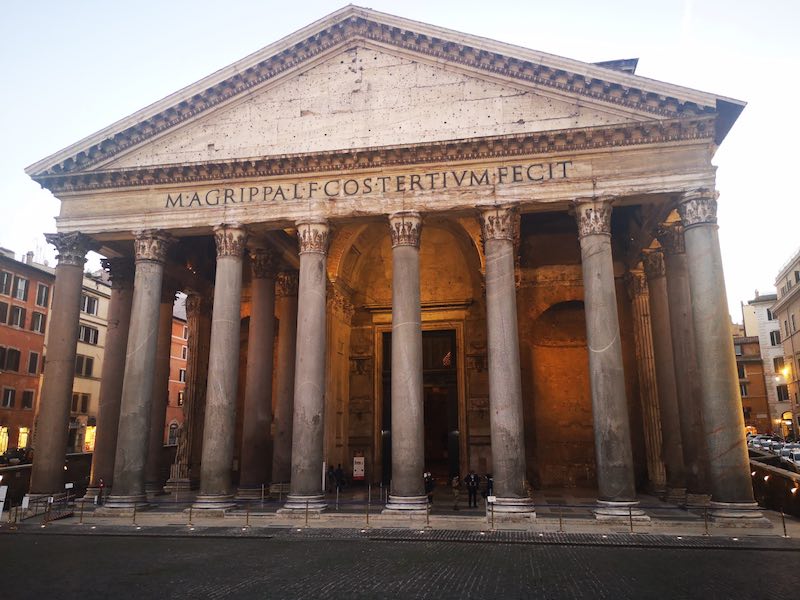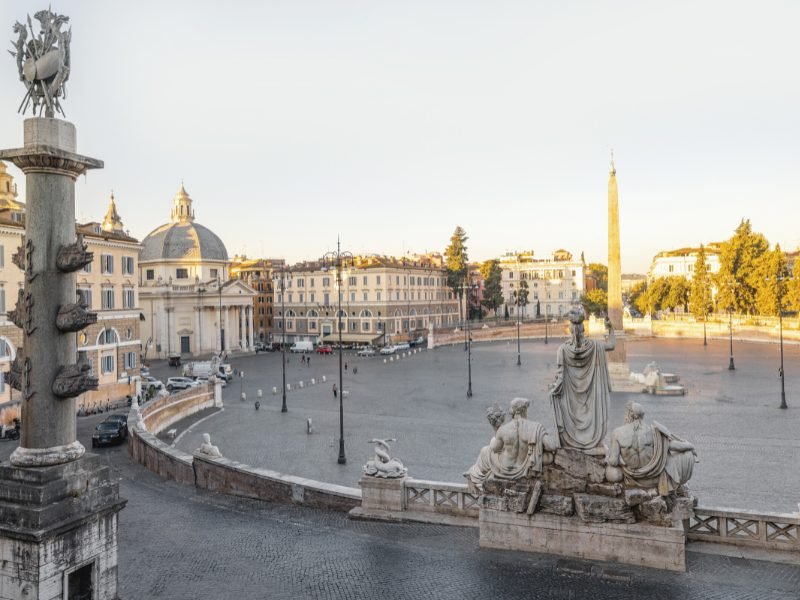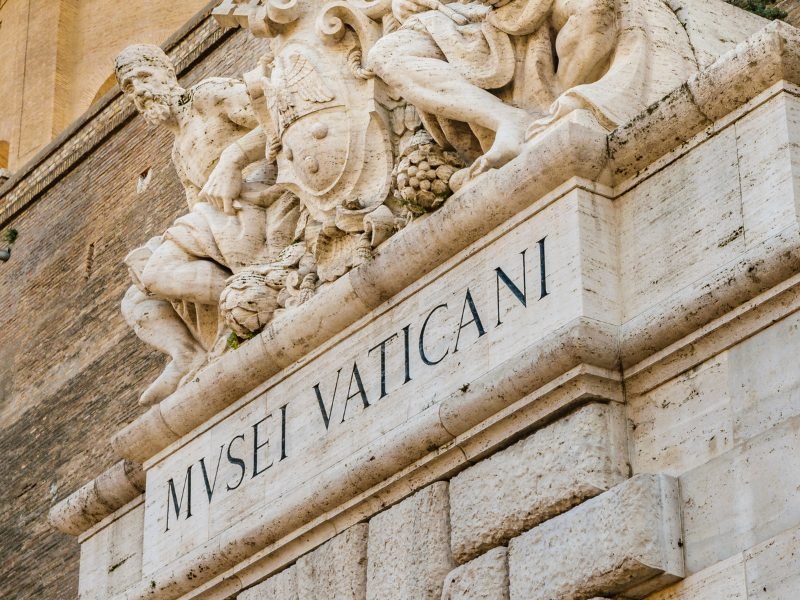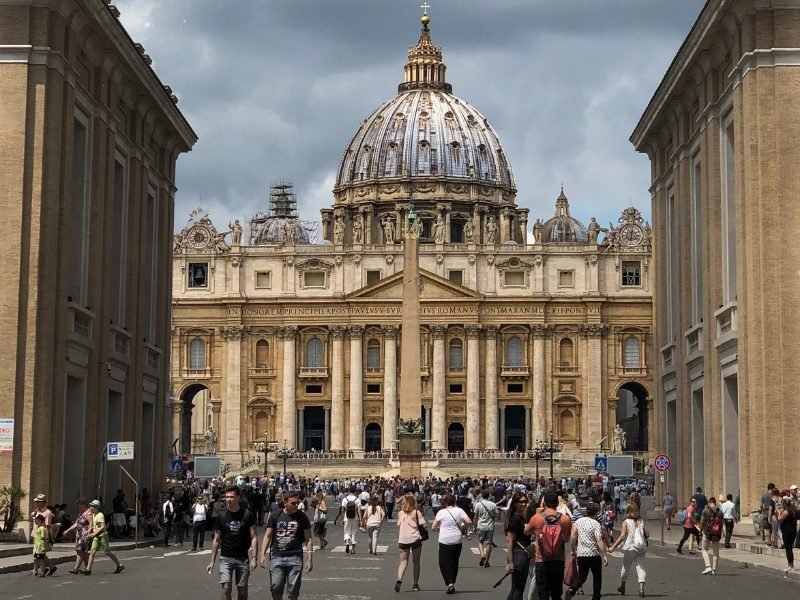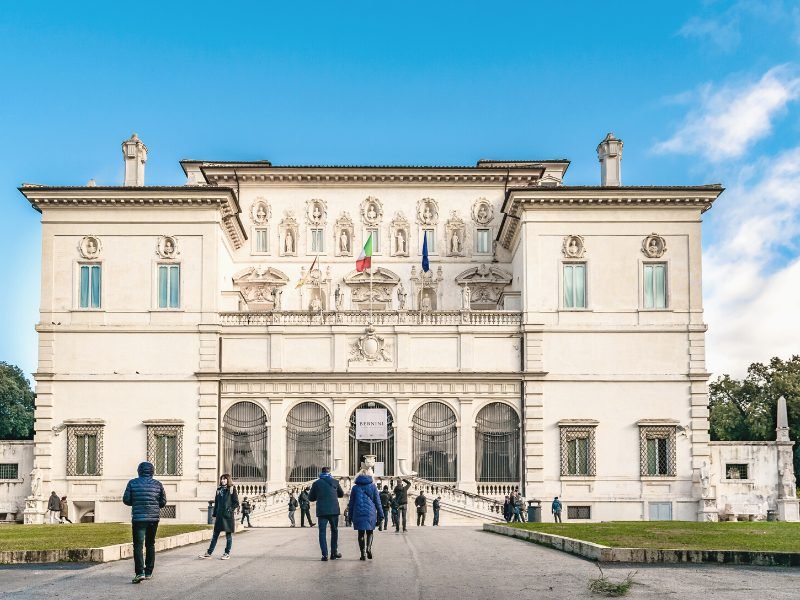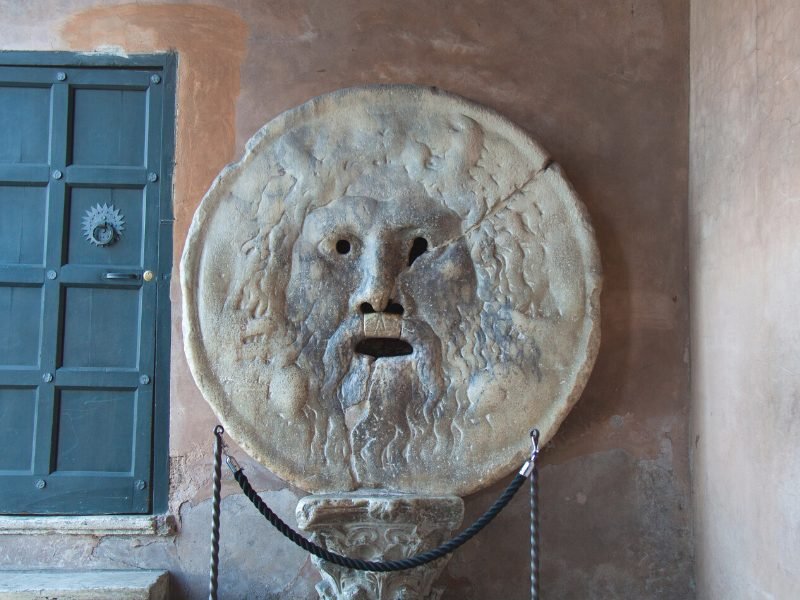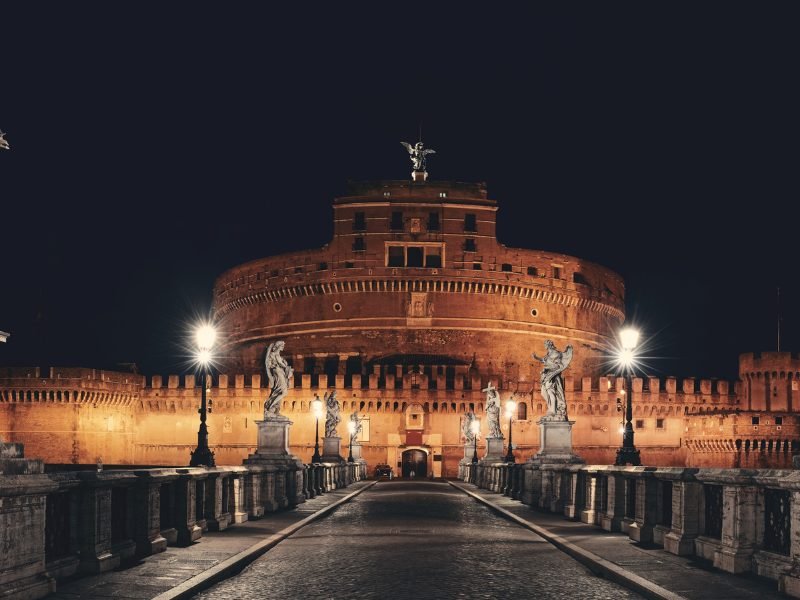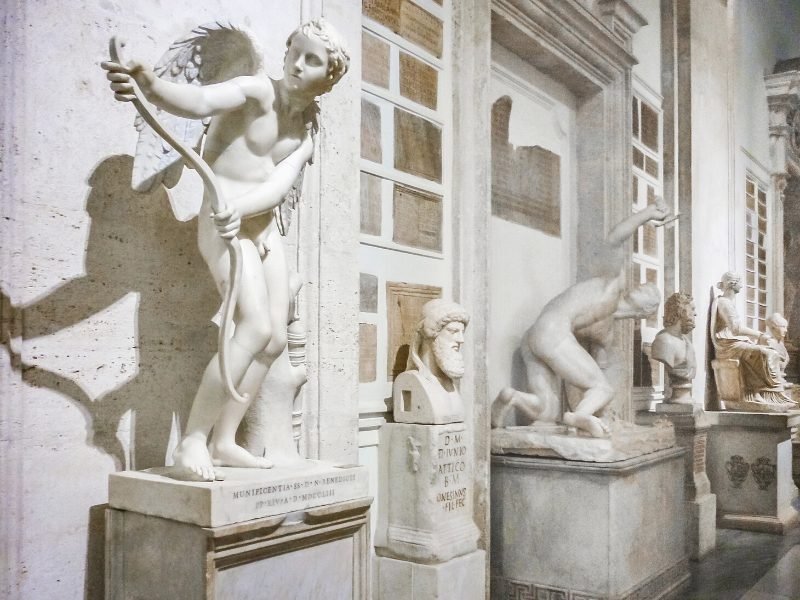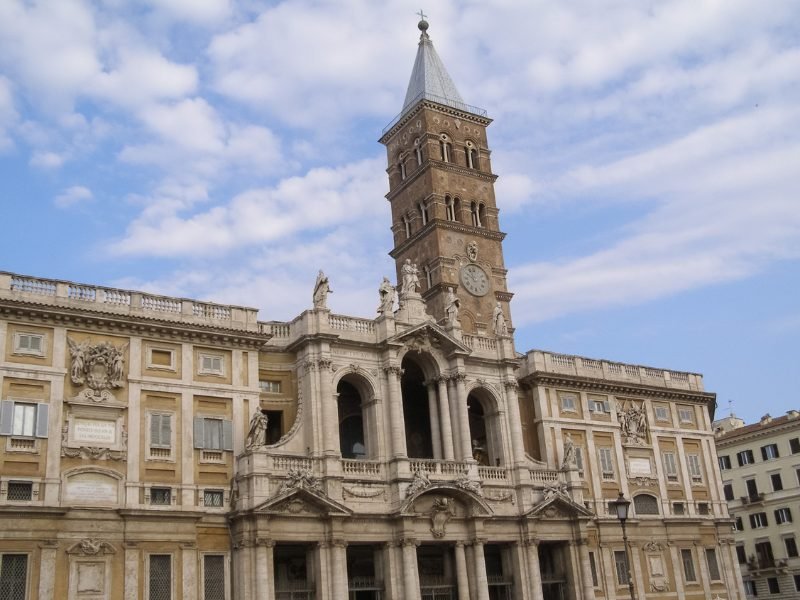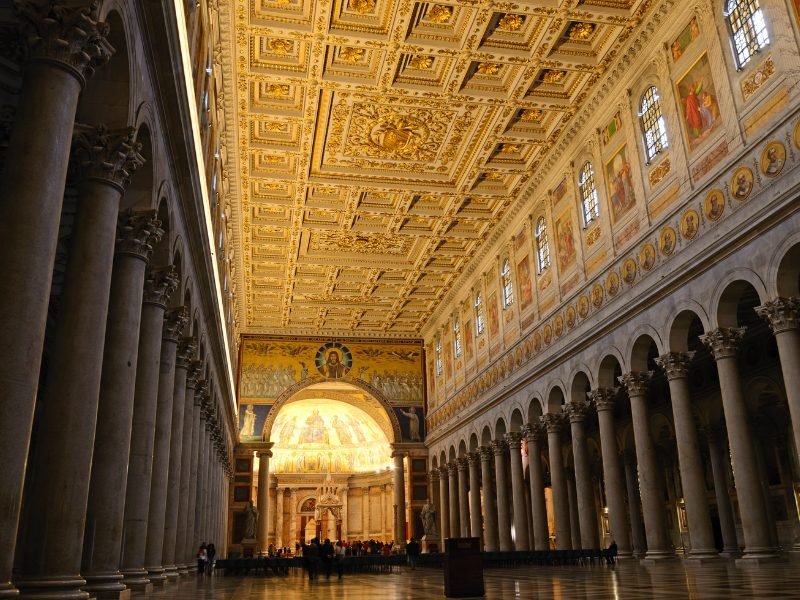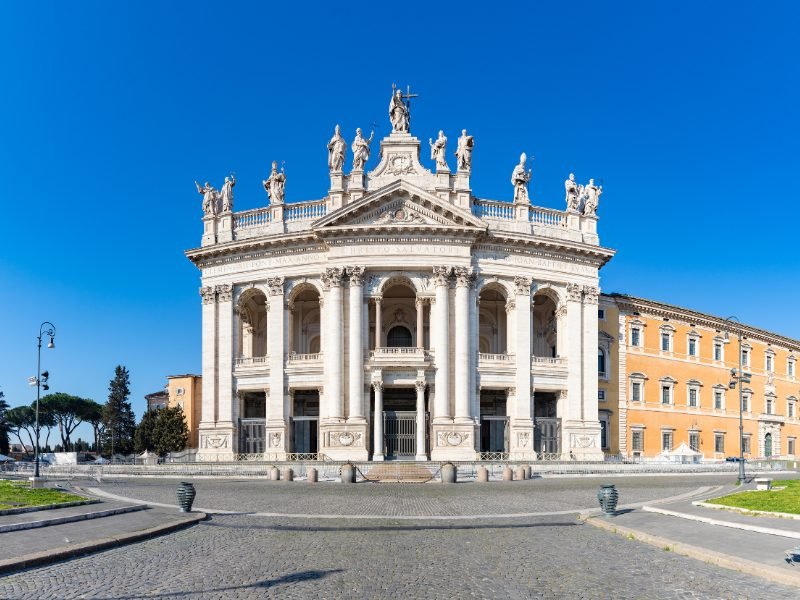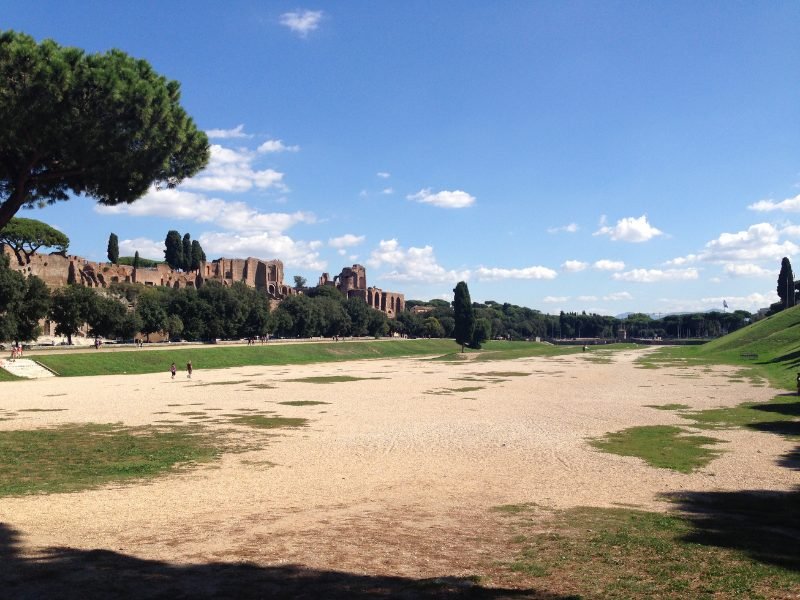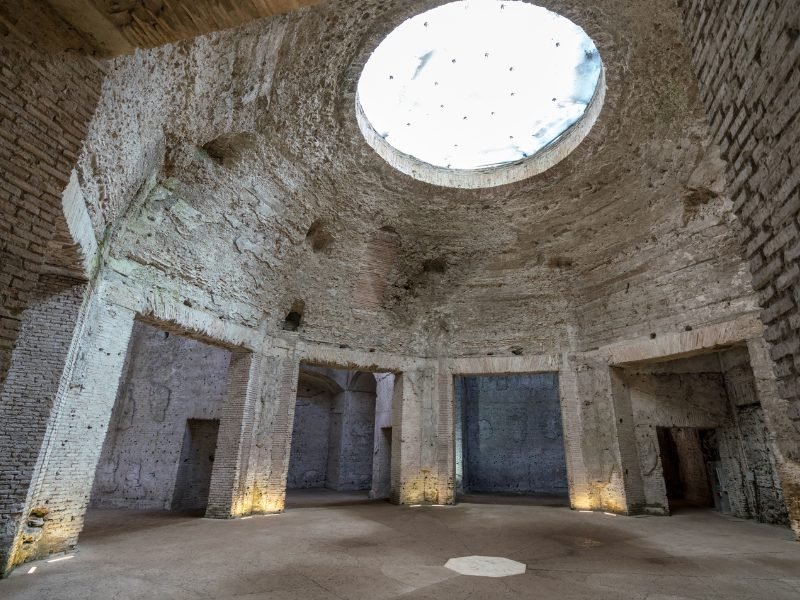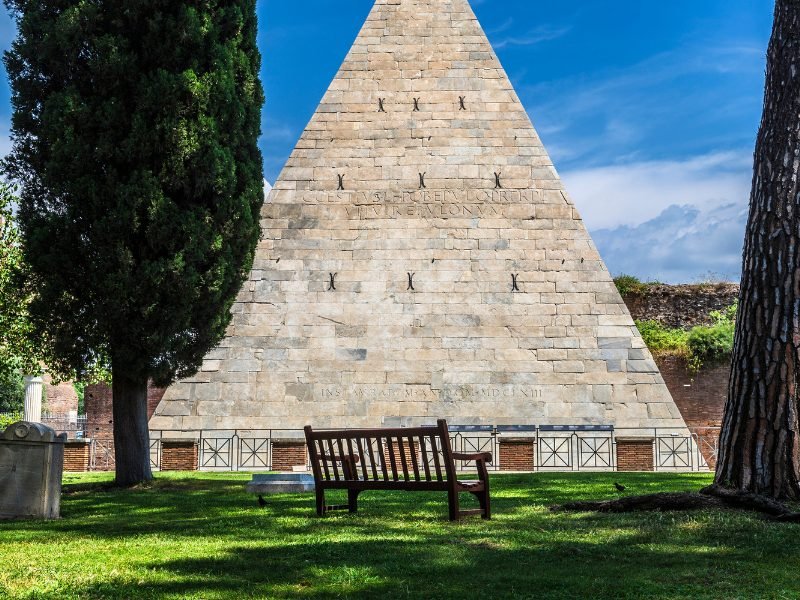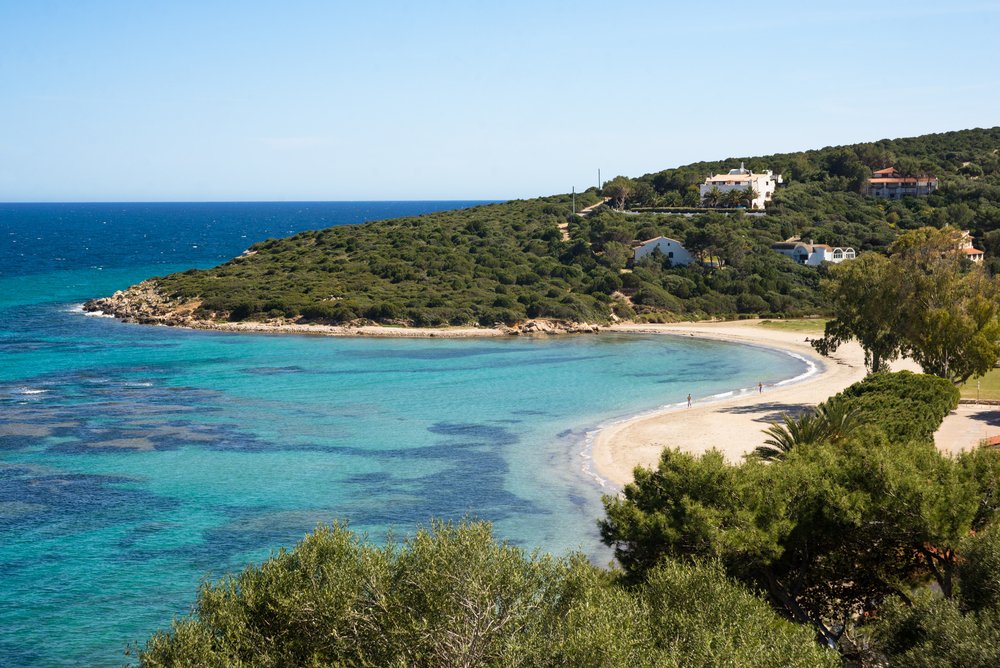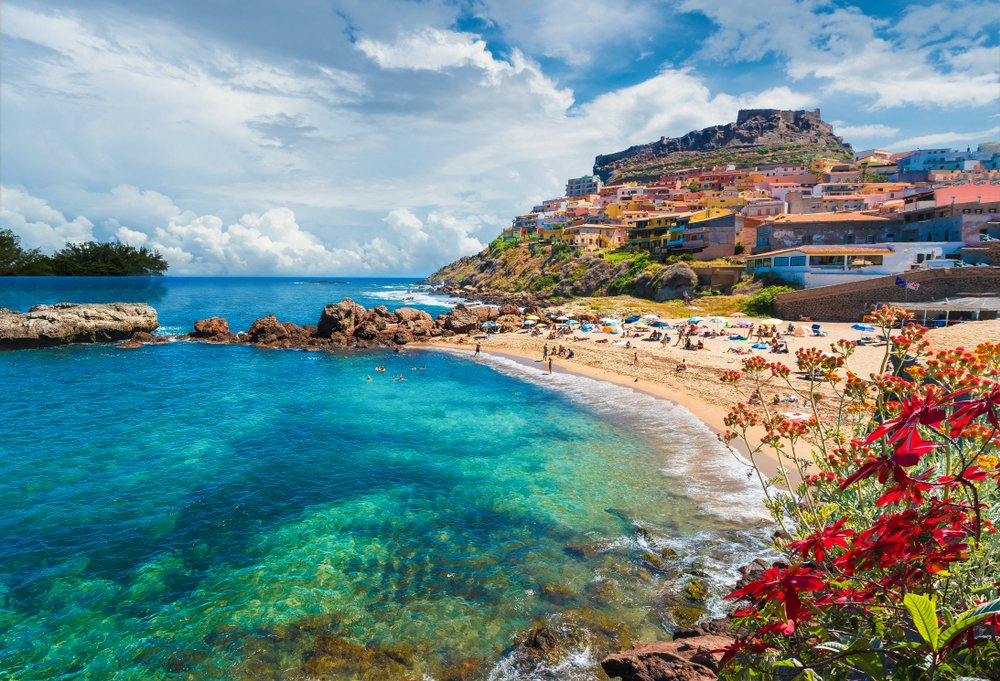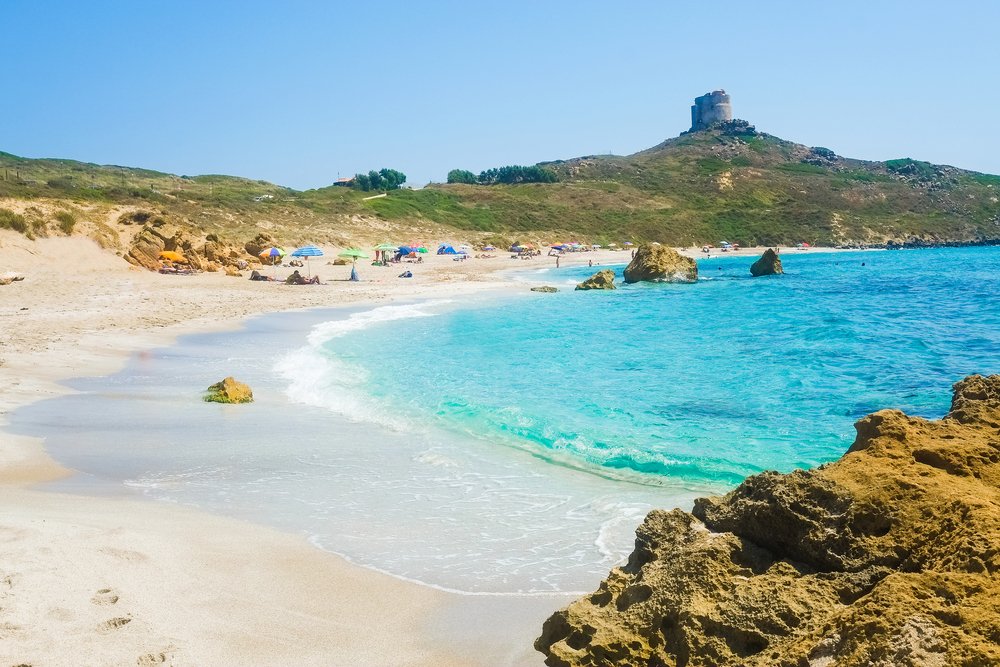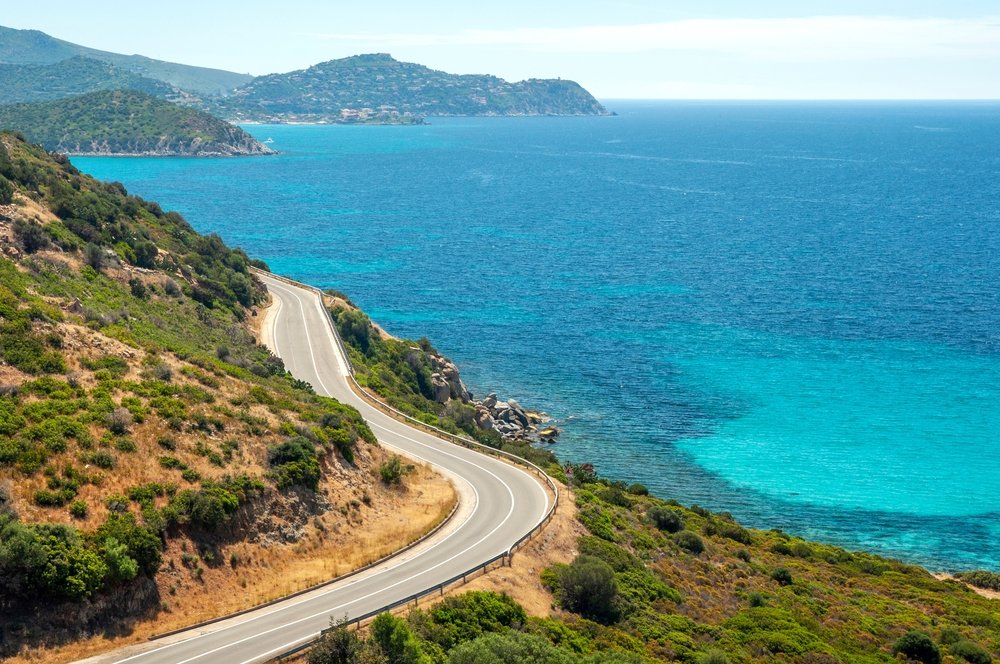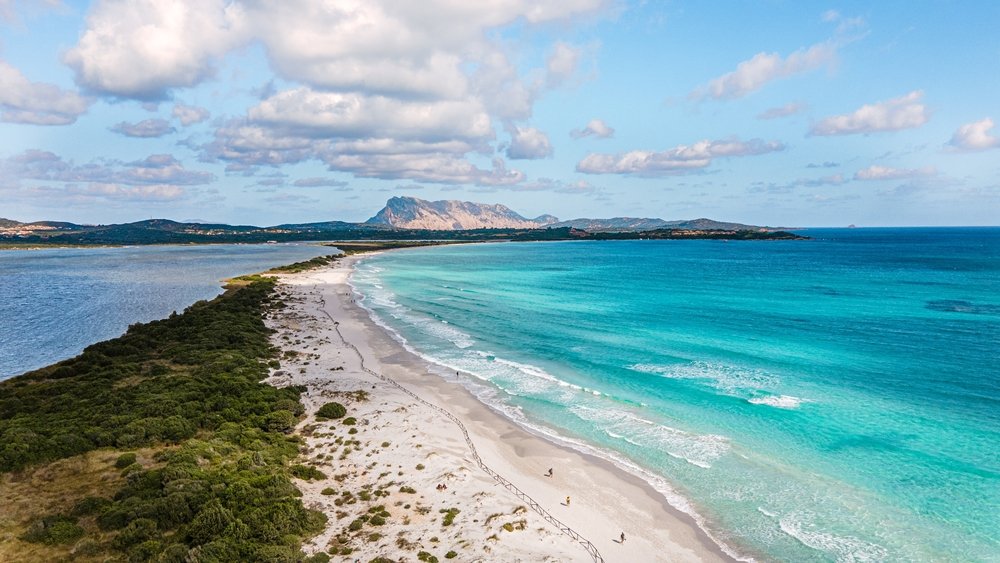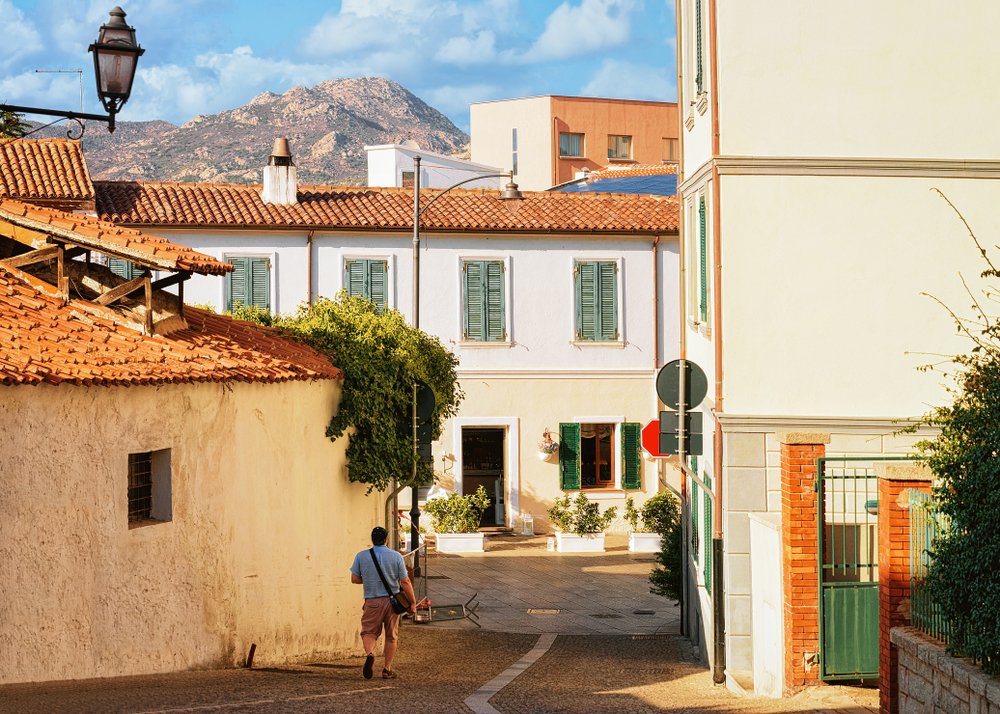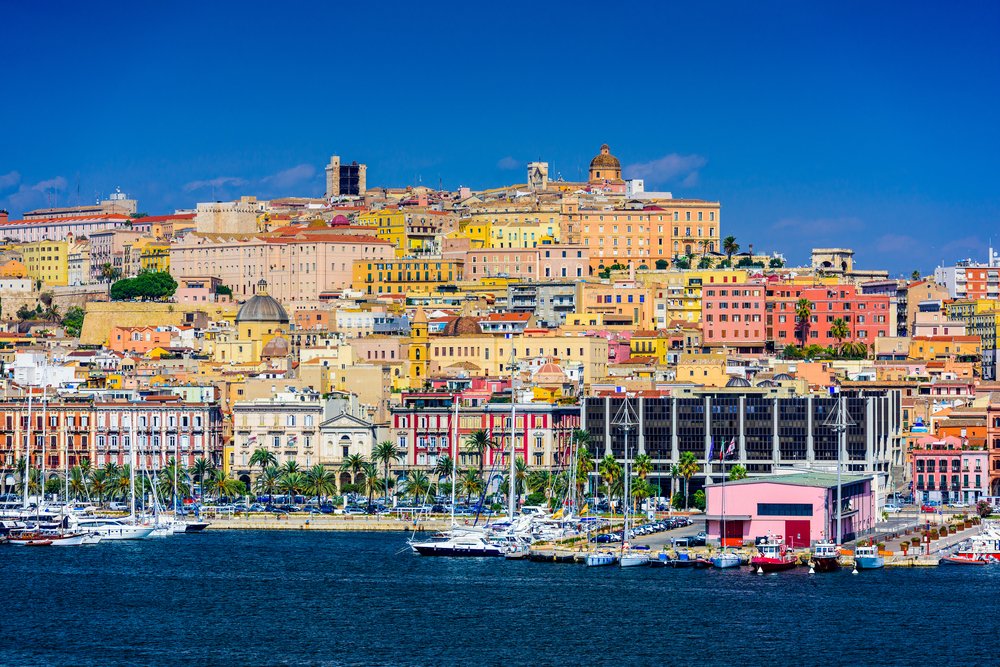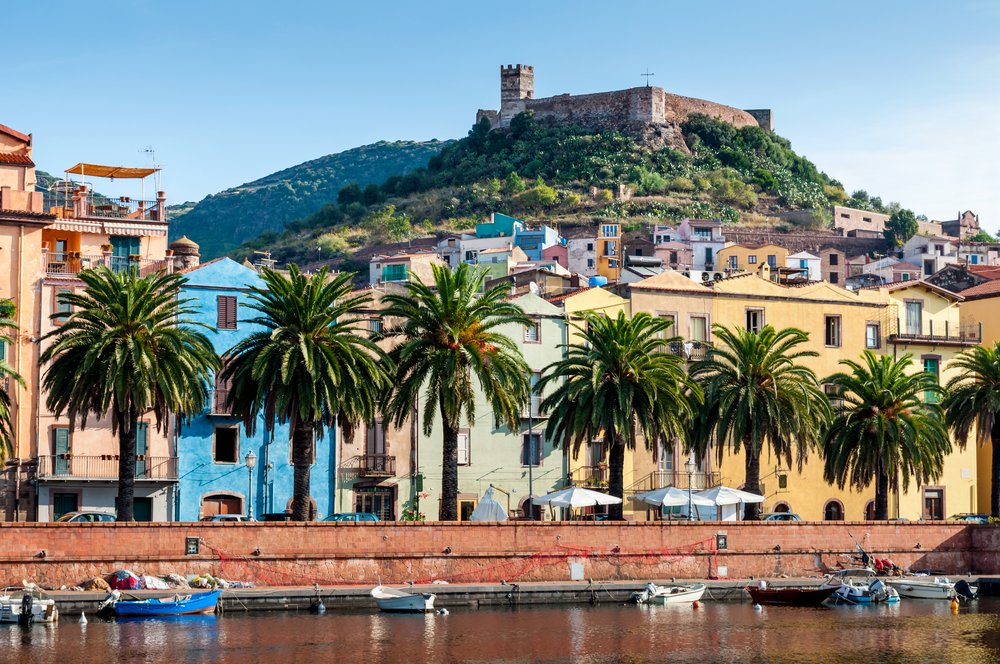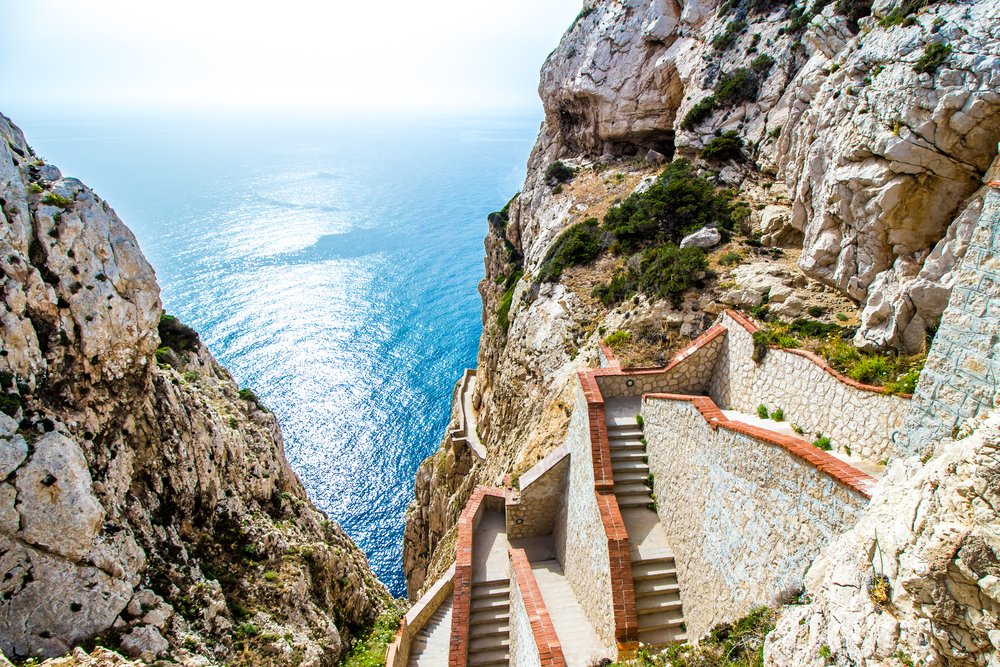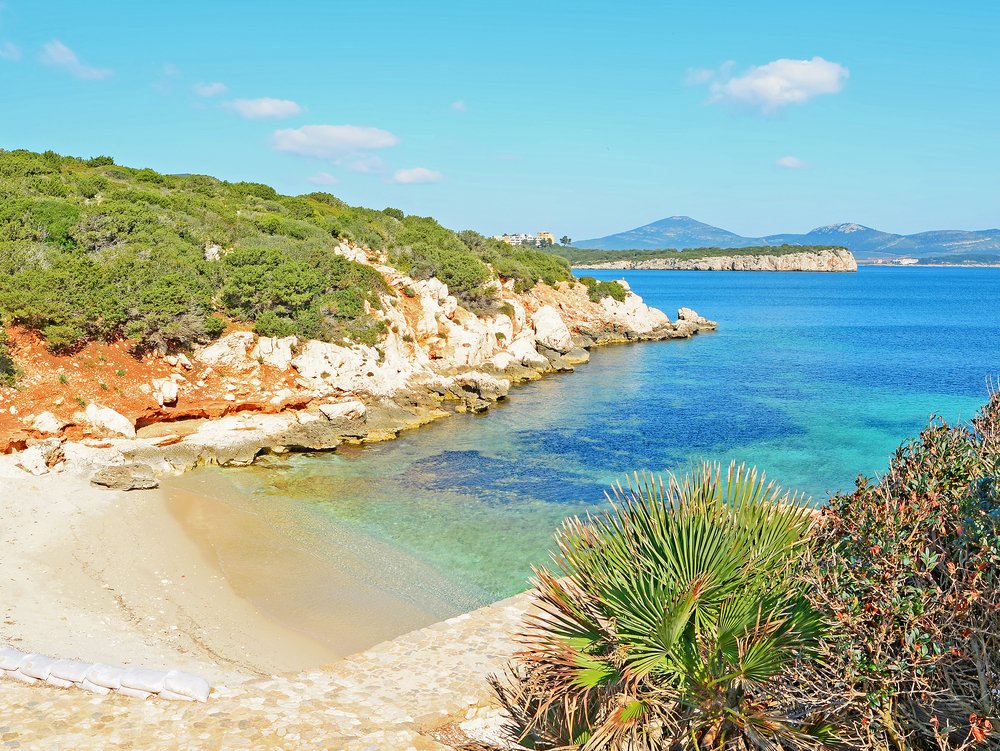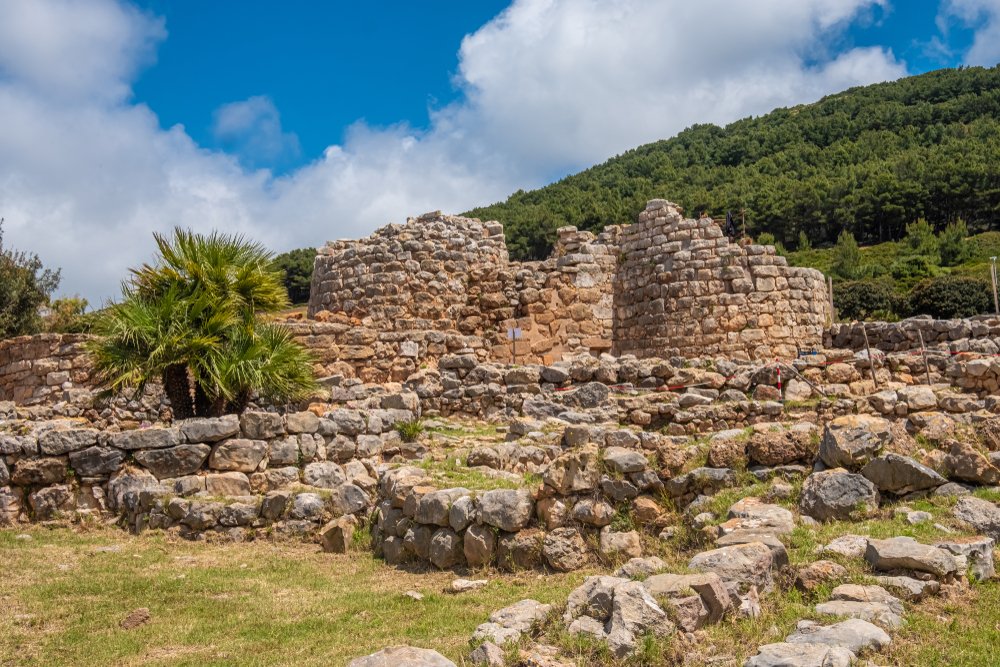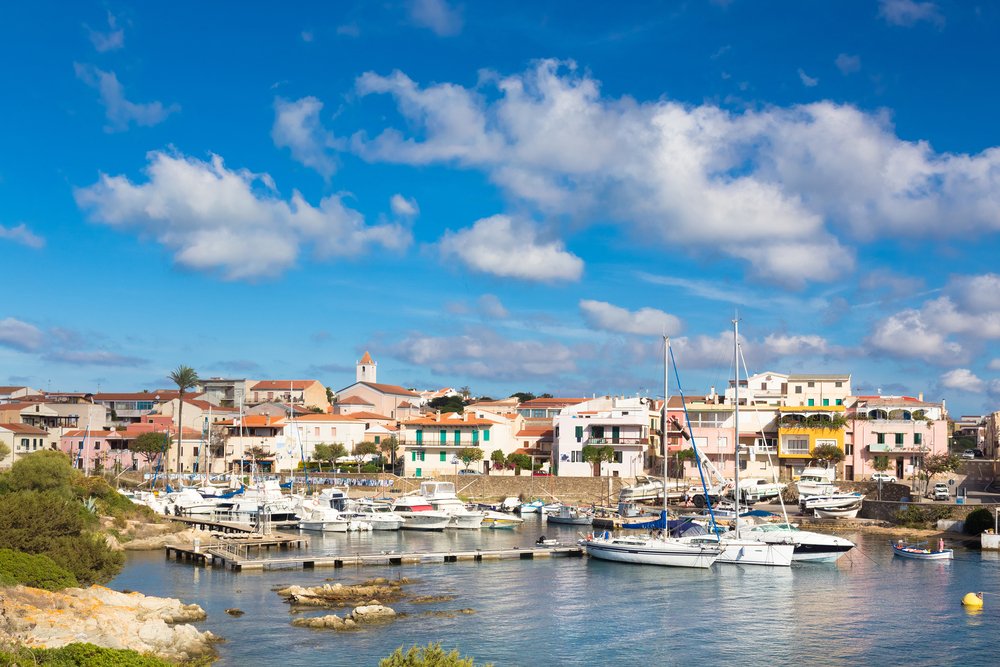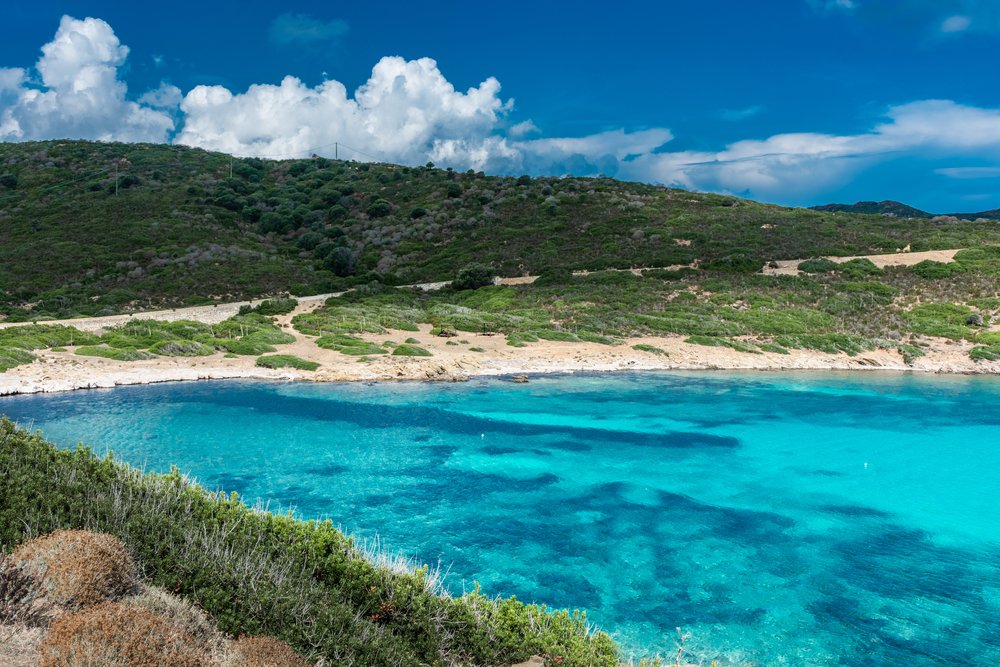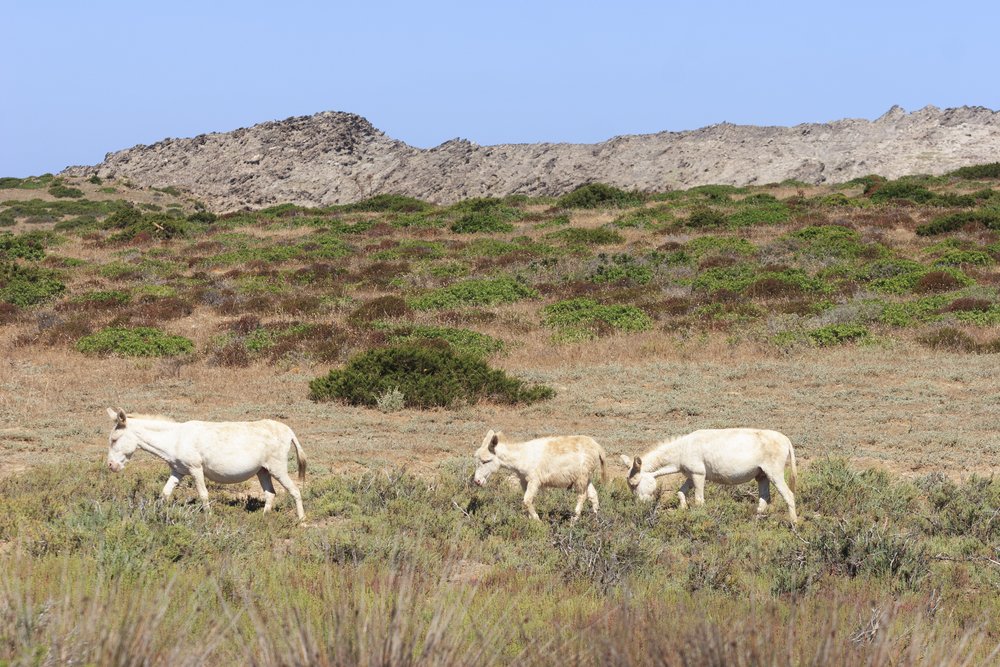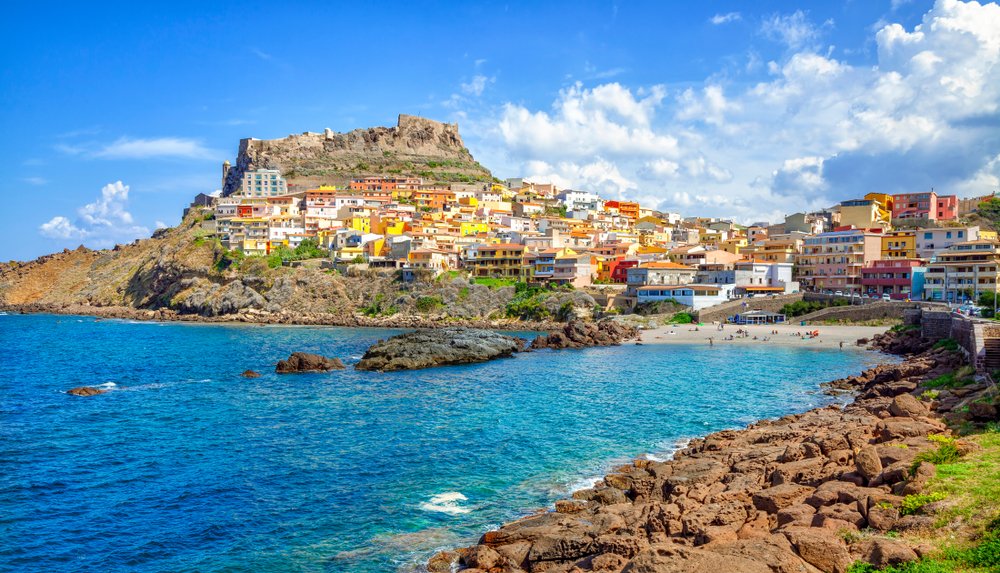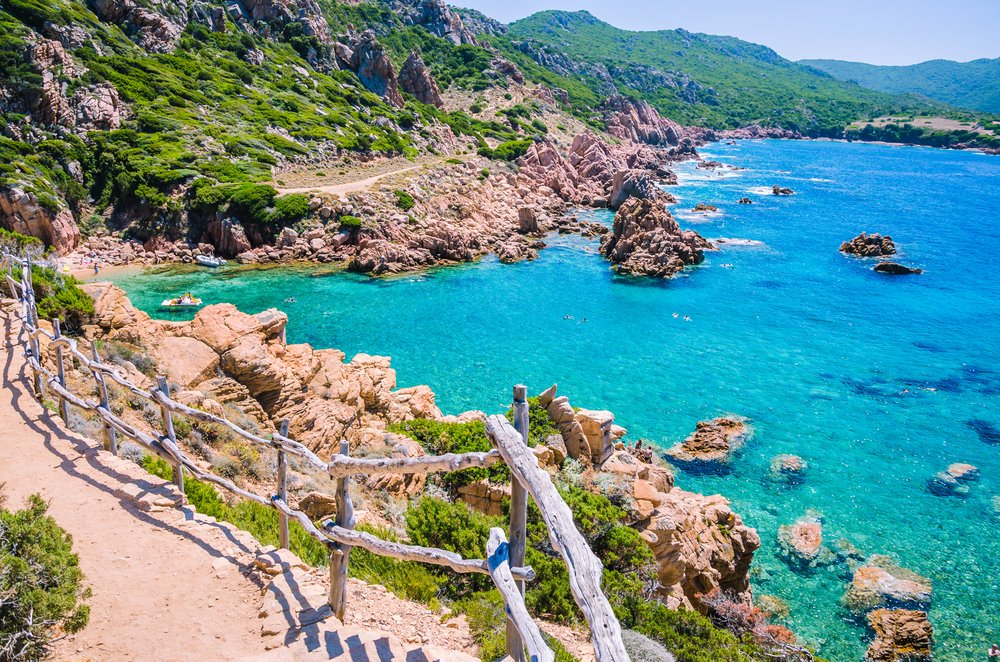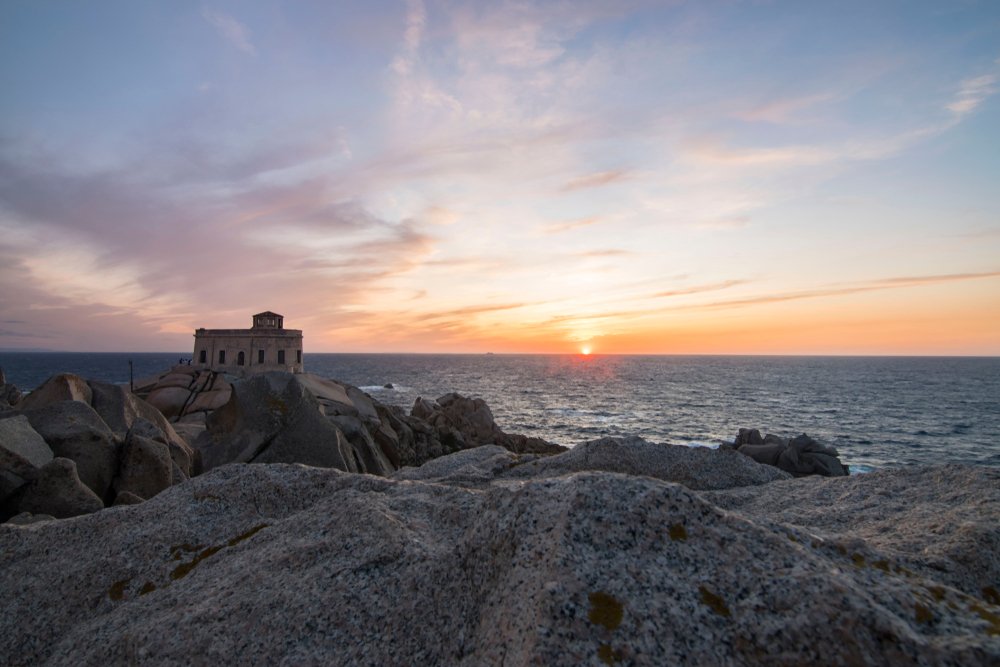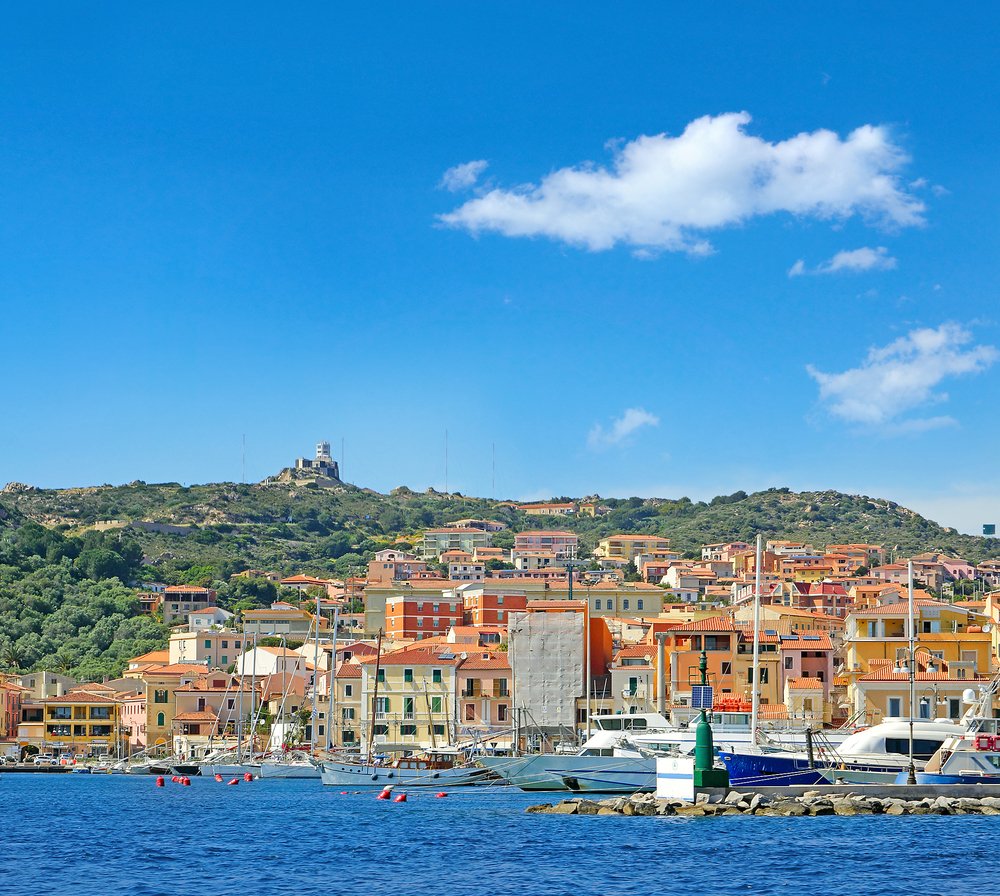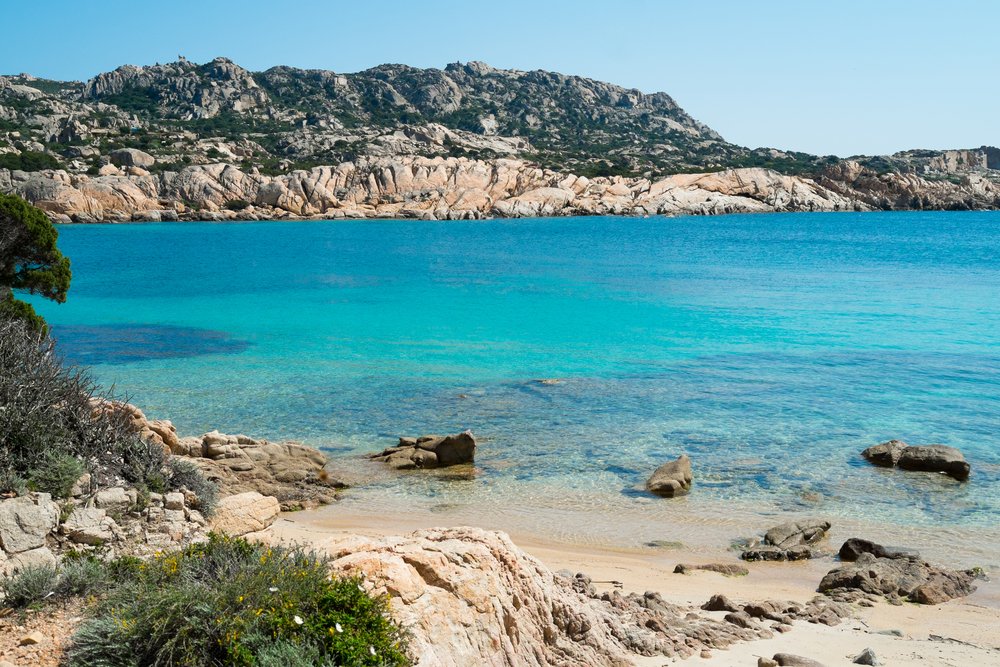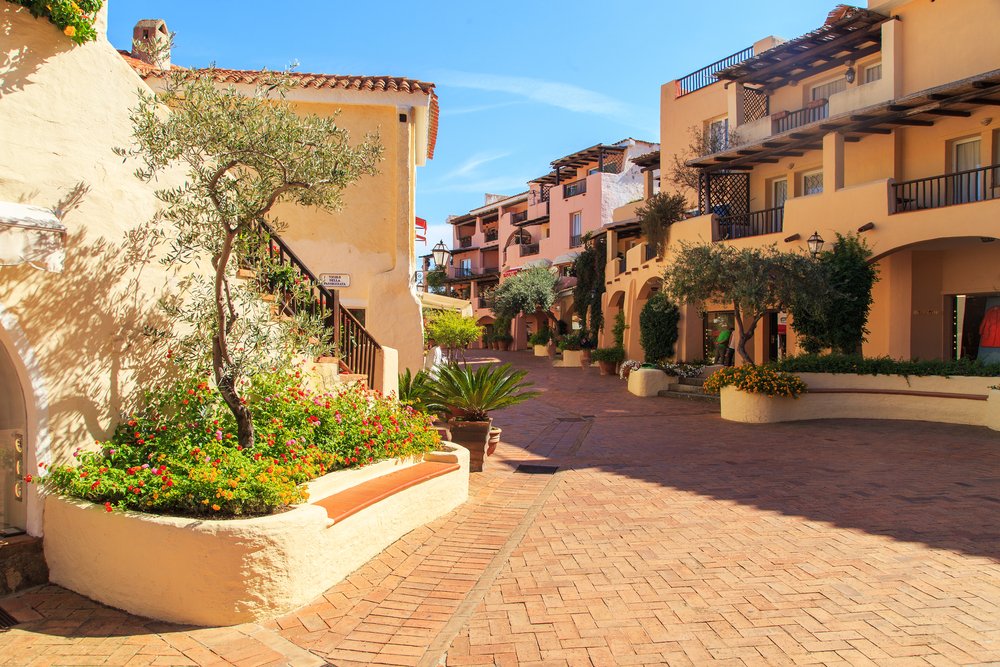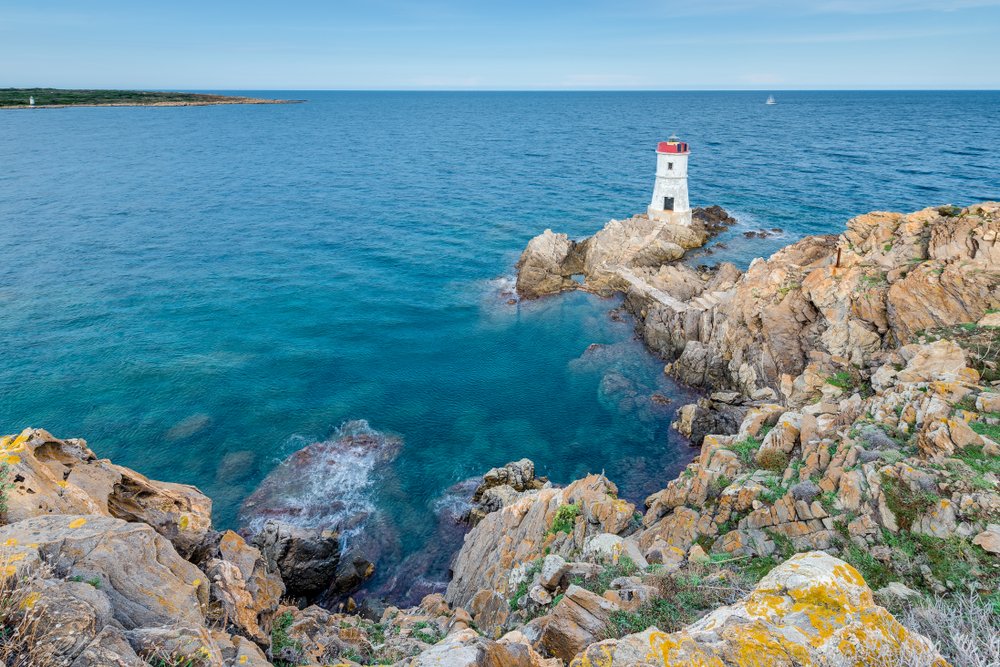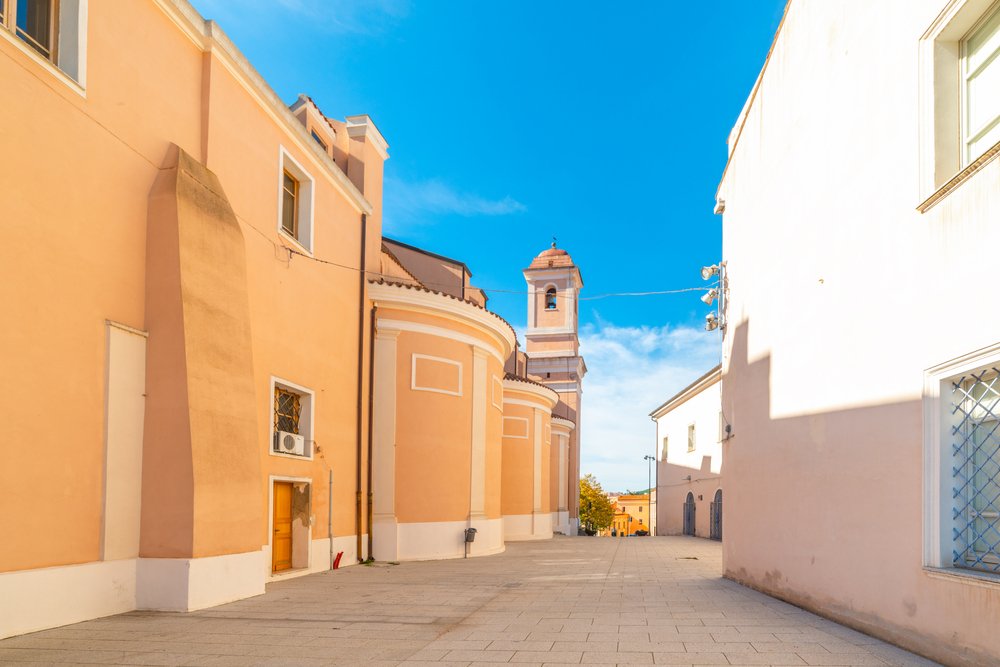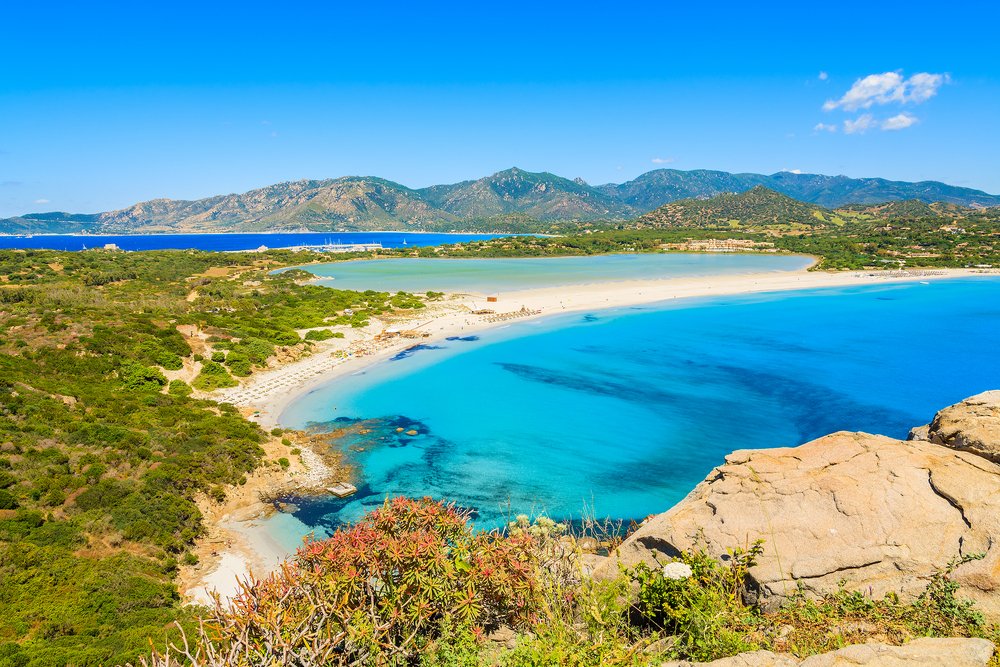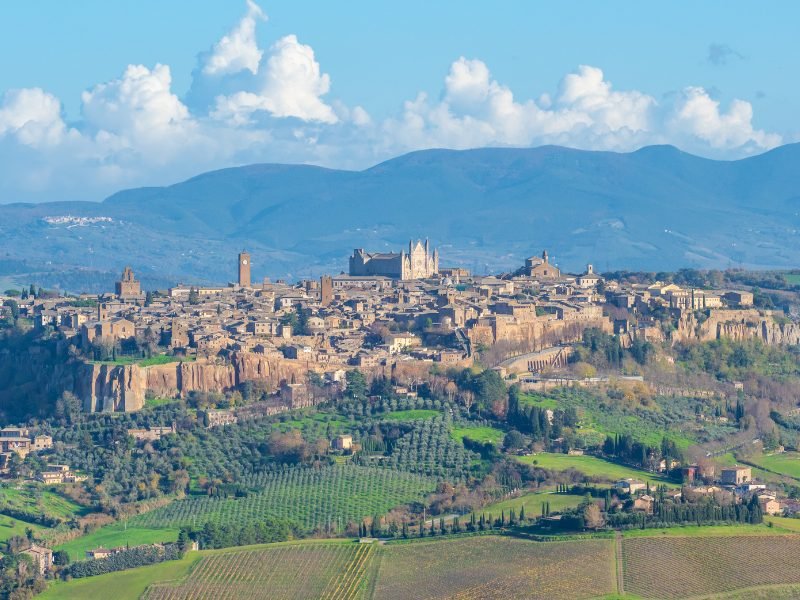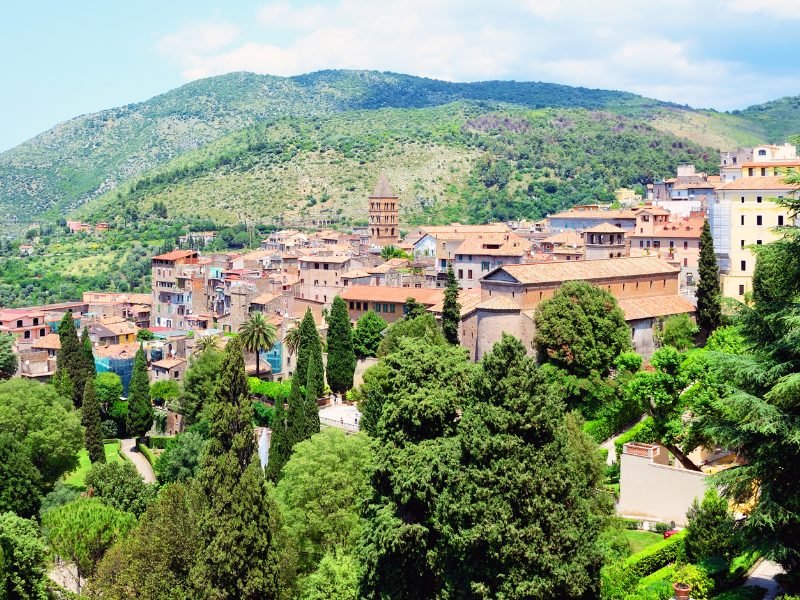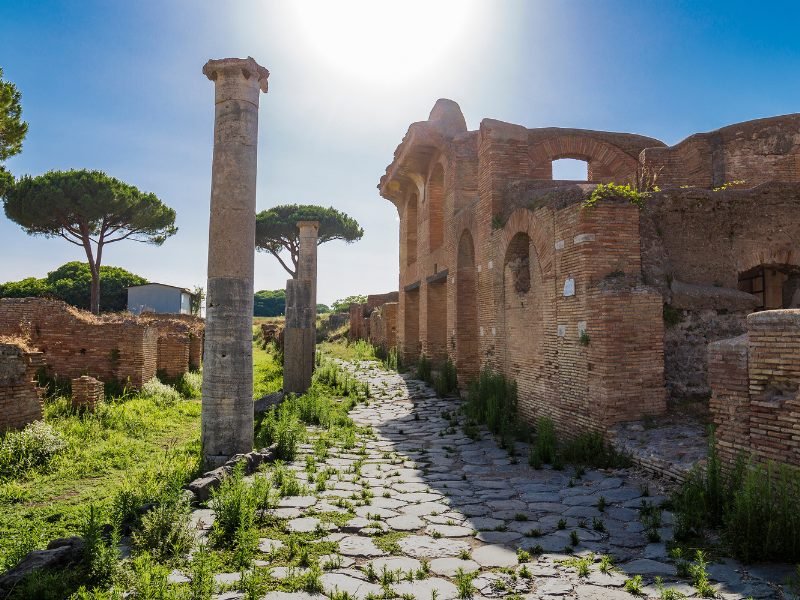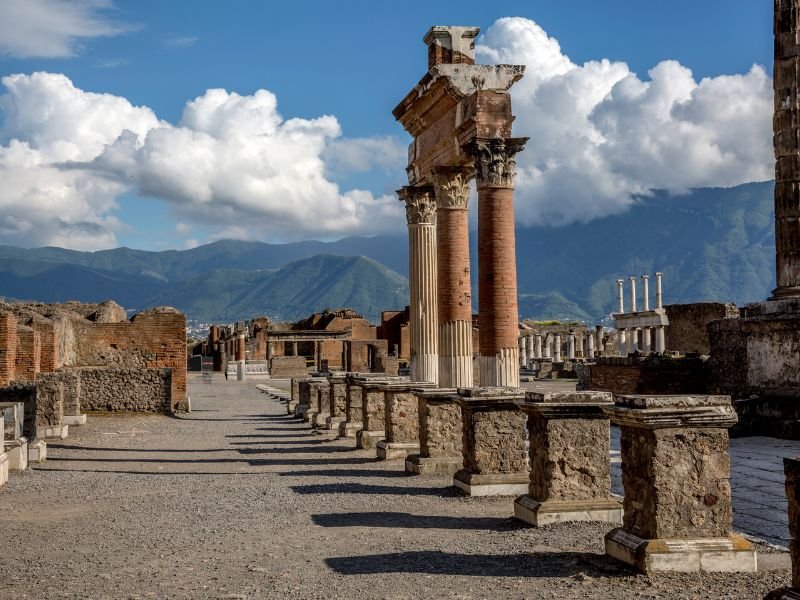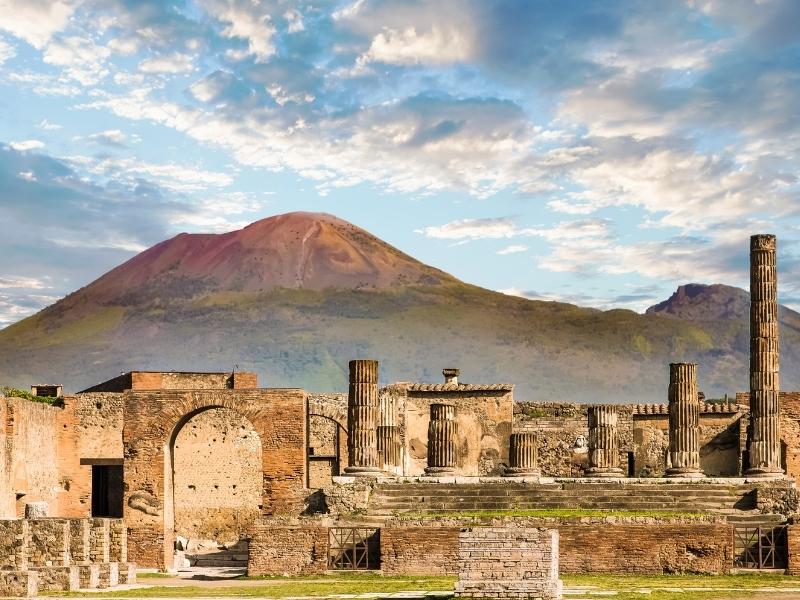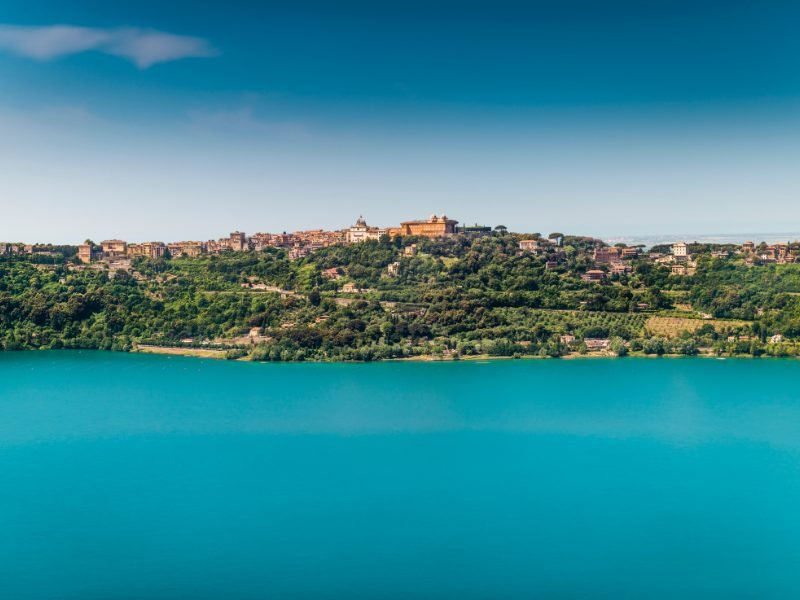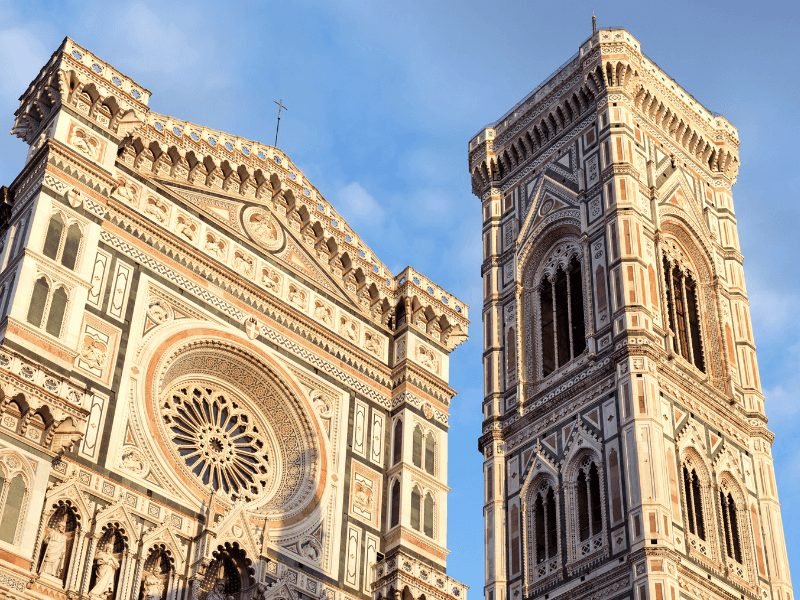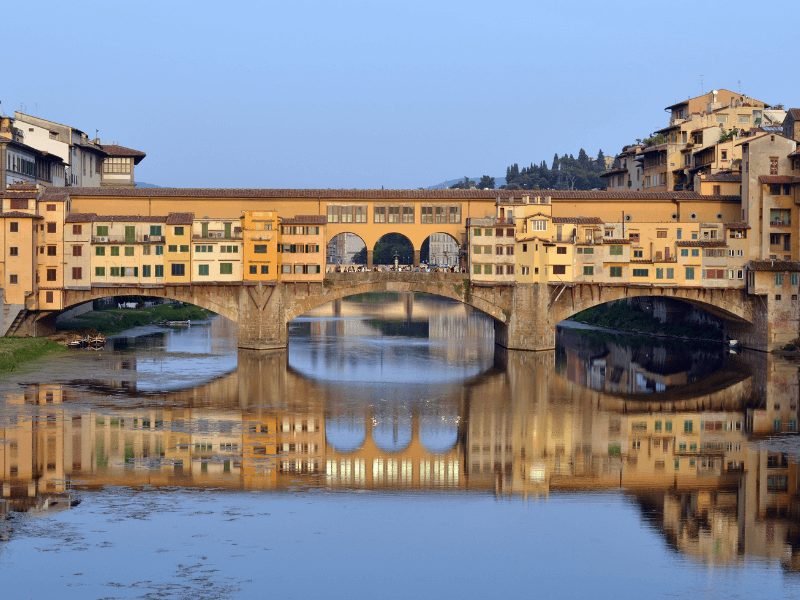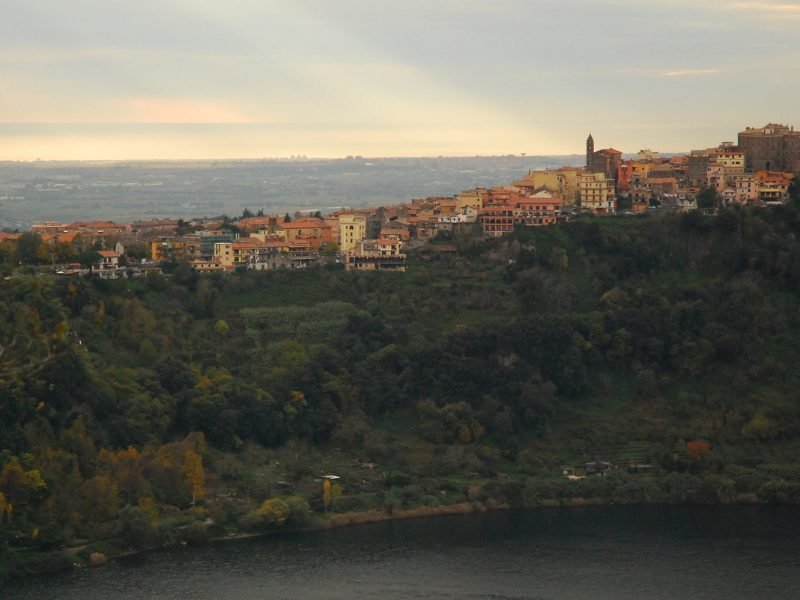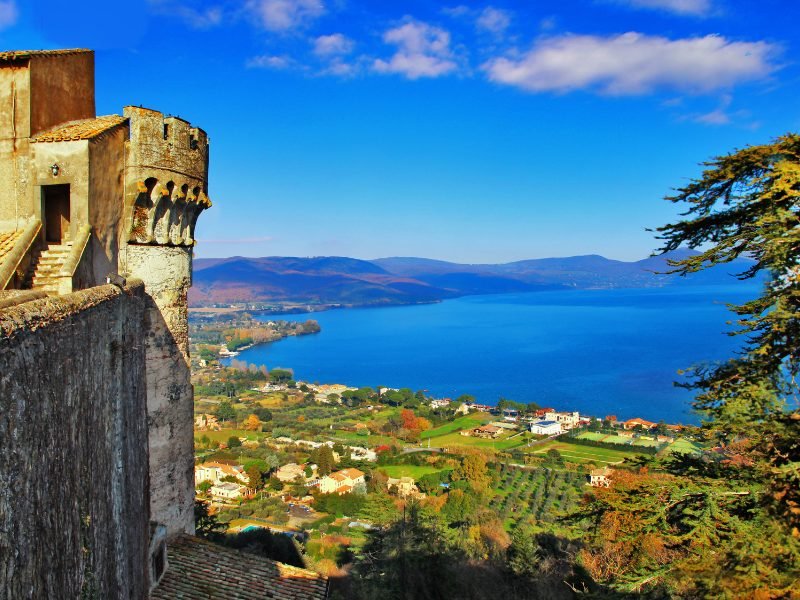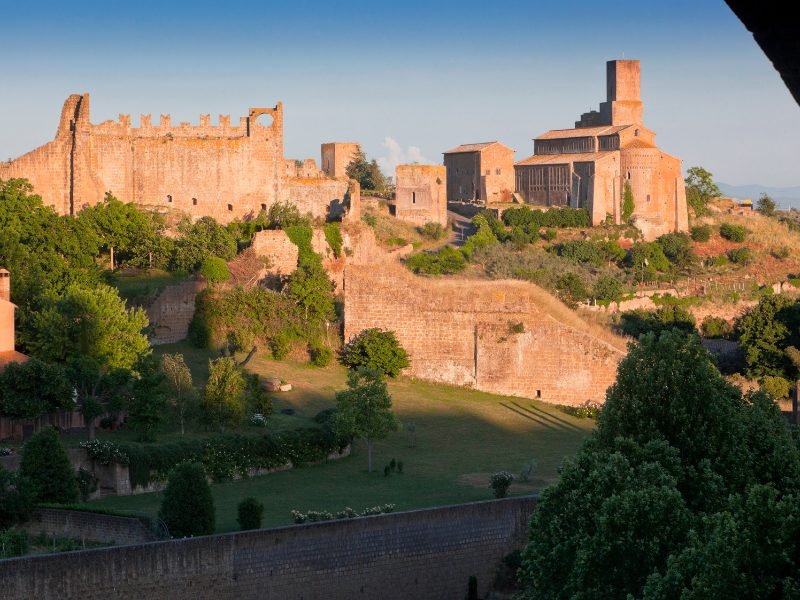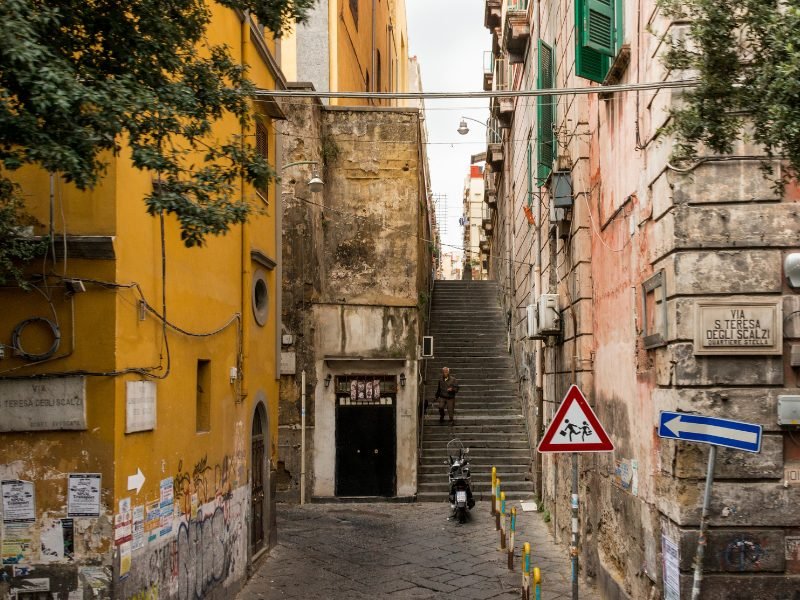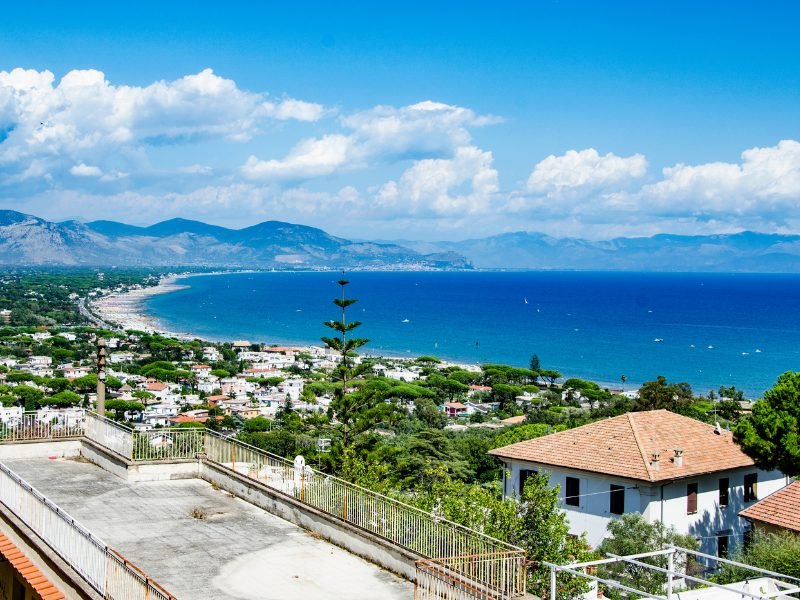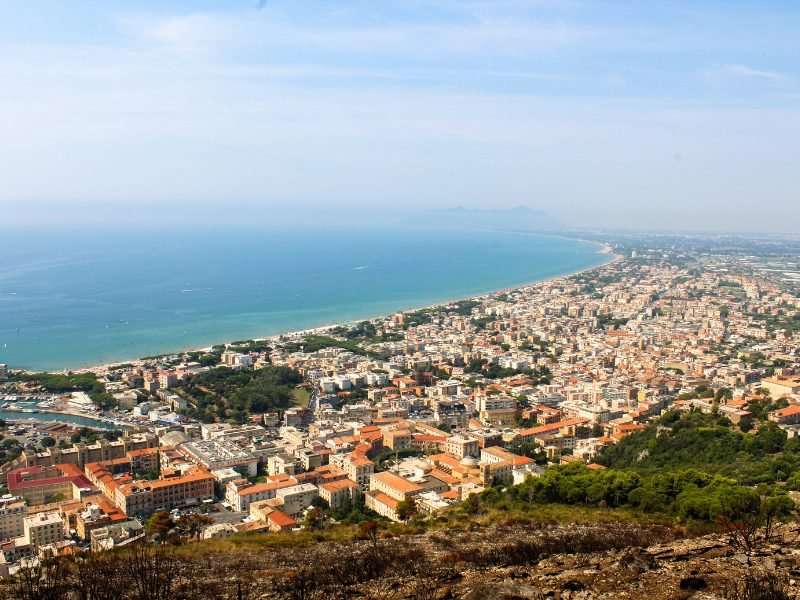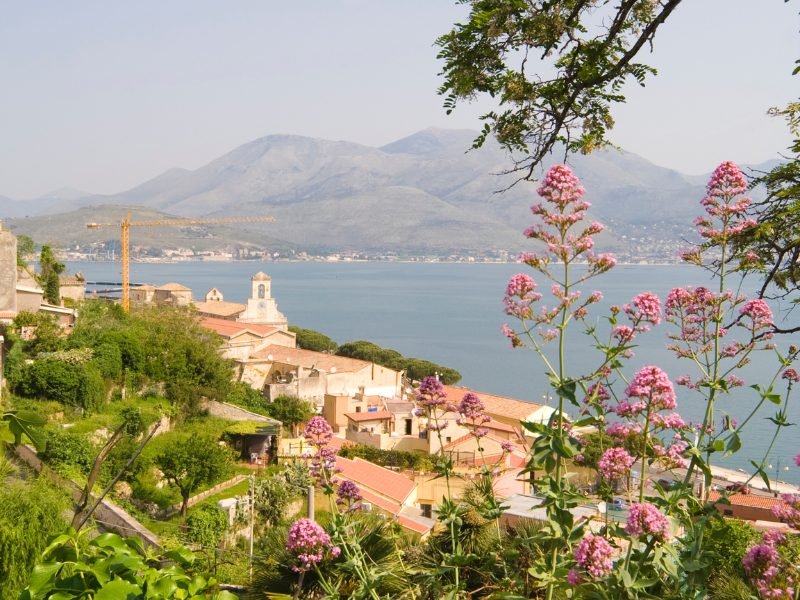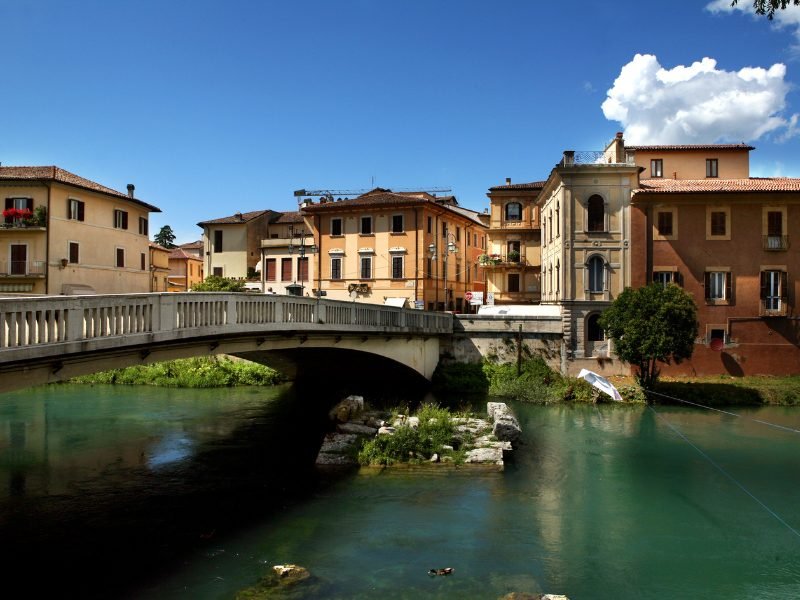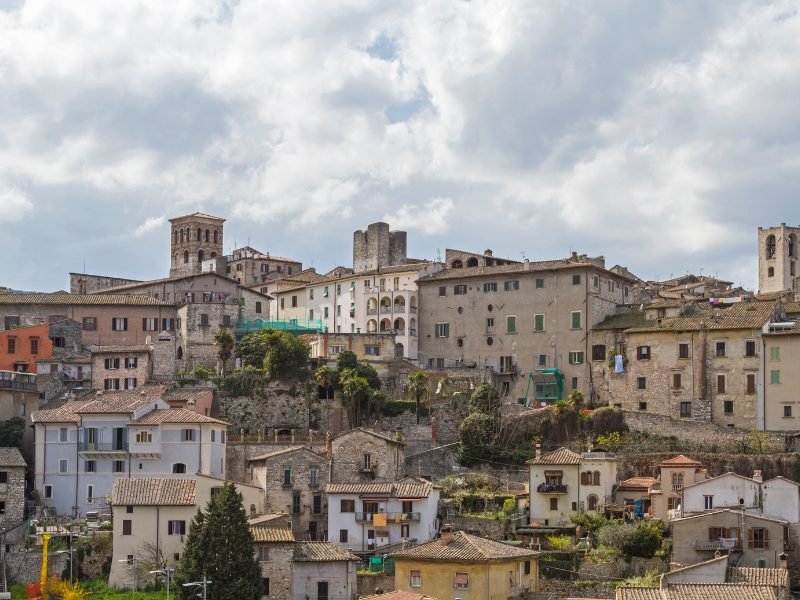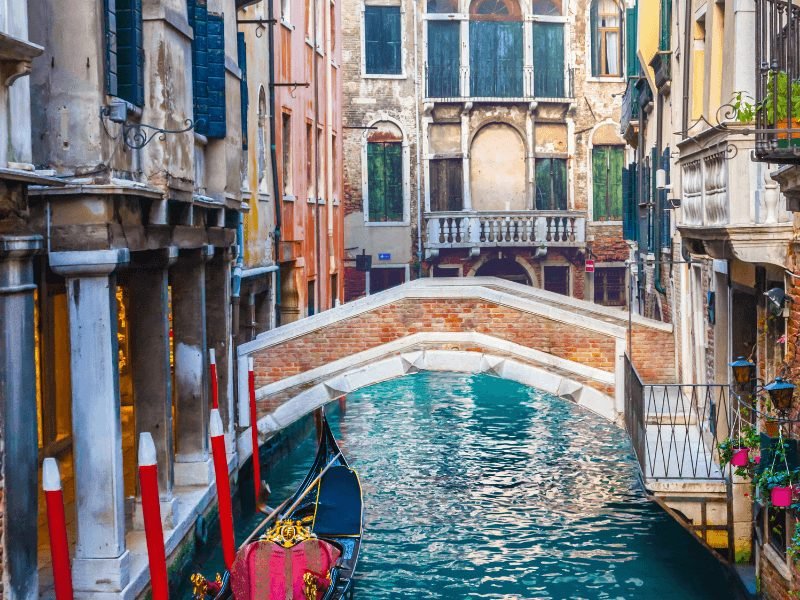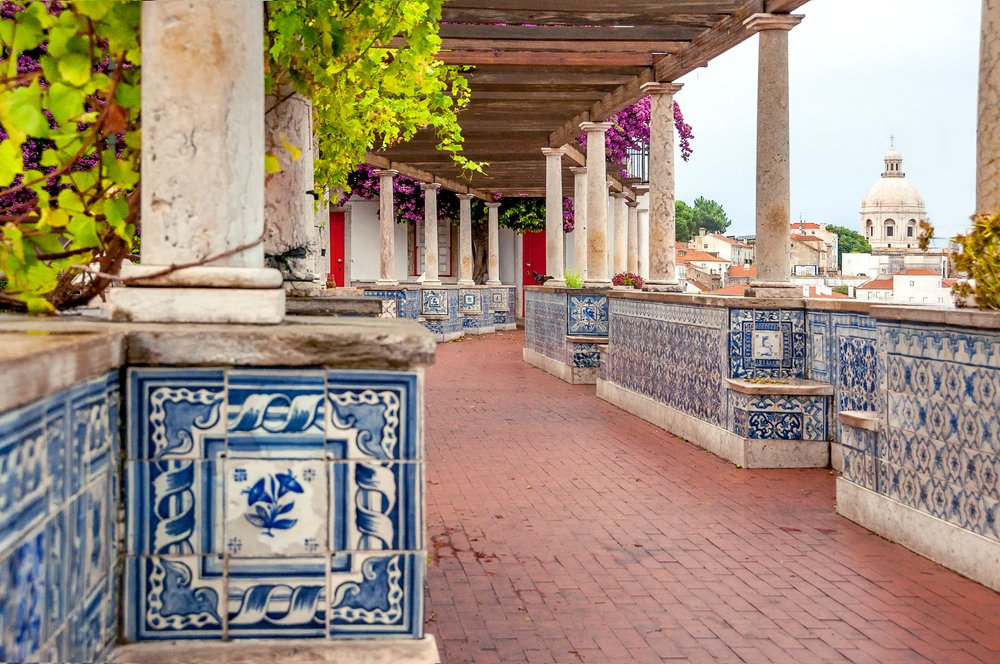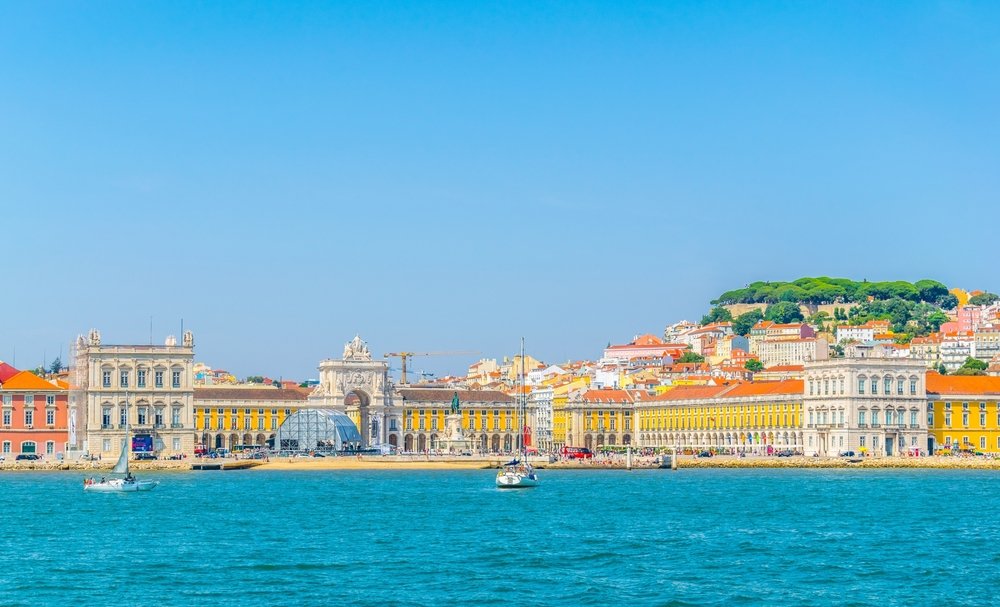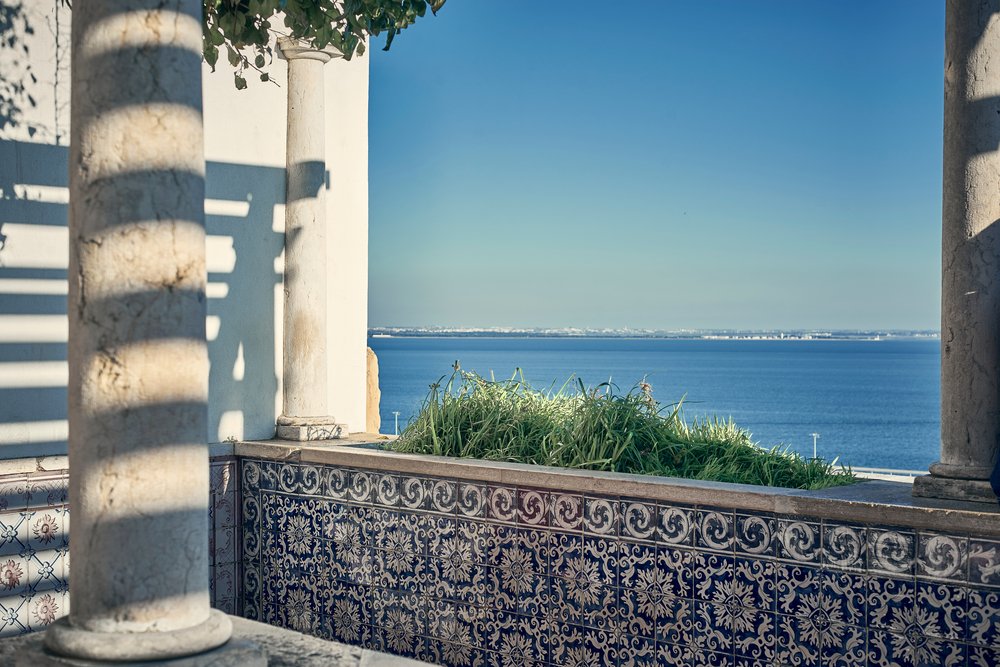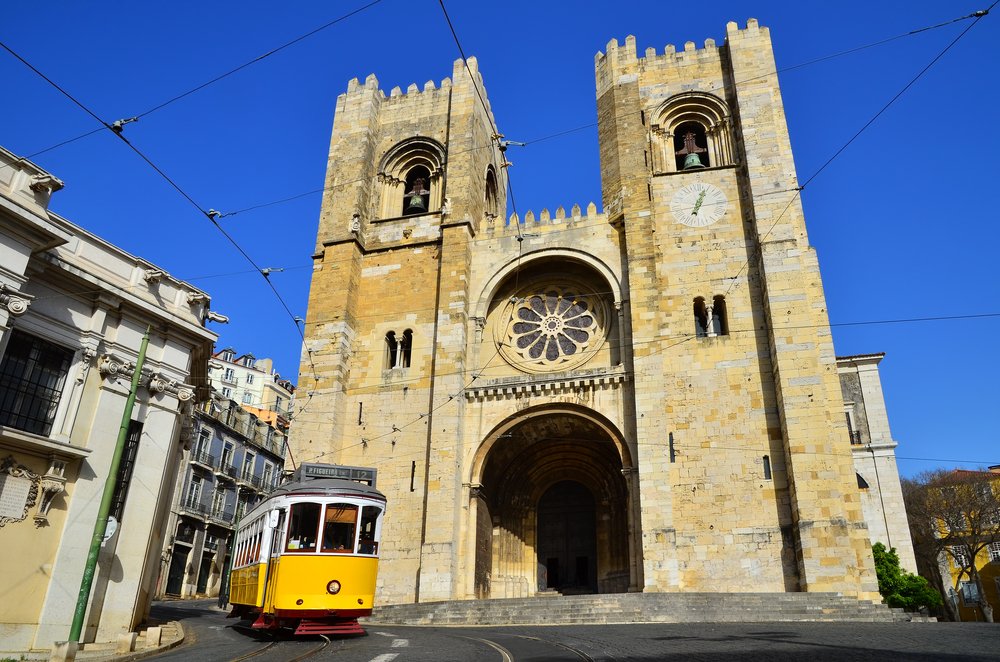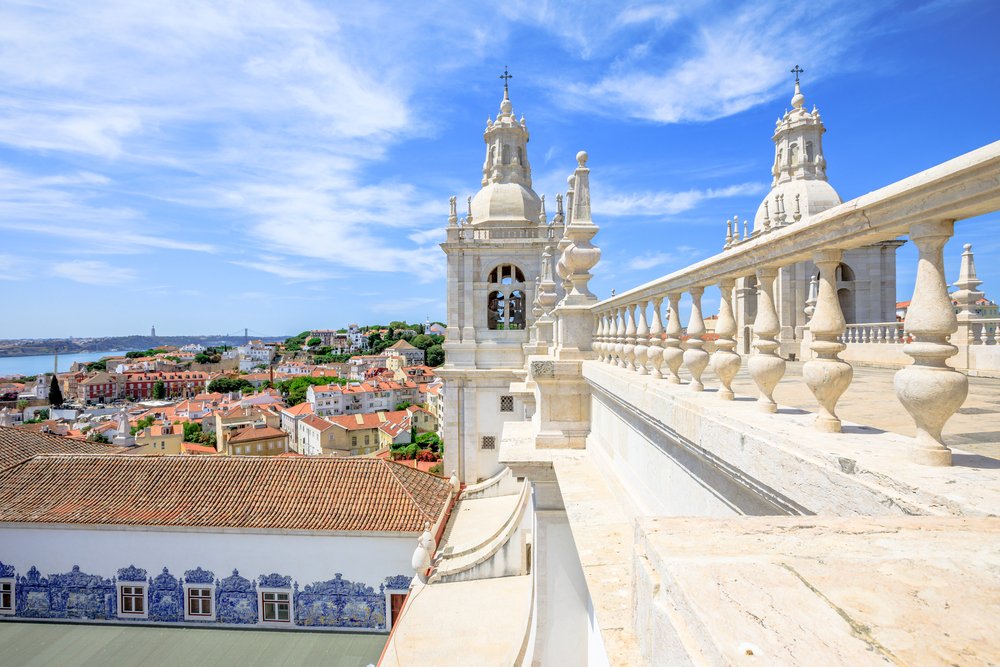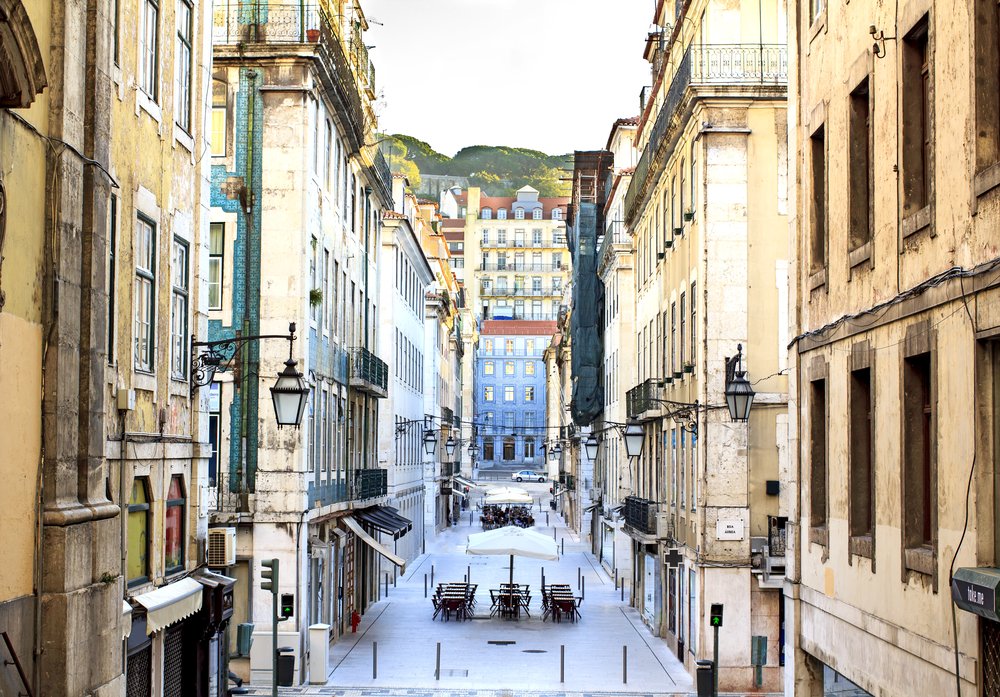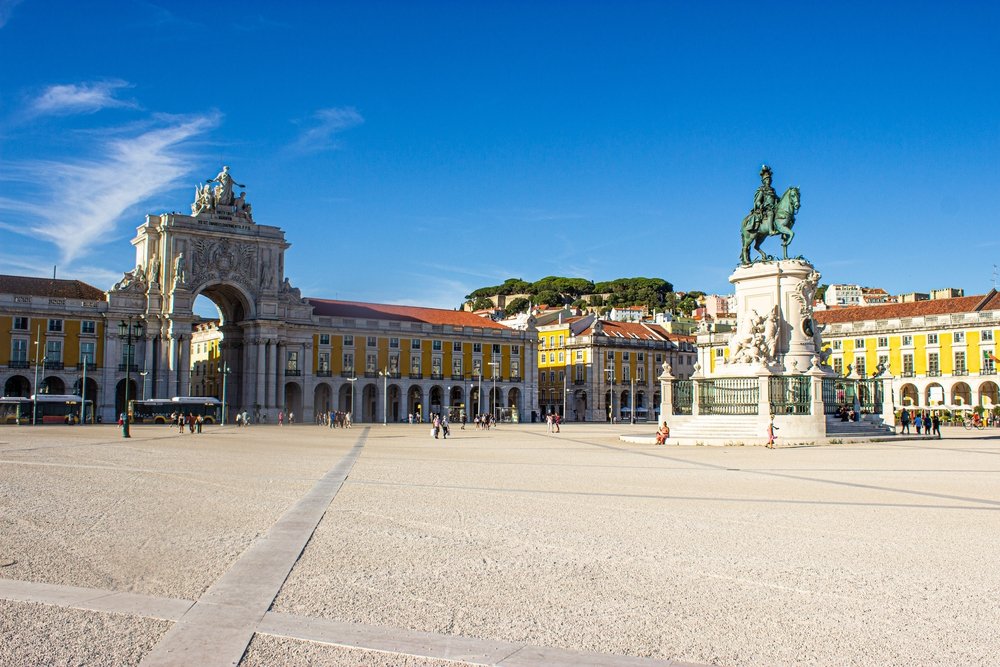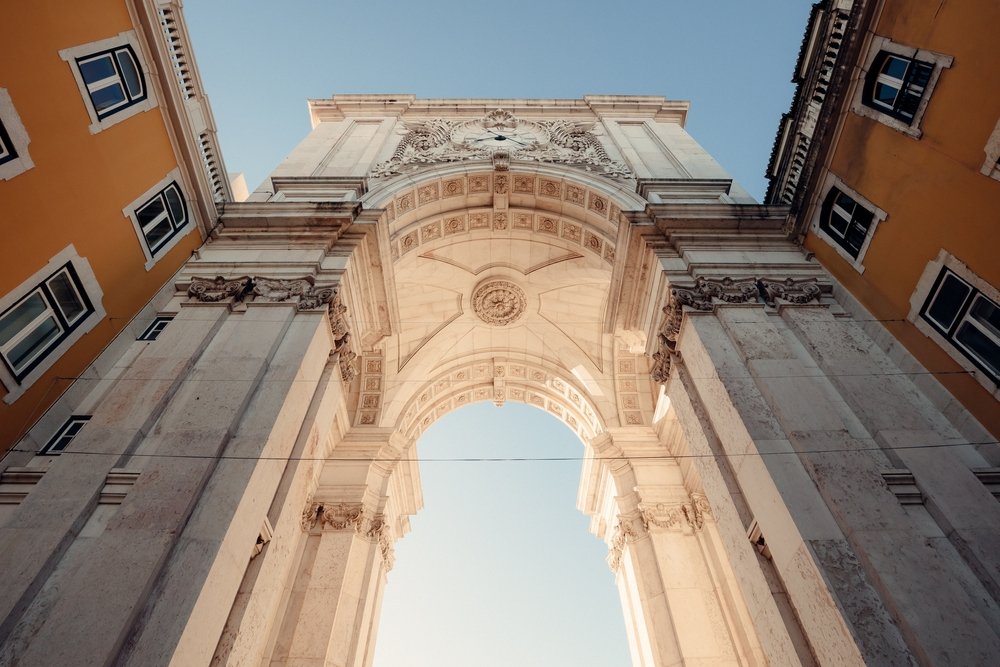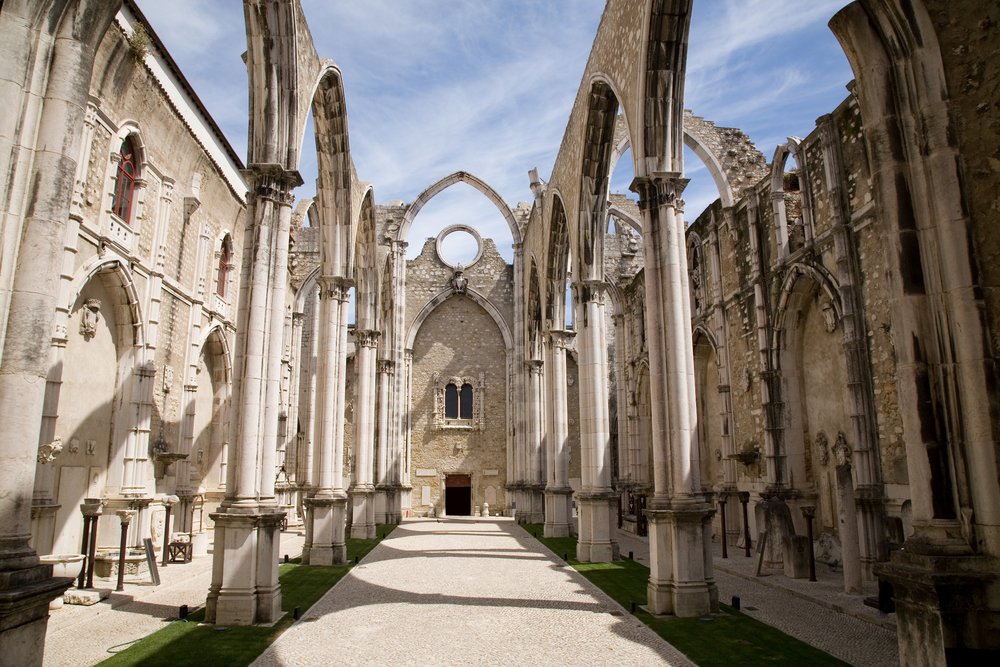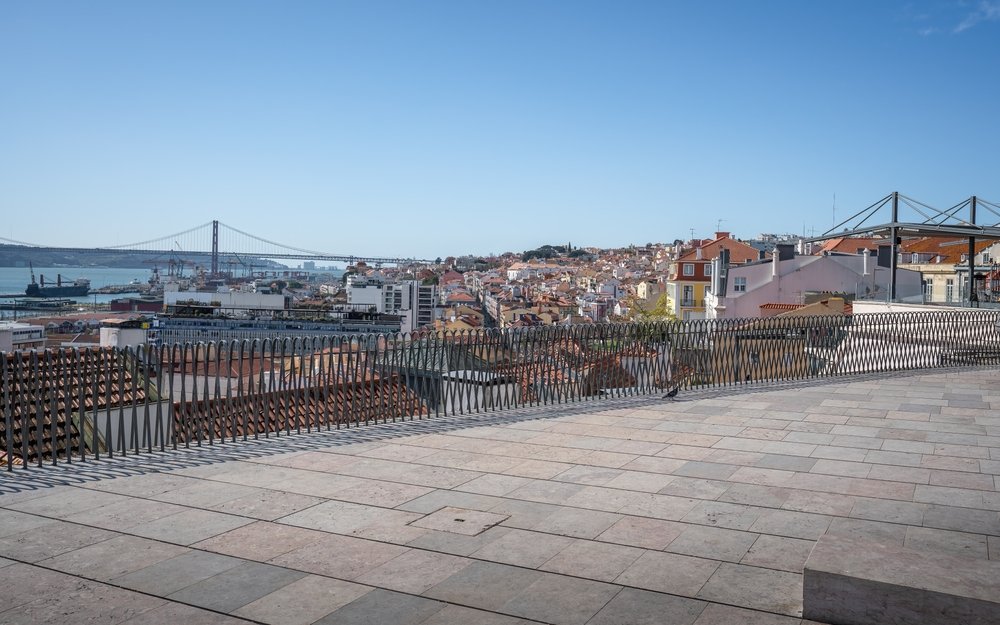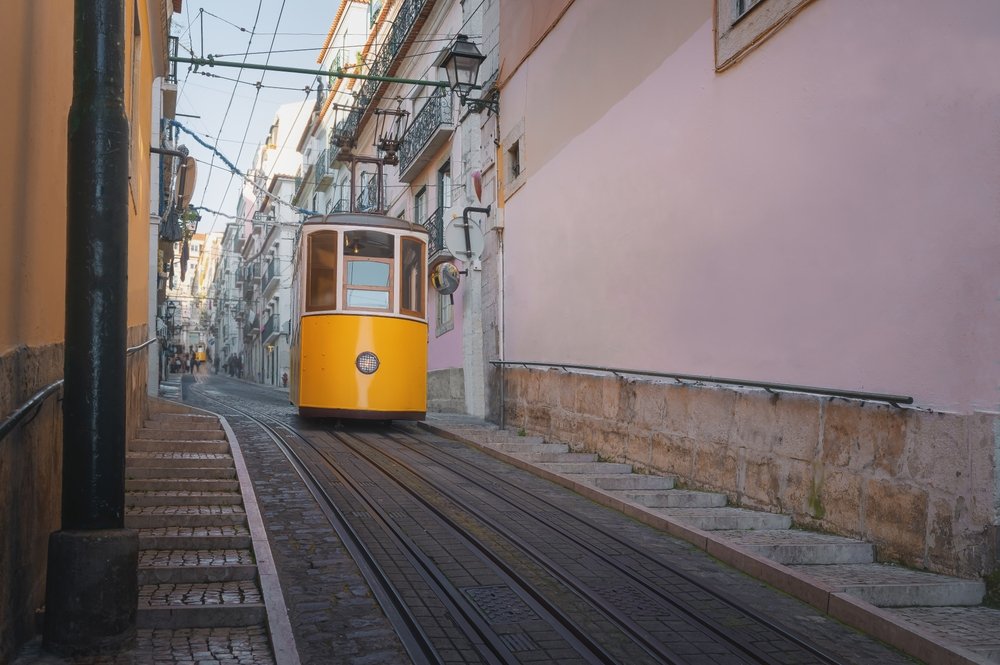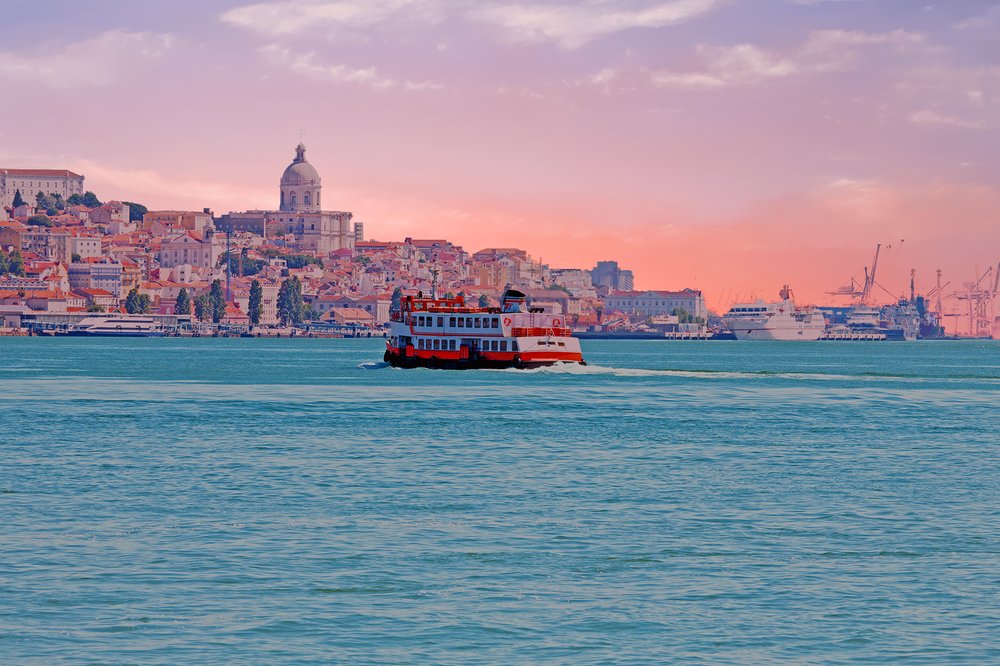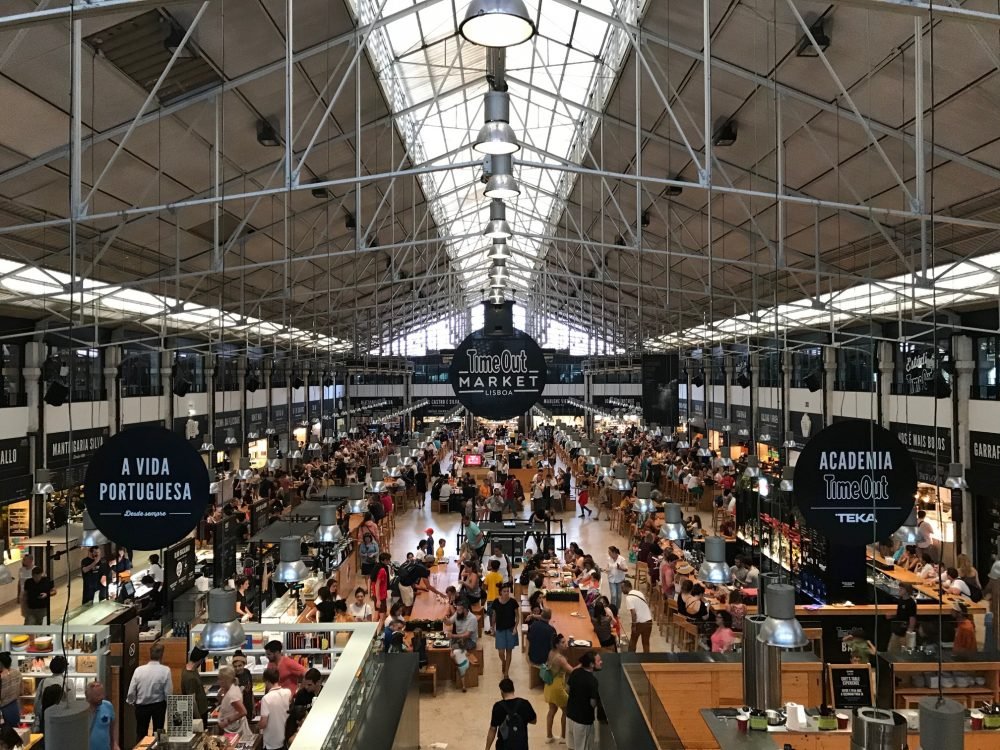No trip to Milan would be complete without paying a visit to the Duomo!
The iconic Gothic cathedral is the city’s symbol, and usually the first landmark in Milan on any tourist’s itinerary.
What you may not know is that there’s way more to see than just the cathedral!
In fact, the Historical Complex of the Milan Duomo also includes a museum, an archaeological area, and the Church of Saint Gotthard (Chiesa di San Gottardo)…. as well as, of course, the iconic cathedral!

Aside from visiting the inside of the massive cathedral, you can step out on to its terraces to admire the rooftop and spires up close while enjoying the impressive view of Milan’s skyline.
This may be the best view of all of Milan, so definitely don’t miss out on seeing the views from the terrace!
We’ll go into detail about how to incorporate this key Milan attraction into your Milan itinerary — whether you have just a day in Milan, two days, or more.
Keep reading to discover more about Italy’s largest church, and how to visit the Milan Duomo in full, appreciating each part of this vast complex.
A Brief History of the Milan Duomo
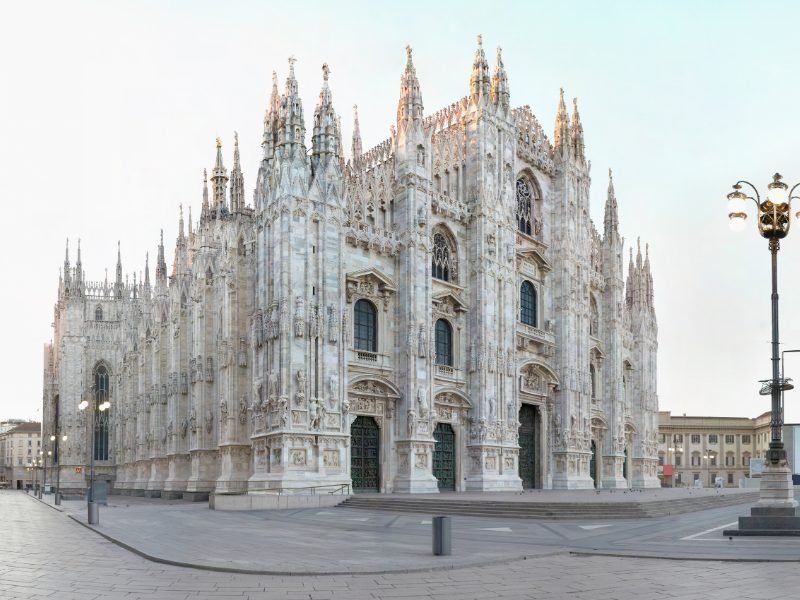
The Milan Duomo is technically the largest church in Italy, considering that Saint Peter’s, the largest church in the world, is in Vatican City, which is considered a separate nation.
Construction on the impressive cathedral started in 1386 but took nearly six centuries. The final details of the façade weren’t completed until 1965!
The construction of the Duomo started during the height of the Gothic style, so it’s not surprising that this is the dominant style.
However, the church features a mix of architectural elements, as the lengthy construction ran through multiple architectural movements and styles.
The Duomo site was previously occupied by two ancient basilicas, Santa Maria Maggiore and Santa Tecla. A few ruins of both churches are now visible in the Duomo Archaeological Area!
One interesting historical fact about the construction of the cathedral is that it was a truly international affair, drawing architects, engineers, and sculptors from all over Europe.
In 1387, the Lord of Milan, Gian Galeazzo Visconti, founded the Veneranda Fabrica del Duomo (Duomo Factory) and decided that the church had to be built with Candoglia marble rather than brick.
The unique material was a departure from the Gothic style of the time, and it drew specialized stonecutters from different countries to work at the Milan Duomo.
The apse, with its awe-inspiring stained-glass windows, was the first to be built, followed by the naves and transept.
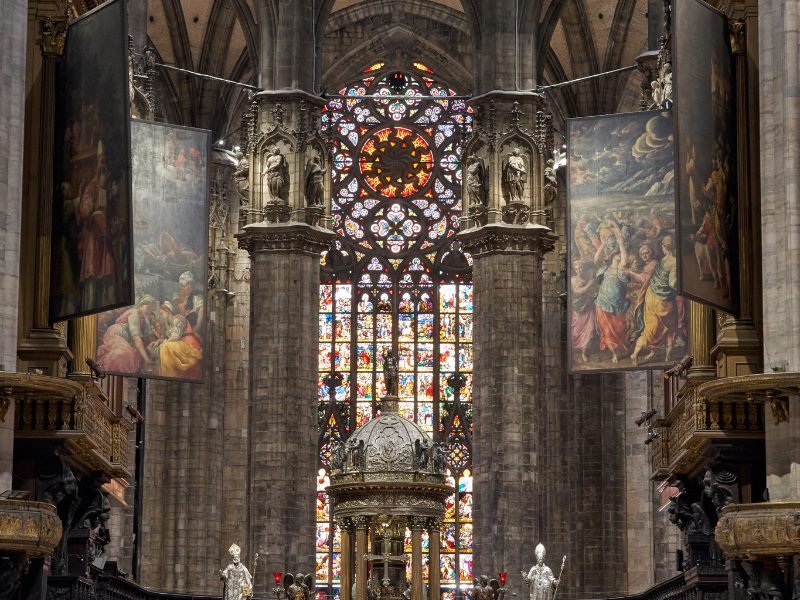
The most difficult part of the cathedral to design and build was the tiburium, the main cathedral tower, topped by the spire that now holds the Madonnina.
Many famous architects of the time contributed to the design of the tiburium, including Leonardo Da Vinci!
A particularly prolific period in the construction of the Milan Duomo took place under the guidance of Carlo Borromeo, archbishop of Milan from 1564 to 1584.
But the Milan Duomo’s signature facade was what took the longest to build: starting at the end of the 16h century and only finishing in 1965. Meanwhile, the interior of the cathedral had already seen many changes!
The 8,600 square meters of the Milan Duomo complex require constant maintenance and restoration to keep the cathedral in good condition.
In recent years, the Veneranda Fabrica del Duomo launched the “Adopt A Spire” initiative (Adotta una guglia), allowing donors to choose their favorite out of the 135 spires to benefit from their donation!
Key Landmarks to Visit in the Milan Duomo Complex
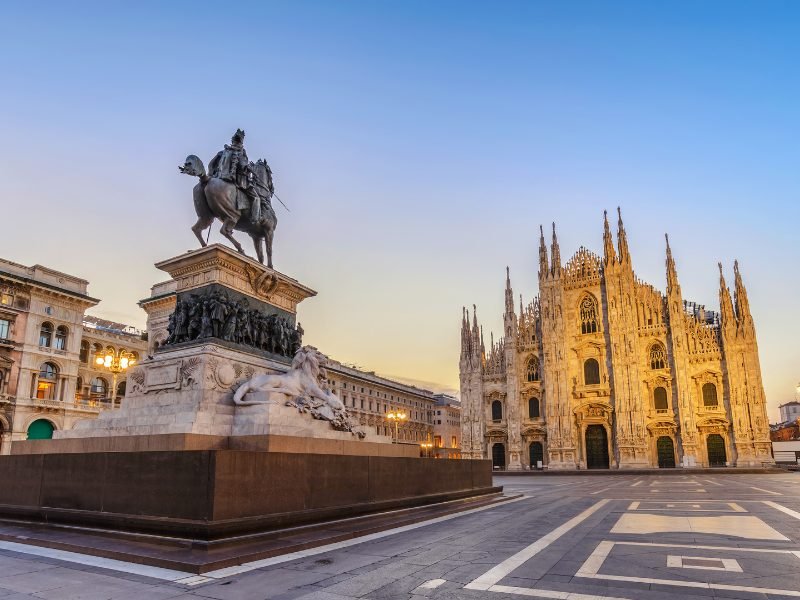
Let’s not beat around the bush: the Duomo complex is massive! Between its cathedral, terrace views, its archaeological site, its museum, and its adjoining church, there’s no pressure to see it all.
Pick and choose the parts you want to see most, depending both on your interest level and how much time you have on your Milan itinerary.
All of the monuments are centralized around Piazza del Duomo, so if you’re up for a sightseeing marathon, you could potentially visit them all in one day.
However, if you’d rather take your time, you can buy a pass, which allows you to split your visit over three consecutive days.
Whether you decide to stay for an afternoon or take a few days to really soak in the Duomo’s history, here’s what you need to know about each landmark.
It may also help to stay close to the Duomo area when you are deciding where to stay in Milan, so you can take your time and see it all at leisure, rather than forcing yourself to visit it all in one go, which can be tiresome.
The Cathedral
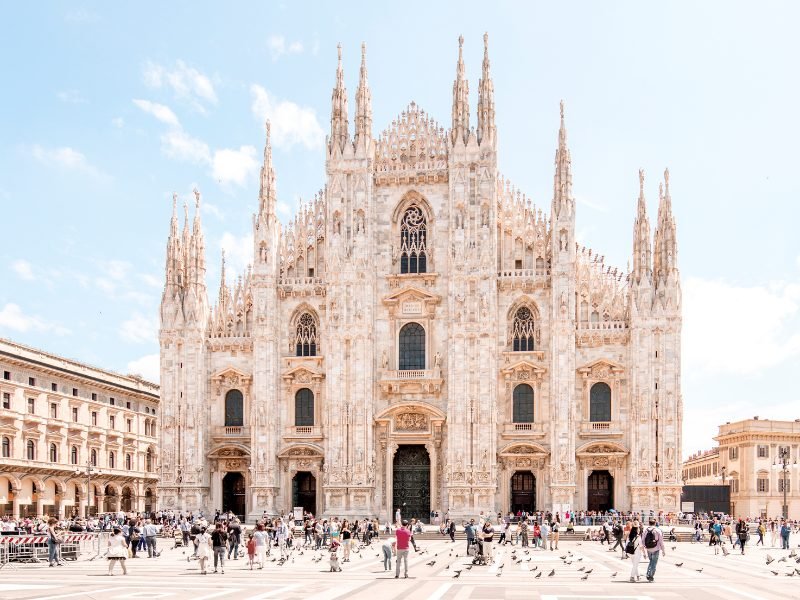
Obviously the Duomo (Cathedral) itself is the main site to see here!
It’s beloved for its iconic marble façade and seemingly innumerable spires, all reaching upwards towards the Milan sky.
Outside, you’ll find a variety of ornate sculptures, stunning bas-reliefs works, opulent windows, and intricate spires.
Be sure to tour the square (Piazza del Duomo) thoroughly to admire the refined details of the massive cathedral.
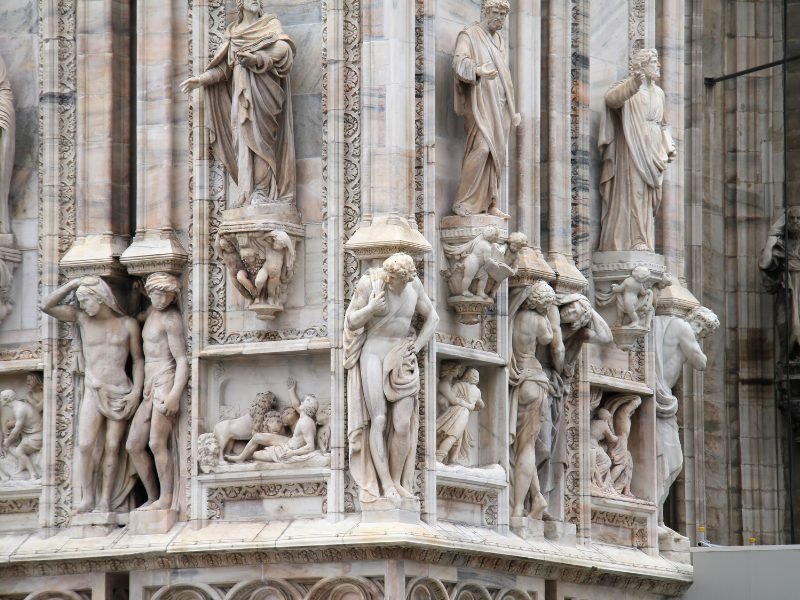
While some have criticized the fact that the Milan Duomo “stole” from many styles around the world, the mix of elements is the most distinctive feature of the cathedral, and the result is undoubtedly unique.
While a picture in front of the Milan Duomo is a must for any visitor, you shouldn’t skip a tour of the interior!
The central nave is lined with massive columns typical of the Gothic style, and the stained-glass windows are beautifully decorated with biblical scenes.

The cathedral houses many artworks, including the famous sculpture of Saint Bartholomew Flayed by Marco d’Agrate.
You’ll also find multiple sarcophagi of key historical personalities in Milan, the altarpiece by Federico Zuccari (Saint Agata Visited in Prison by Saint Peter), and many other monuments, altars, and sculptures.
It’s quite the sight, so be sure to dedicate enough time to truly explore every nook and cranny of the cathedral’s interior.
The Terraces
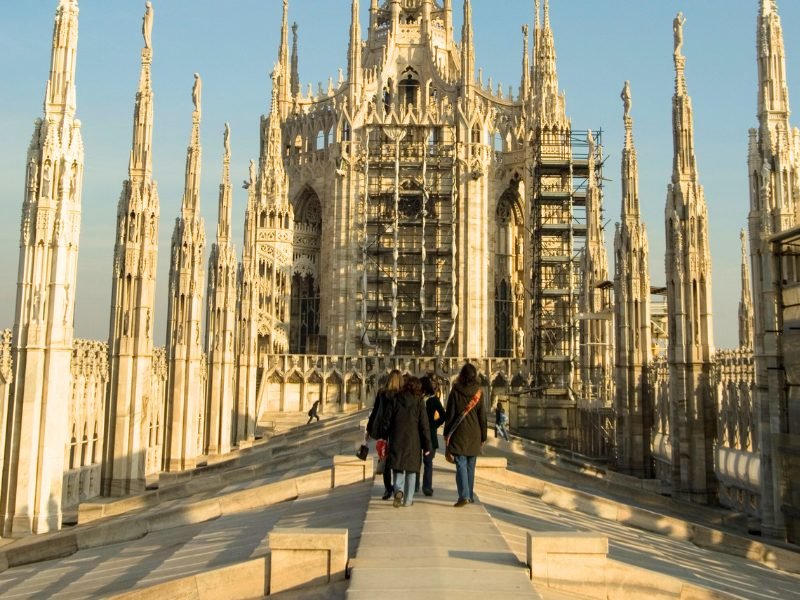
Without a doubt, the most exceptional way to experience the Milan Duomo is from its rooftop!
Take an elevator or climb the 200 steps (you’ll probably need to pause to catch your breath!) to reach the vast terrace of the Duomo and get a closer look at the spires, gargoyles, sculptures, and arches.
Looking out from between Gothic, Baroque, Renaissance, and Neoclassical decorative elements, you’ll be able to gaze at Milan’s skyline and admire the striking contrast between the historic cathedral and the modern buildings and towers emerging from the background.

A key element to check out on the rooftop is the Golden Madonnina, Milan’s symbol since 1774 when it was installed on the highest point of the cathedral.
This glorious 4-meter sculpture is covered in nearly seven thousand sheets of pure gold!
The Madonnina is not just a religious symbol but a civic one too.
In 1848, during “The Five Days of Milan” which led to the expulsion of the Austrians from the city, Italy’s flag was raised by the Madonnina.
This became a Milanese tradition, and the flag is now raised on many public holidays!
The Archaeological Area
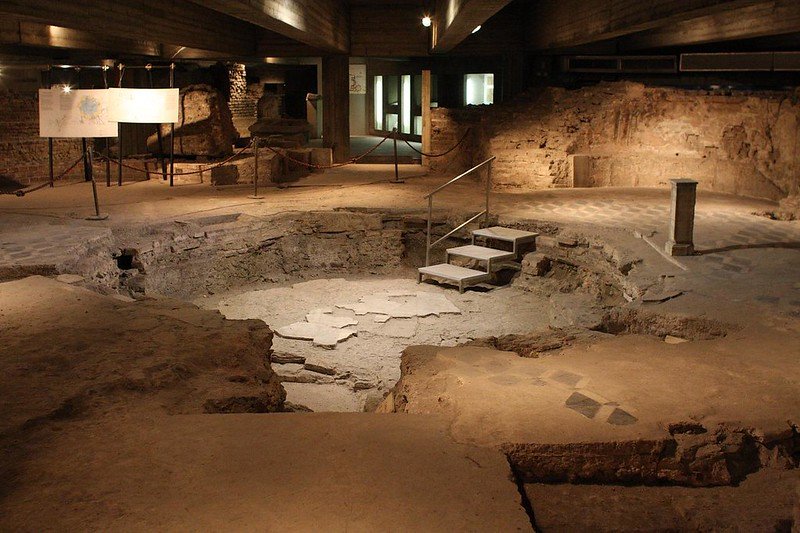
Several excavations took place under the Duomo, particularly around the end of 19th century, bringing to light the remains of two previous cathedrals, Santa Maria Maggiore and Santa Tecla.
Besides that, they also found the remnants of two ancient baptisteries, Santo Stefano alle Fonti and San Giovanni alle Fonti.
Unfortunately, the archaeological area today only holds a fraction of the buildings retrieved over the years.
A large portion of the find is now in the Duomo Museum, including remains of the façade of Santa Maria Maggiore Church.
Although many parts of the ancient buildings have been lost over time, you can still witness impressive ruins under the Duomo.
The oldest building known on the site is the 4th-century baptistery of San Giovanni alle Fonti, discovered during the excavations of 1961-63.
Construction of this baptistery was ordered by Ambrose of Milan, now one of Milan’s patron saints.
The architectural remnants of the Santa Tecla Cathedral also date to the 4th century CE.
Finally, the few ruins of the baptistery of Santo Stefano alle Fonti now lie below Corso Vittorio Emanuele II, not far from the Duomo underground.
The Duomo Museum

Although the Duomo Museum is a relatively recent addition, only opening as recently as 1953, it quickly became an important place to discover more about the history of the Duomo.
The museum houses remarkable original artworks retrieved from the cathedral over the centuries.
Its collection includes everything from original stained-glass windows and sculptures to paintings, tapestries, and other decorative elements.
The museum is the perfect place to visit if you’re curious about the history of the Duomo construction, spanning nearly 600 years!
Plan your museum visit before heading inside to check out the cathedral interior so you’ll have an idea of its history beforehand: it makes seeing the cathedral all the more enriching!
Church of Saint Gotthard
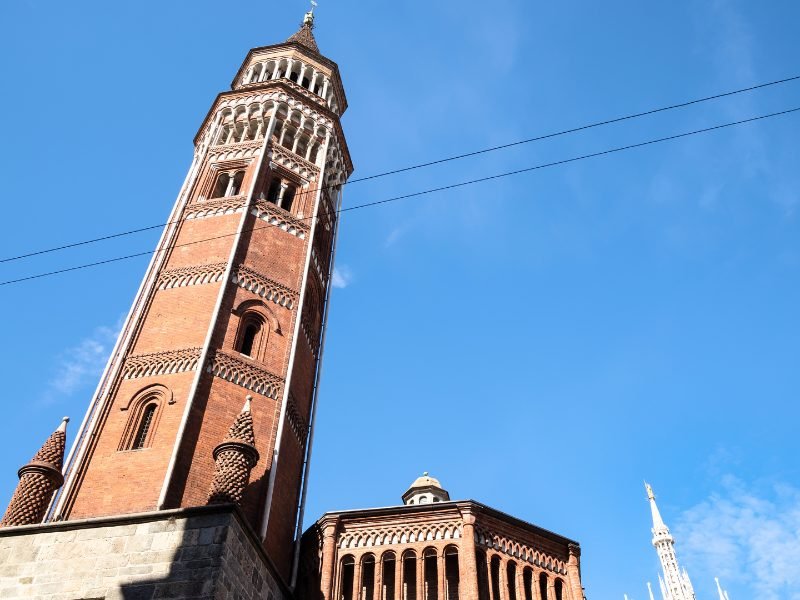
Chiesa di San Gottardo in Corte (Church of Saint Gotthard) is a small church next to the Duomo Museum that was made a part of the Duomo Complex in 2015 following significant renovation work.
The church was built between 1330 and 1336 on the commission of the lord of Milan, Azzone Visconti, later buried here.
The tomb of the former lord of Milan is one of the main sights inside the church.
The church bell tower is famous for housing the first public clock in the city! The bell chimed every hour, beginning with the first hour after sunset.
While you can’t climb to the top of the bell tower to look around, be sure to admire its elaborate Gothic design.
Duomo Ticket Options and Guided Tours of the Milan Duomo
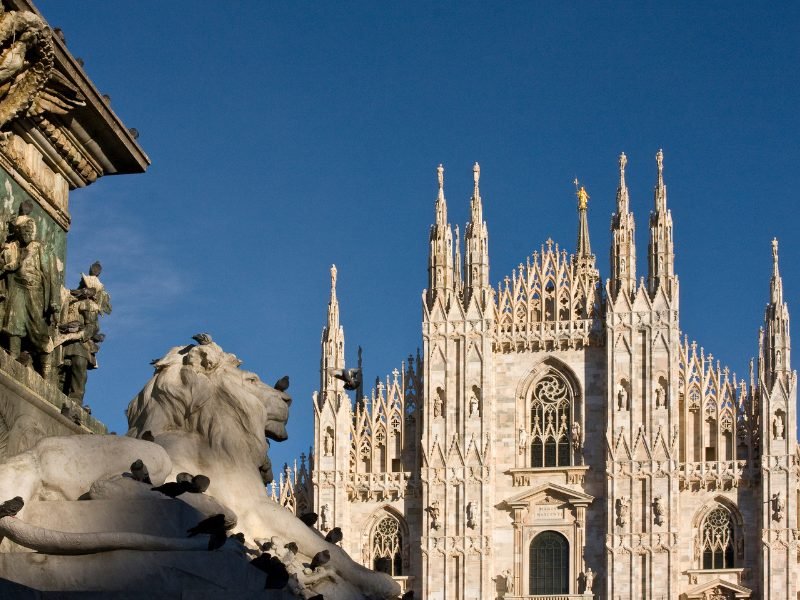
So, now that you’ve booked your trip to Milan, it’s time to buy tickets to visit the Duomo.
The options are countless, so it’s easy to be confused about which to get, but this guide should help!
First things first: you need to decide whether you want to buy a simple entry ticket to visit the Duomo landmarks on your own, or if you’d prefer to take a guided tour.
These passes give you access to specific landmarks of the Duomo Complex, and you can explore at your own pace.
Note: None of these options include a visit to the Last Supper, which is another church entirely!
Option 1: Milan Cathedral + All Sites + Rooftop Ticket
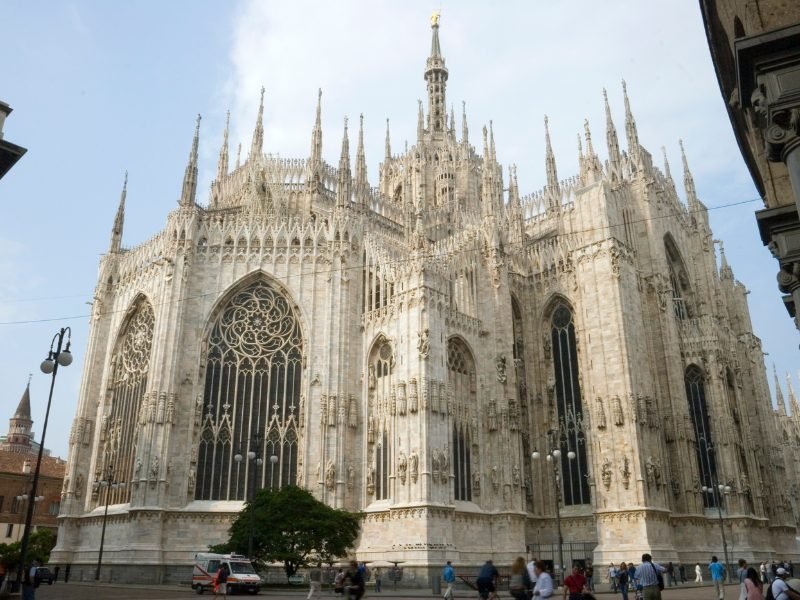
This Milan Cathedral and Rooftop Ticket gives you access to all the landmarks of the Duomo Complex for three consecutive days!
It also includes the option of an audio guide available in multiple languages to enrich the experience.
You’ll be able to see not only the cathedral’s interior and its rooftop terraces, but also the Duomo Museum, the Chiesa di San Gottardo in Corte, and the archaeological site.
Option 2: Duomo Rooftop Terraces Only
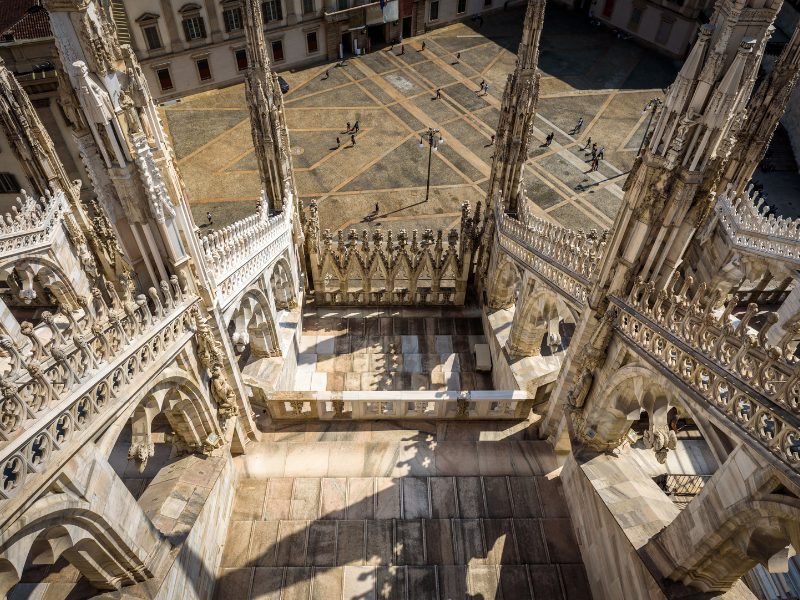
Not so into seeing churches and just want that stunning view over Milan?
If you’re just interested in visiting the terraces, you can check out this Milan Cathedral Rooftop Terraces Ticket, a skip-the-line ticket valid for a single day.
You can choose whether you access the terrace by stairs or elevator. The ticket also includes a 10% discount at the Duomo Shop, but it does not include entrance to the cathedral itself or any of the other sights.
Option 3: Cathedral + Optional Duomo Museum (Terraces Excluded)
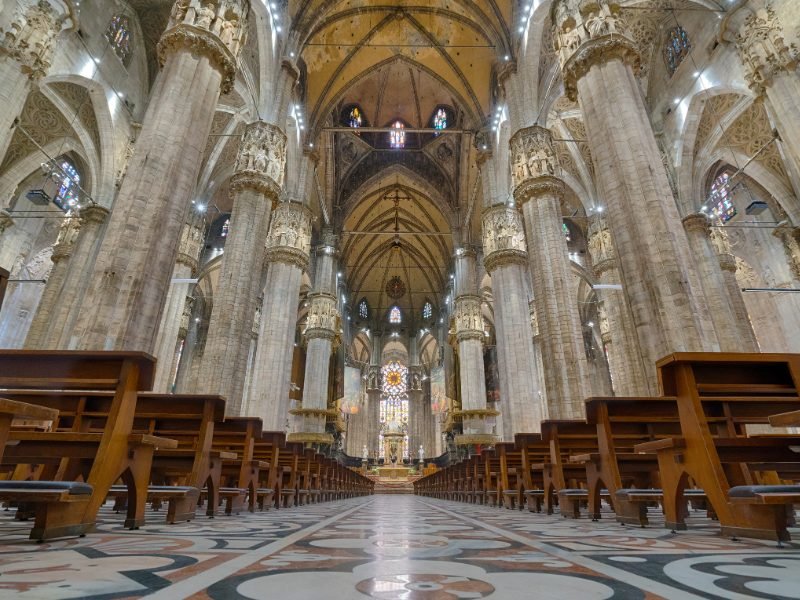
If, on the other hand, you want to visit only the cathedral and, optionally, the Duomo Museum, you can get this Milan Cathedral Direct Entrance – Terrace Excluded.
The skip-the-line ticket is perfect if you don’t have much time and want to make the most of your trip to Milan.
Choose carefully, though! The ticket for the cathedral alone is only valid for one day, while if you add entrance to the museum, the ticket is valid for three.
Option 4: All Sites + Skip the Line + Guided Tour
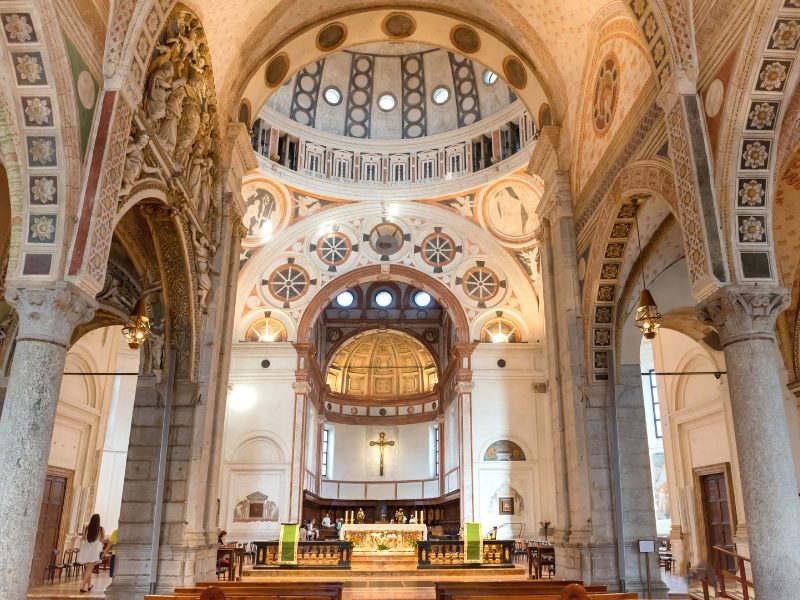
Last of all, this Fast-Track Milan Cathedral and Terraces Guided Tour includes entrance to all the landmarks plus a guided tour of the cathedral, terraces, and archaeological area.
At the end of the guided tour, stick around to visit the Duomo Museum and San Gottardo Church on your own.
This is your best option if you want to see everything and learn more about the landmarks from an expert guide.
The icing on the cake is a sweet 20% discount on any and all souvenirs from the official Duomo shop if you’re looking for a sweet Milan souvenir!
Things to Know Before Visiting the Milan Duomo
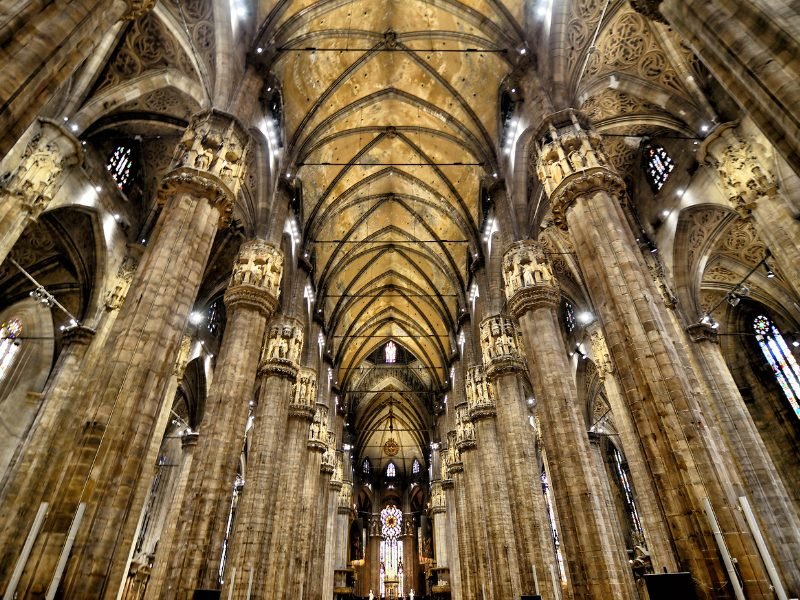
So far, we’ve covered all the basics about the five key Milan Duomo landmarks and all the practical information to plan your visit.
Now, it’s time to cover a few tips to ensure you have the best experience possible and don’t run into any issues.
Buy tickets ahead of time

Especially if you visit Milan during high season, you likely ought to reserve tickets in advance.
While you may have no problem finding last-minute tickets during, say winter in Milan, you should be sure to book your visit a few days before during the peak of tourist season.
Buying your ticket online in advance will also allow you to save time when in Milan and do more sightseeing.
| Recap of Duomo Ticket Options: For All Sites + Tour: Check availability here For Cathedral Only (+ Optional Museum): Check availability here For Cathedral + Terraces: Check availability here For Terraces Only: Check availability here |
Choose the right ticket type
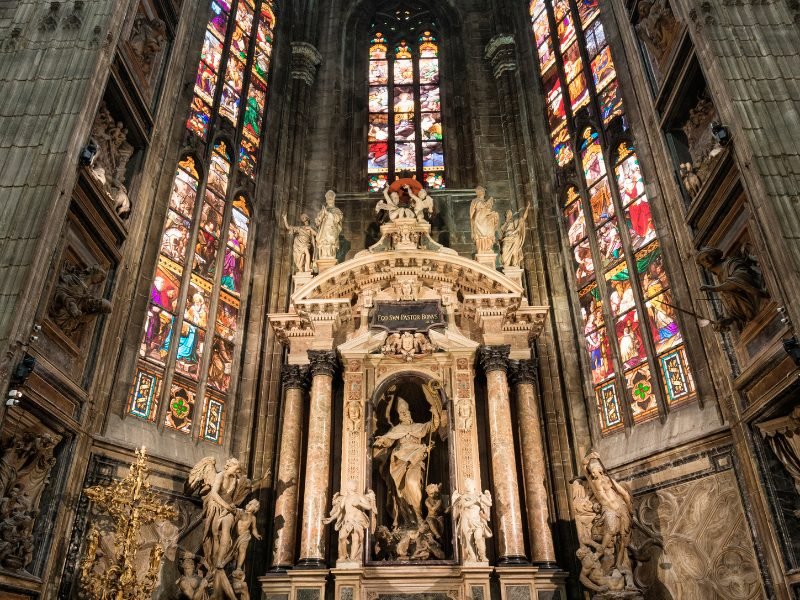
You can choose between many ticket types, each including different landmarks and types of access to the cathedral and other sites. Make sure to check that you selected the right one.
If you have trouble finding your preferred ticket, don’t forget to check other options and guided tours that may be available, even on short notice.
The last thing you want is to miss out on any parts of the wonderful complex because you got the wrong ticket!
Dress appropriately

Of course, when visiting, remember that the Duomo is a church, and as such, it has a dress code that you’ll need to respect.
Avoid wearing transparent clothes, sleeveless shirts, and shorts or miniskirts.
Even if you visit during the hot summer months, wear pants or skirts over the knees and bring a scarf to cover your shoulders.
If you wear a hat, remember to remove it before entering the cathedral. The dress code applies to everyone, with no exceptions!
Don’t bring prohibited items
As is the case with many museums in Italy, you’ll have to go through airport-like security to enter most landmarks of the Duomo Complex.
Remember to leave any sharp objects, drones, and glass objects in your hotel room.
It’s also prohibited to use a tripod or selfie stick in most areas, so you may as well leave that behind as well.
Check the weather before planning your visit
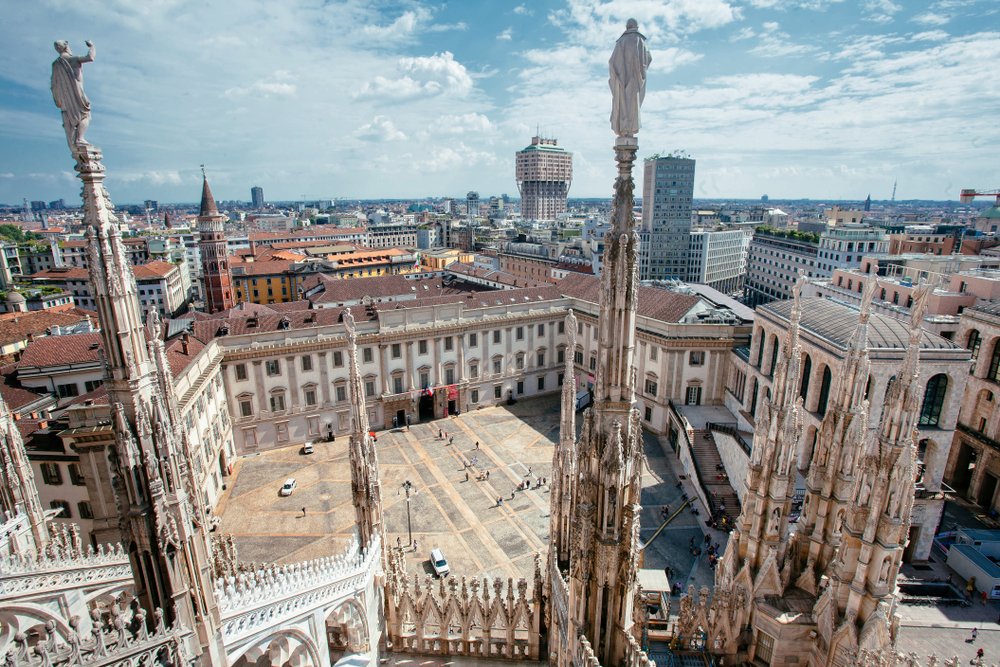
A part of the visit you shouldn’t skip is the access to the terraces.
As you can probably imagine, these are all out in the open, so rain is the last thing you’ll want for your visit.
Check the weather forecast before booking your tickets to ensure you’ll get the best view of the impressive cathedral and skyline.
If you get a pass, remember you get three days to visit all the monuments, so you can plan your visit to the terraces when the weather is nicer.
Store your luggage somewhere

You won’t be allowed to access the areas of the Duomo Complex with big backpacks or rolling luggage.
Apart from the museum, the other landmarks don’t have any storage space, so you won’t be able to leave your luggage anywhere before your visit.
If you plan your visit before you check in or after you check out from your hotel, remember to find storage somewhere else before heading to the Duomo.
Visit in November to see the “Quadroni” of Saint Charles Borromeo
Last, but certainly not least, November is a special month to visit the Milan Duomo.
While the weather outside may not be great to enjoy the city, you can admire the famous “Quadroni di San Carlo” exhibited inside the cathedral.
San Carlo Borromeo is the patron saint of the Lombardy region, celebrated on November 4th.
During the entire month of November, the nave of the Milan Duomo gets adorned with two series of paintings depicting the life and miracles of the saint.
The cathedral is particularly beautiful during this time of year, so if you’re around, be sure to visit and admire the festivities.
Where to Stay in Milan
Downtown Milan
A great option in downtown Milan is Antica Locanda Dei Mercanti, a quaint guest house located in an elegant 18th-century building with a terrace offering great views of downtown.
Brera
For a more quiet part of Milan than the center, San Marco Boutique Apartments features spacious studios in the Brera district with modern kitchenettes and A/C.
Porta Romana
For a slice of local life in Milan, La Casa Colorata features beautiful modern units — with access to two saunas in the common relaxing area!

Roxana is a Romanian-born freelance travel writer who has lived in Italy for over 15 years. She has a Master’s in Journalism and a Bachelor’s in Film Studies, and she studied at Università degli Studi di Roma Tre. Besides her native Romania, Roxana has lived in Rome, Lisbon, and Berlin, and she has traveled through much of Europe in search of hidden gems, history, and culture.
